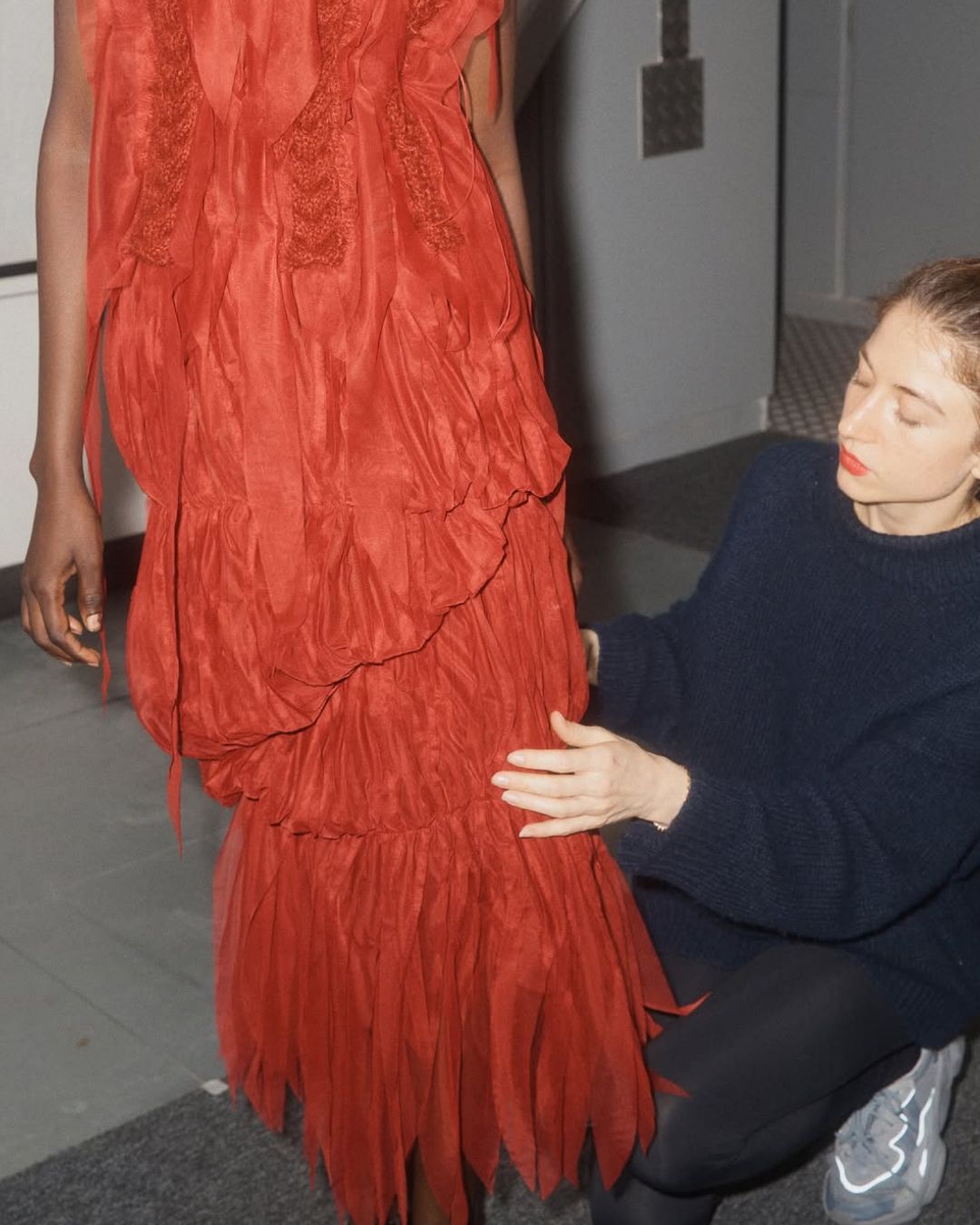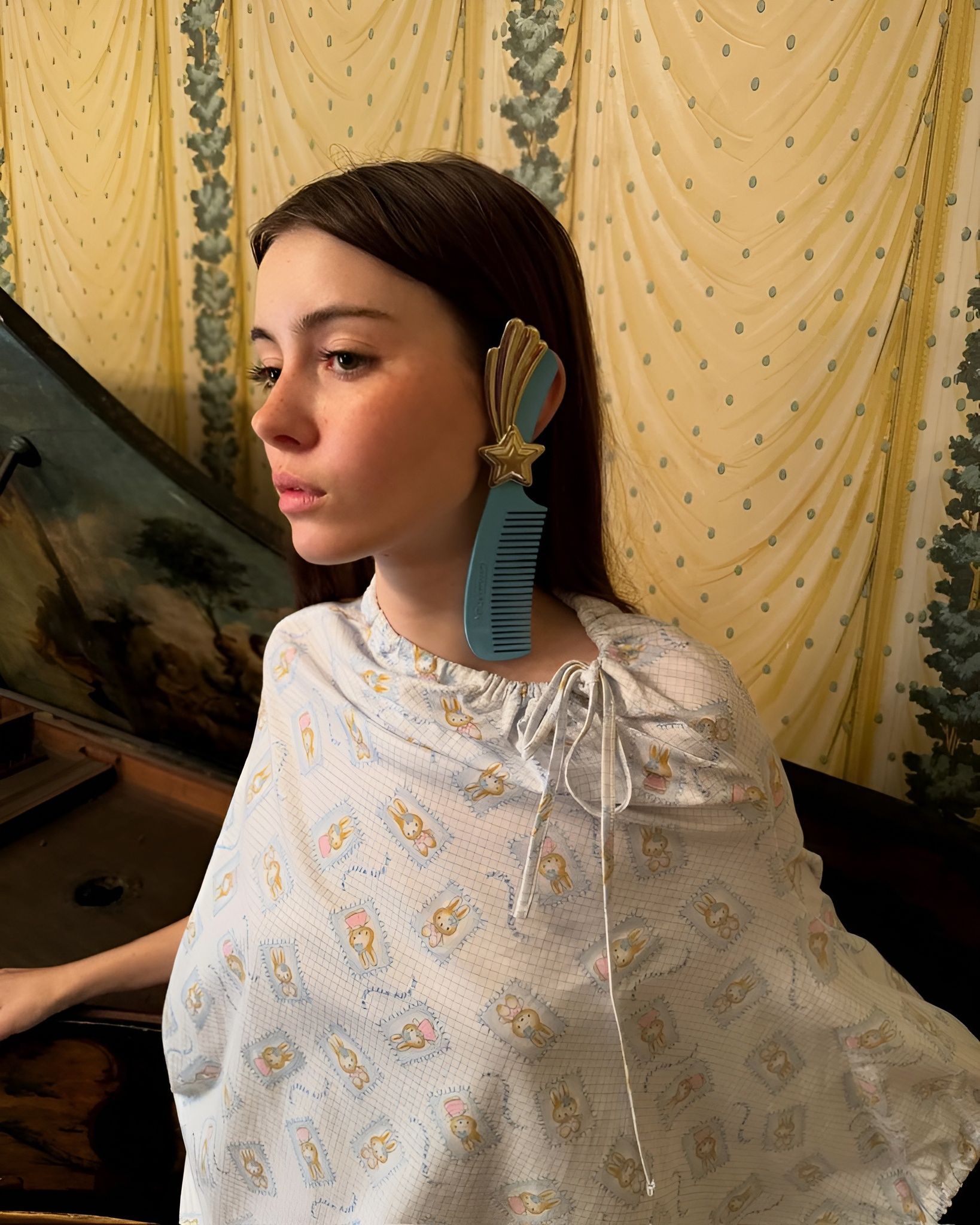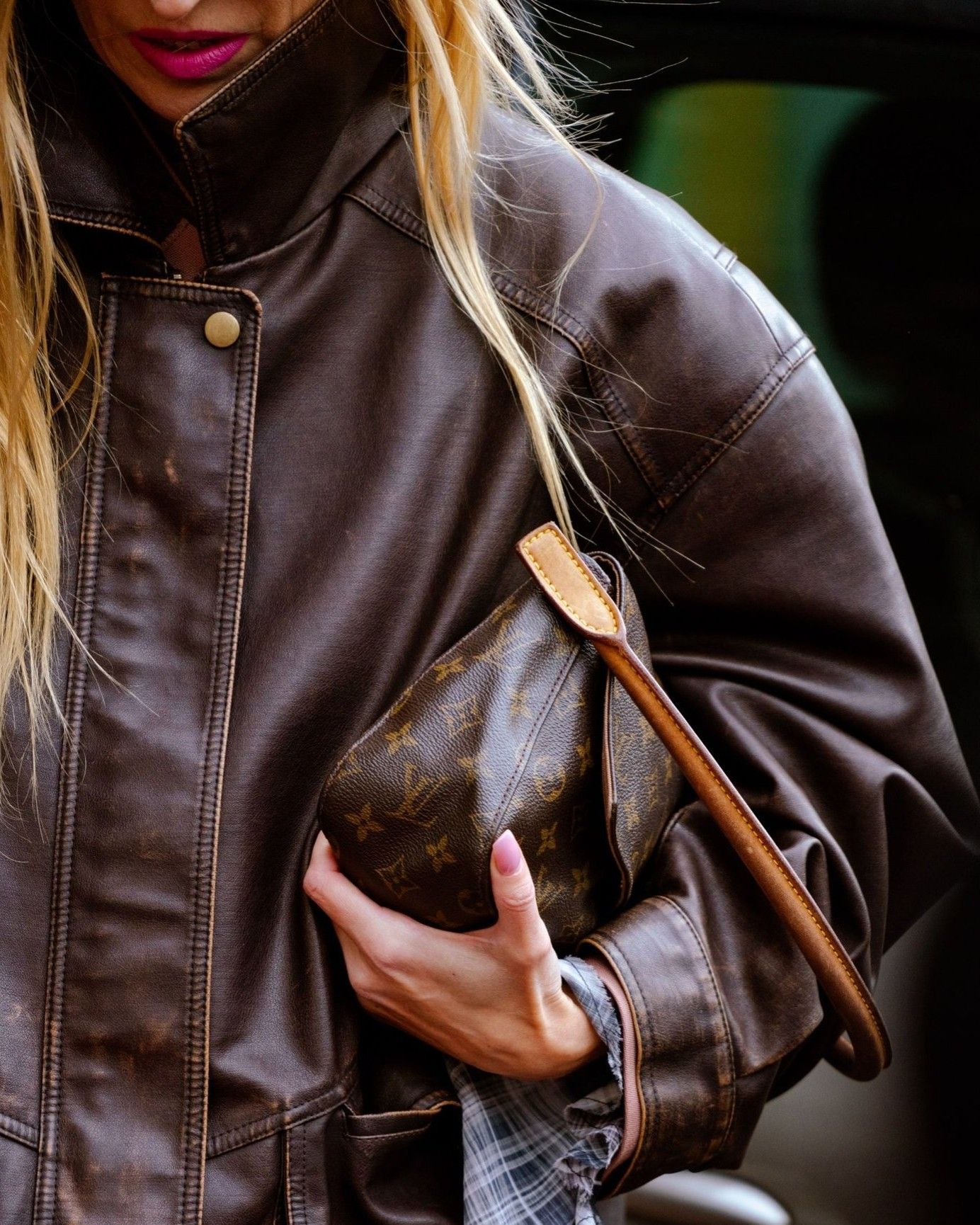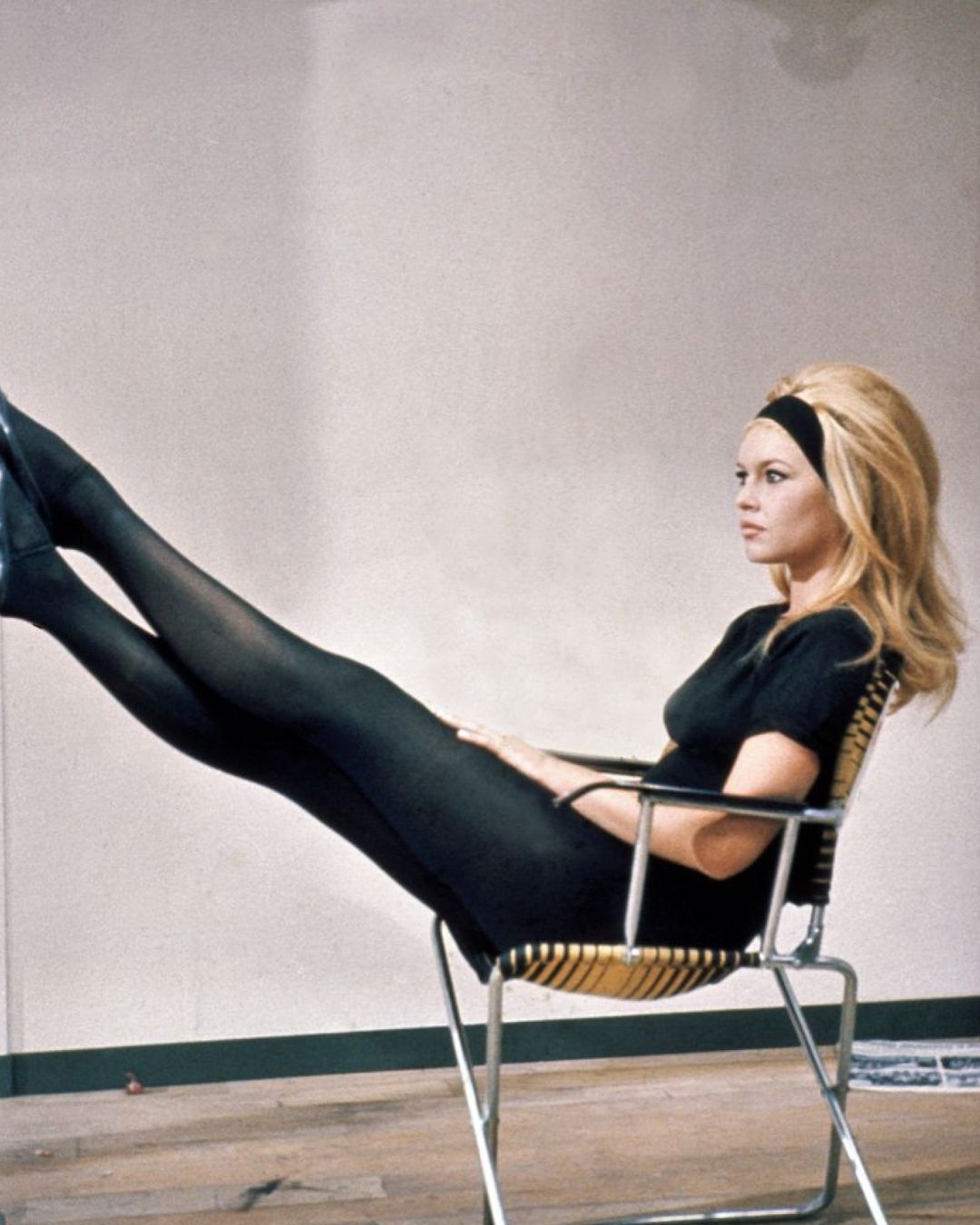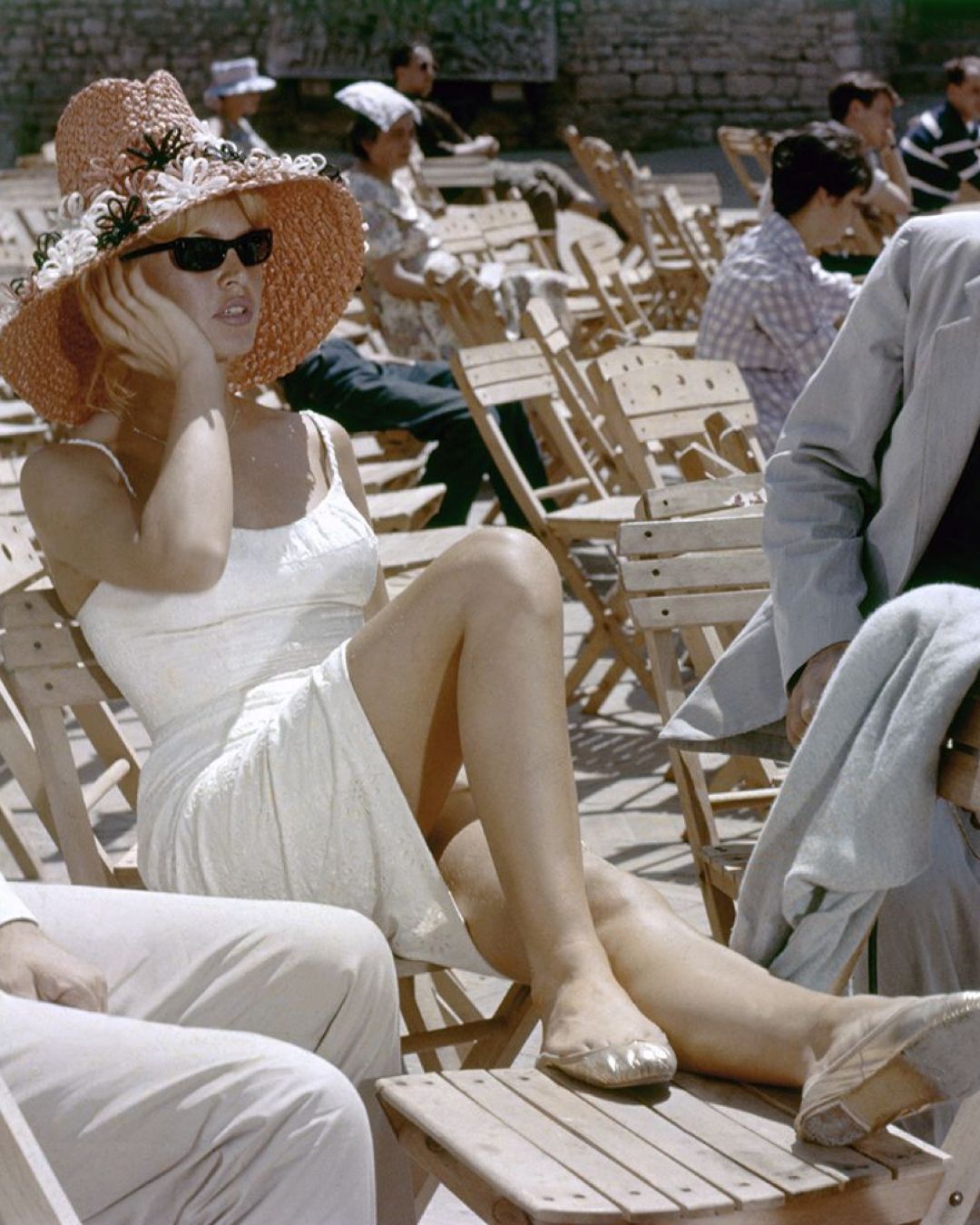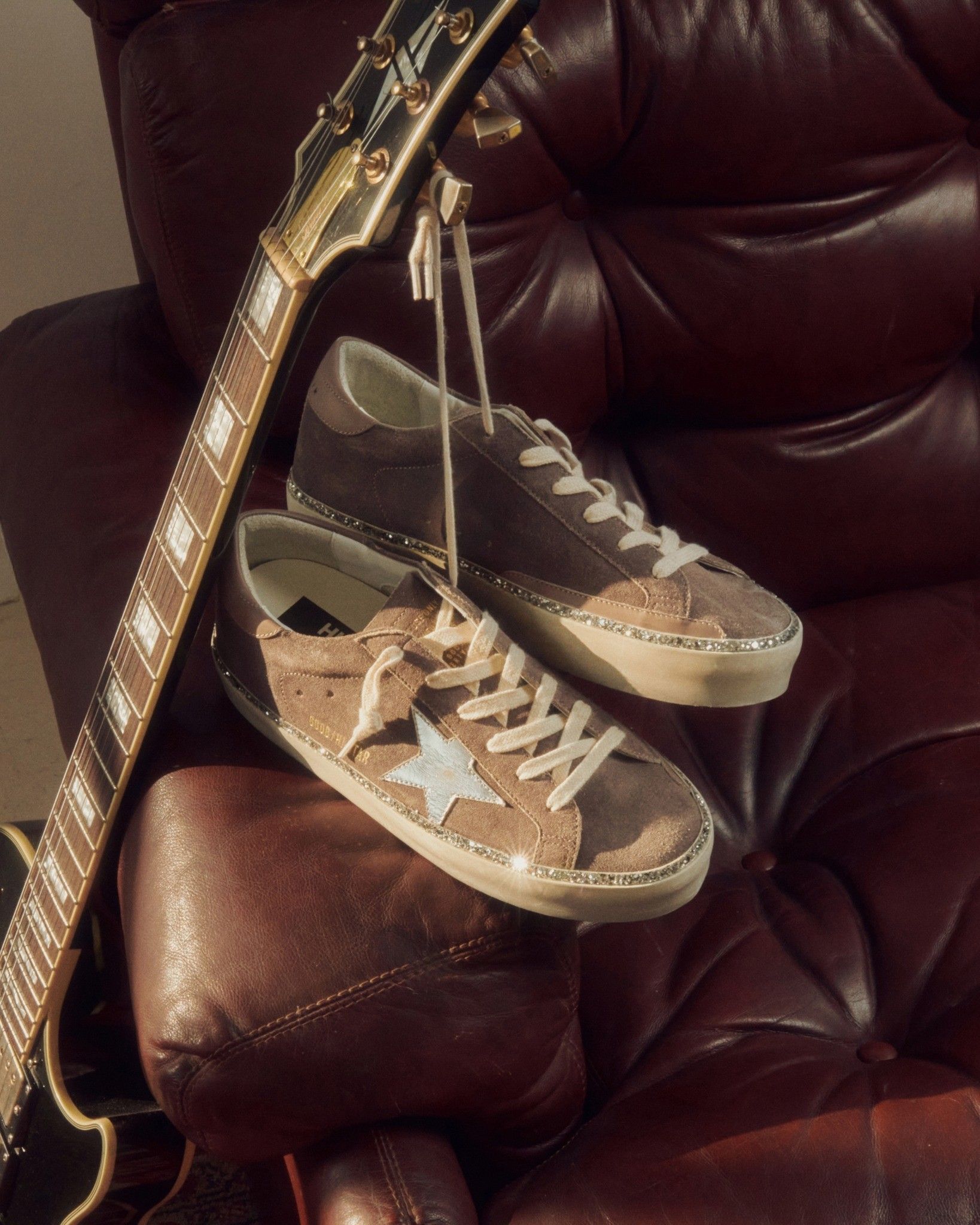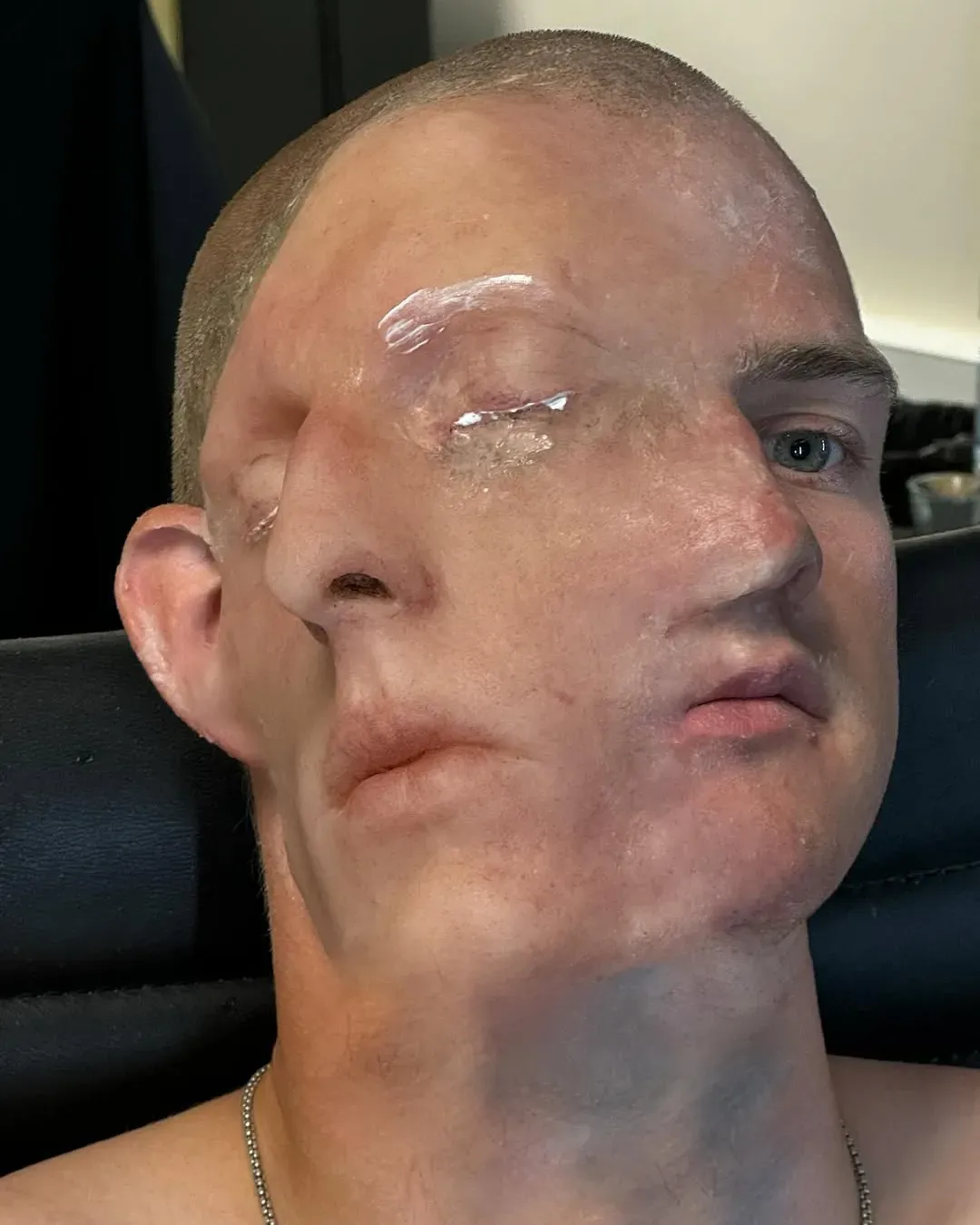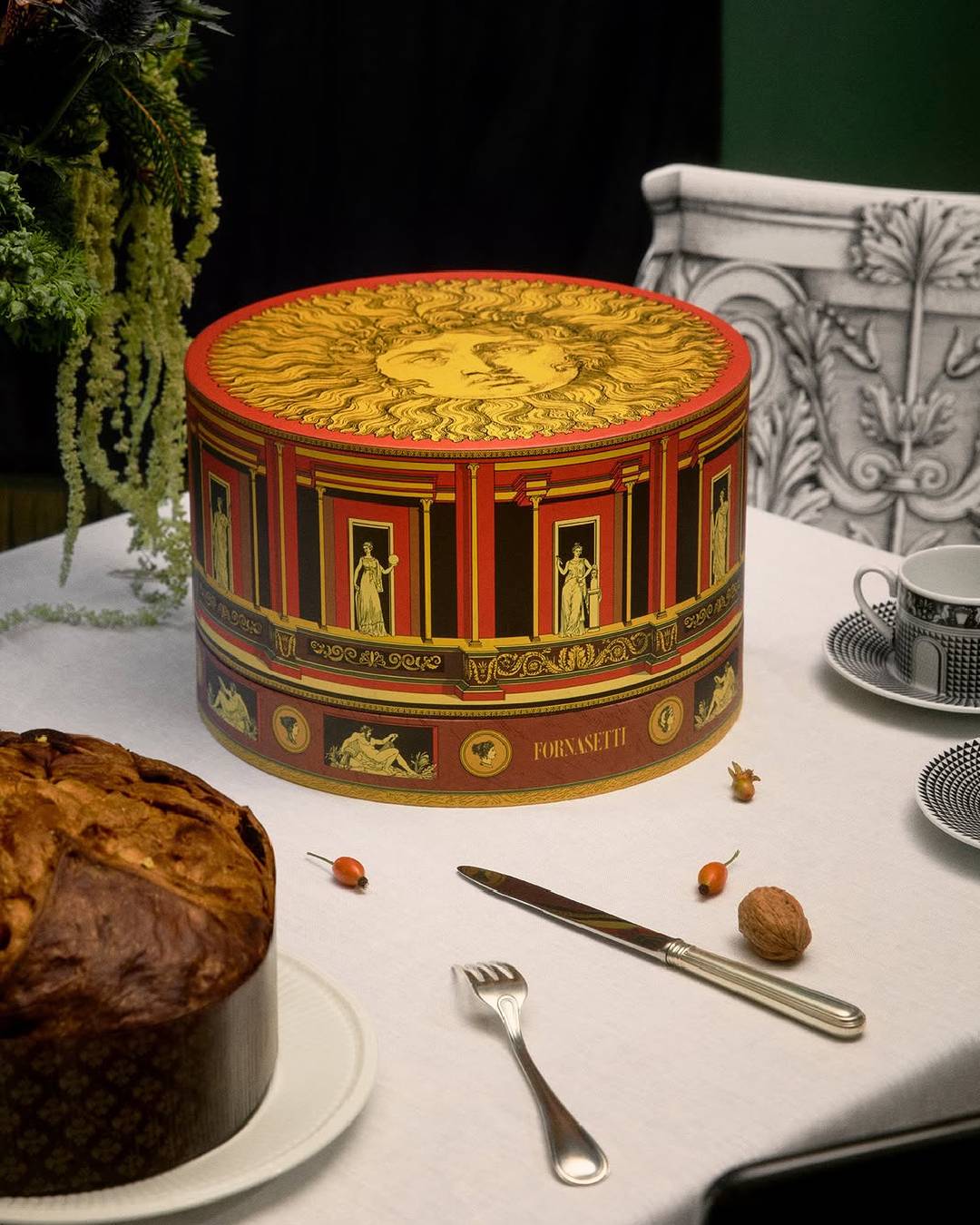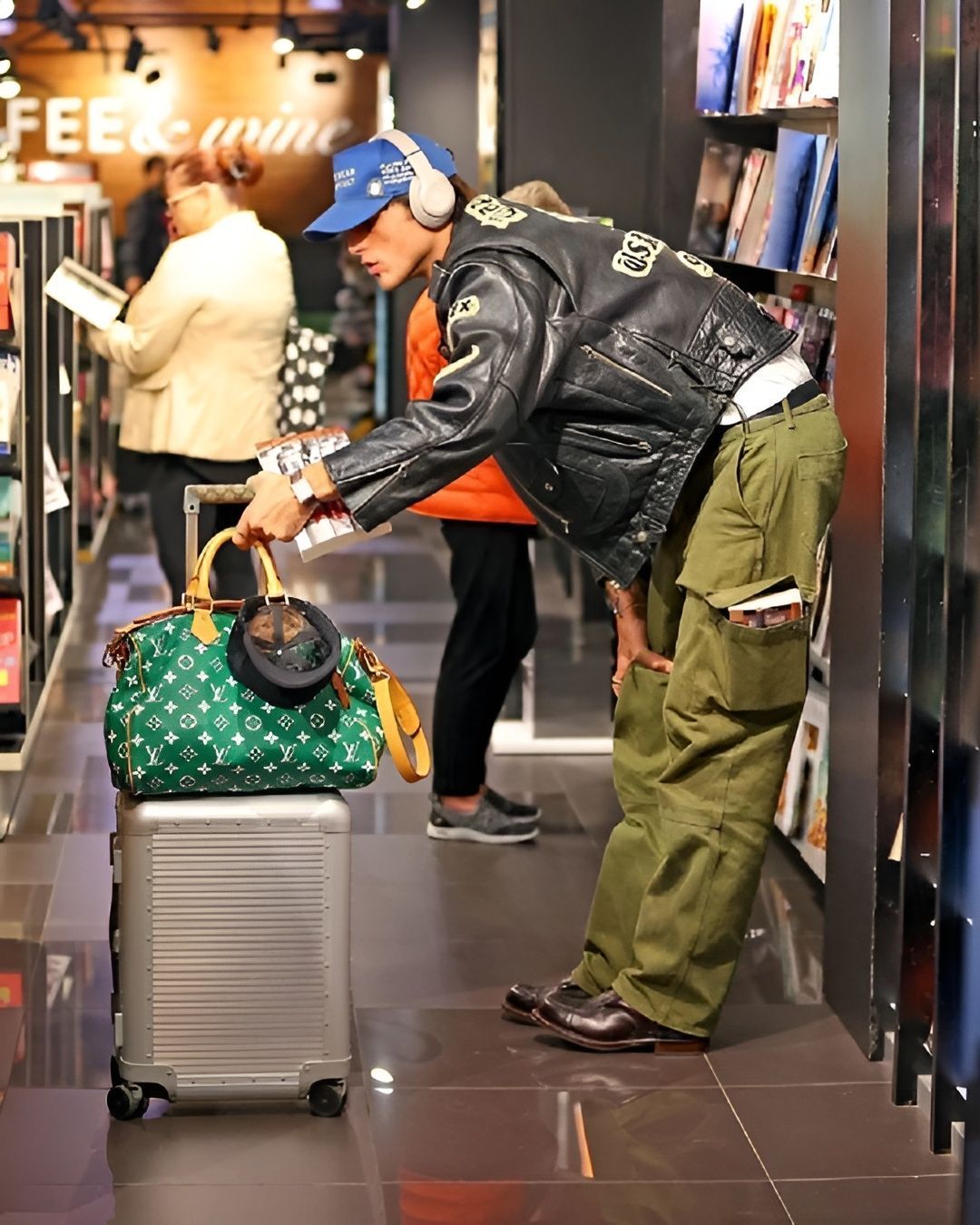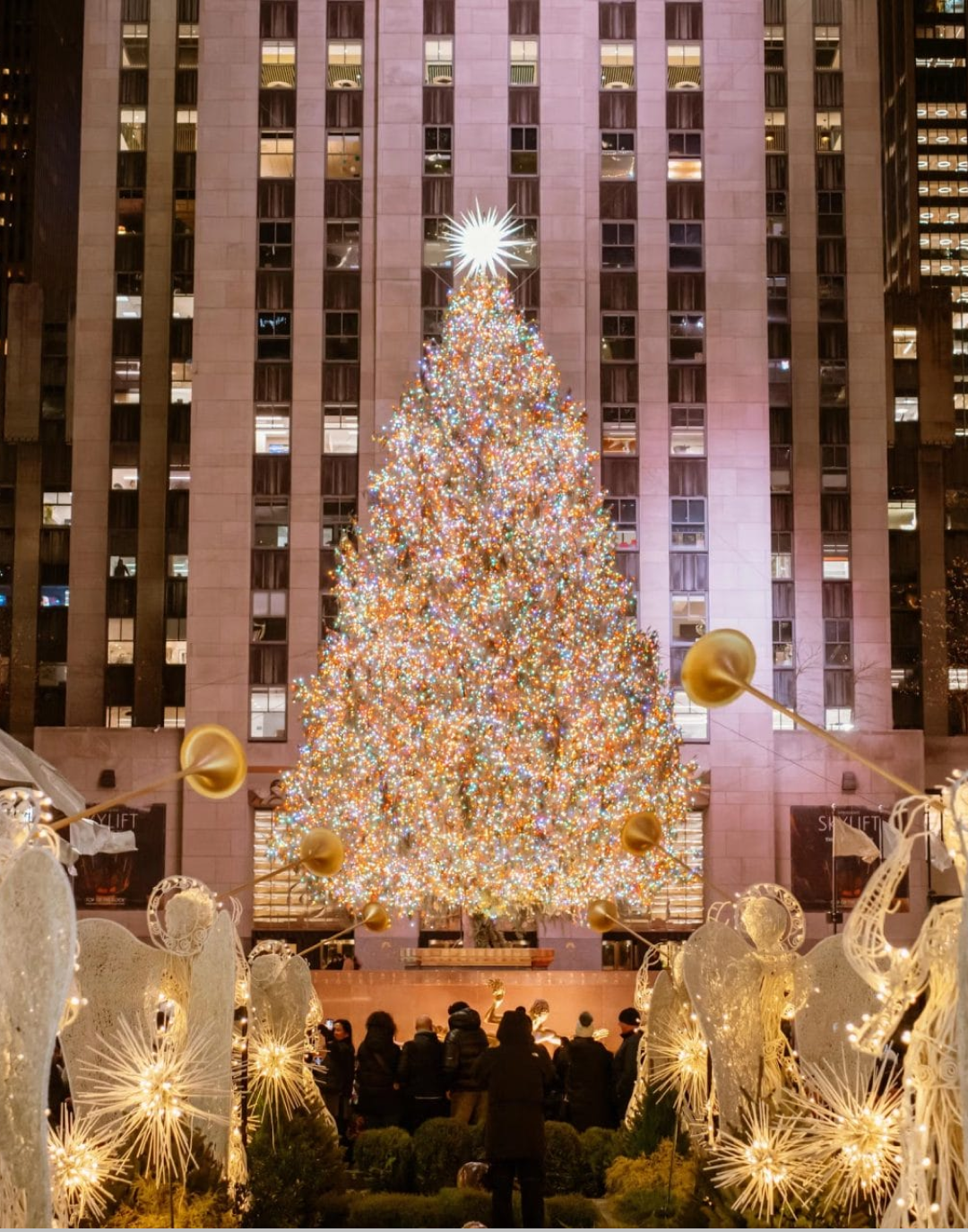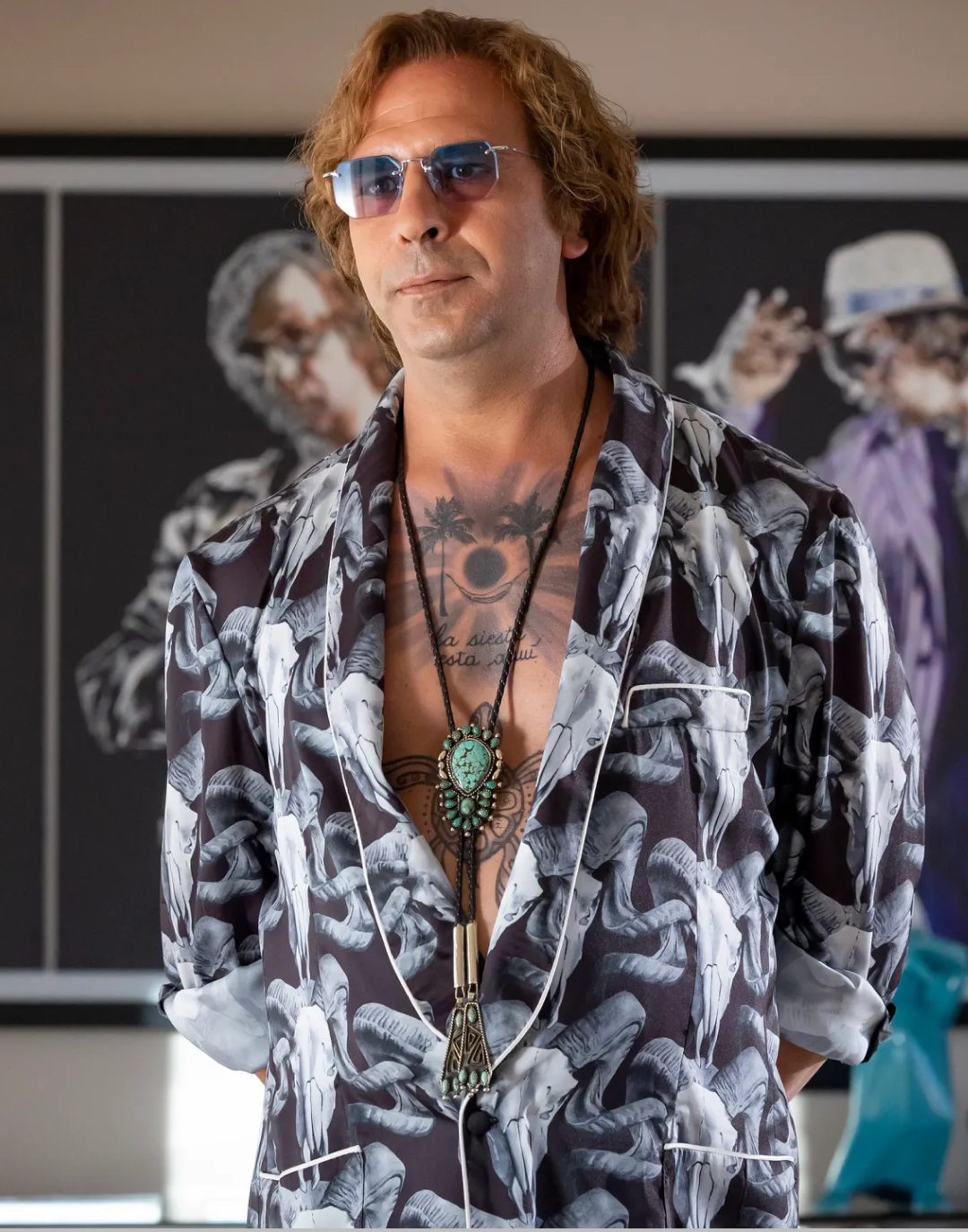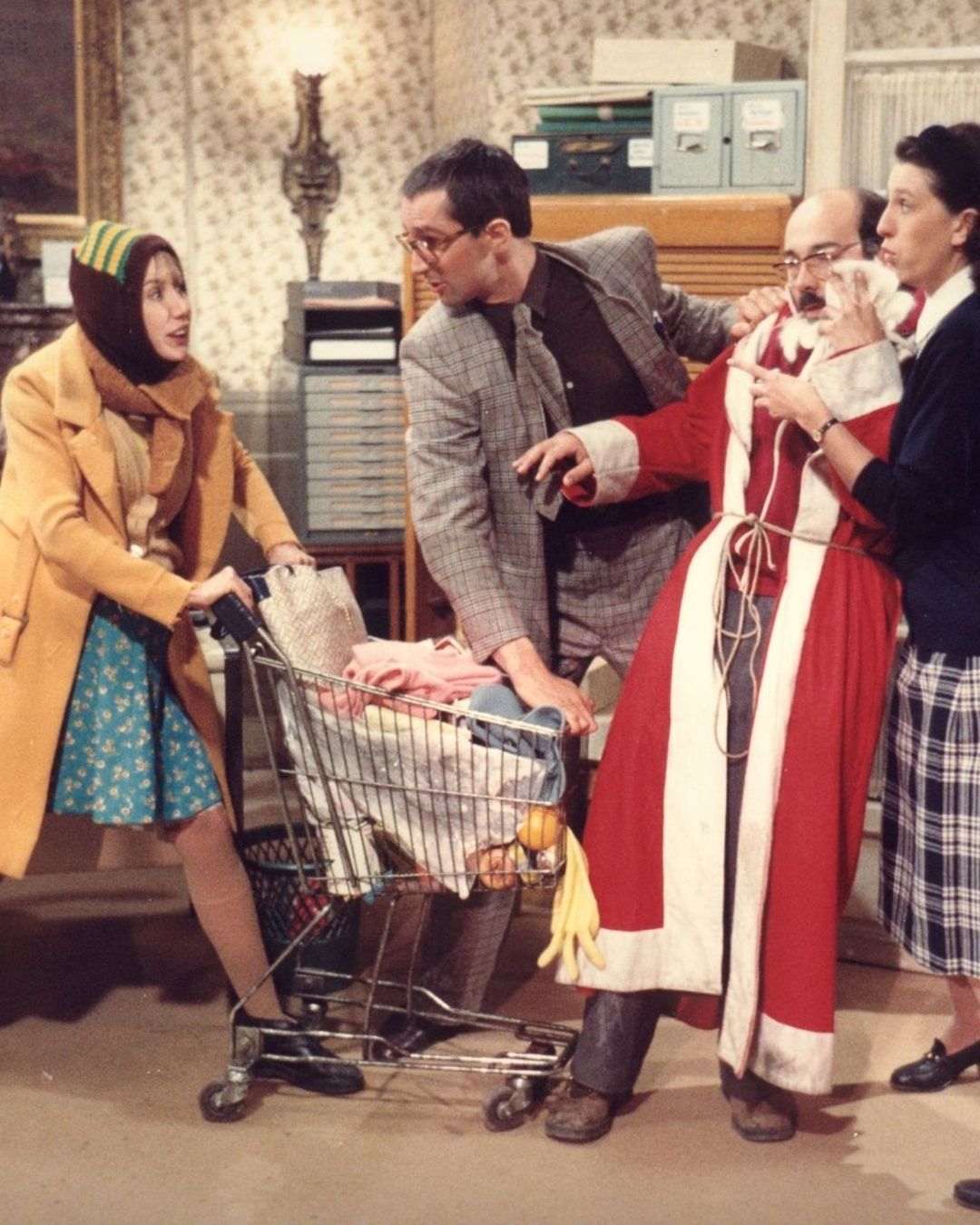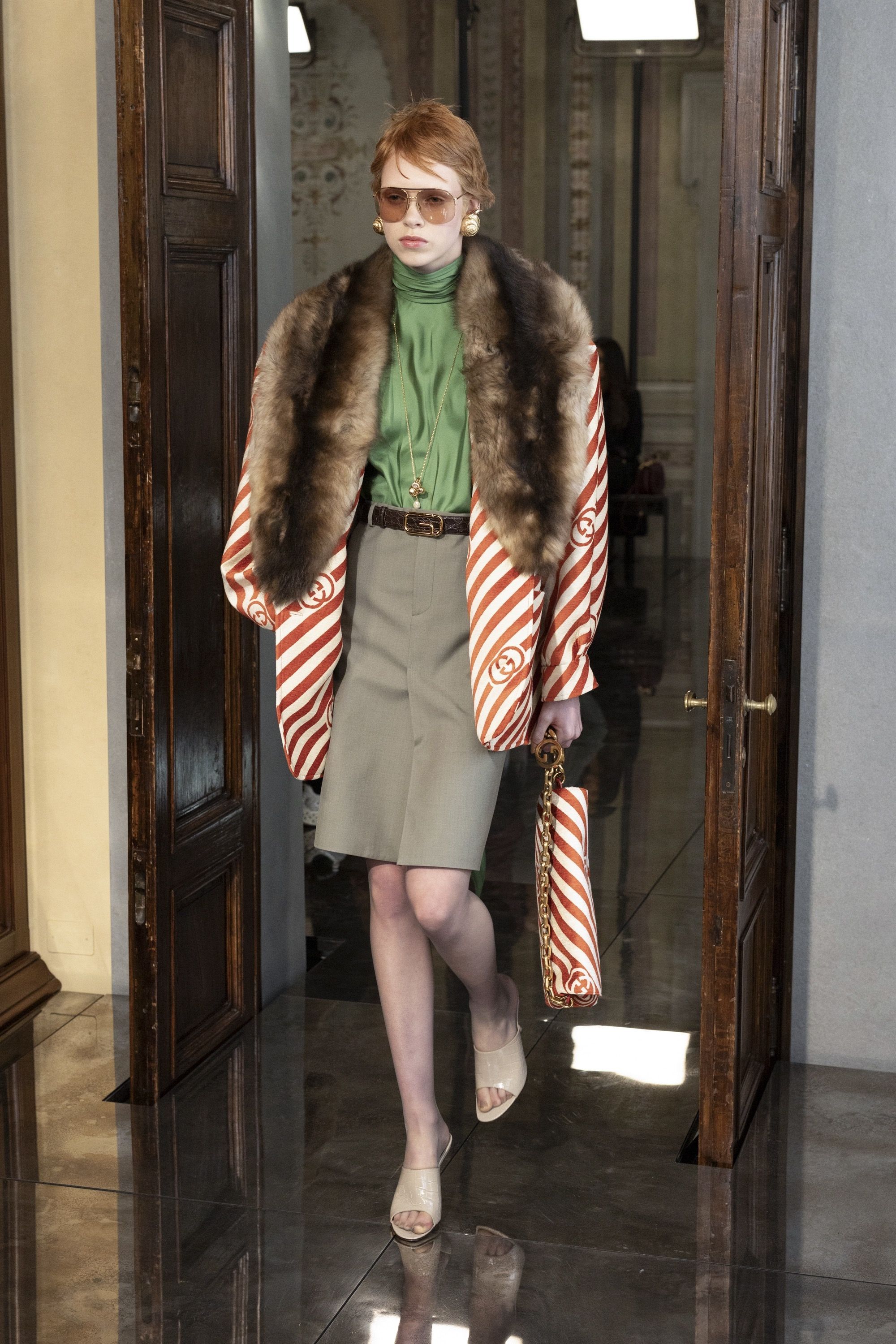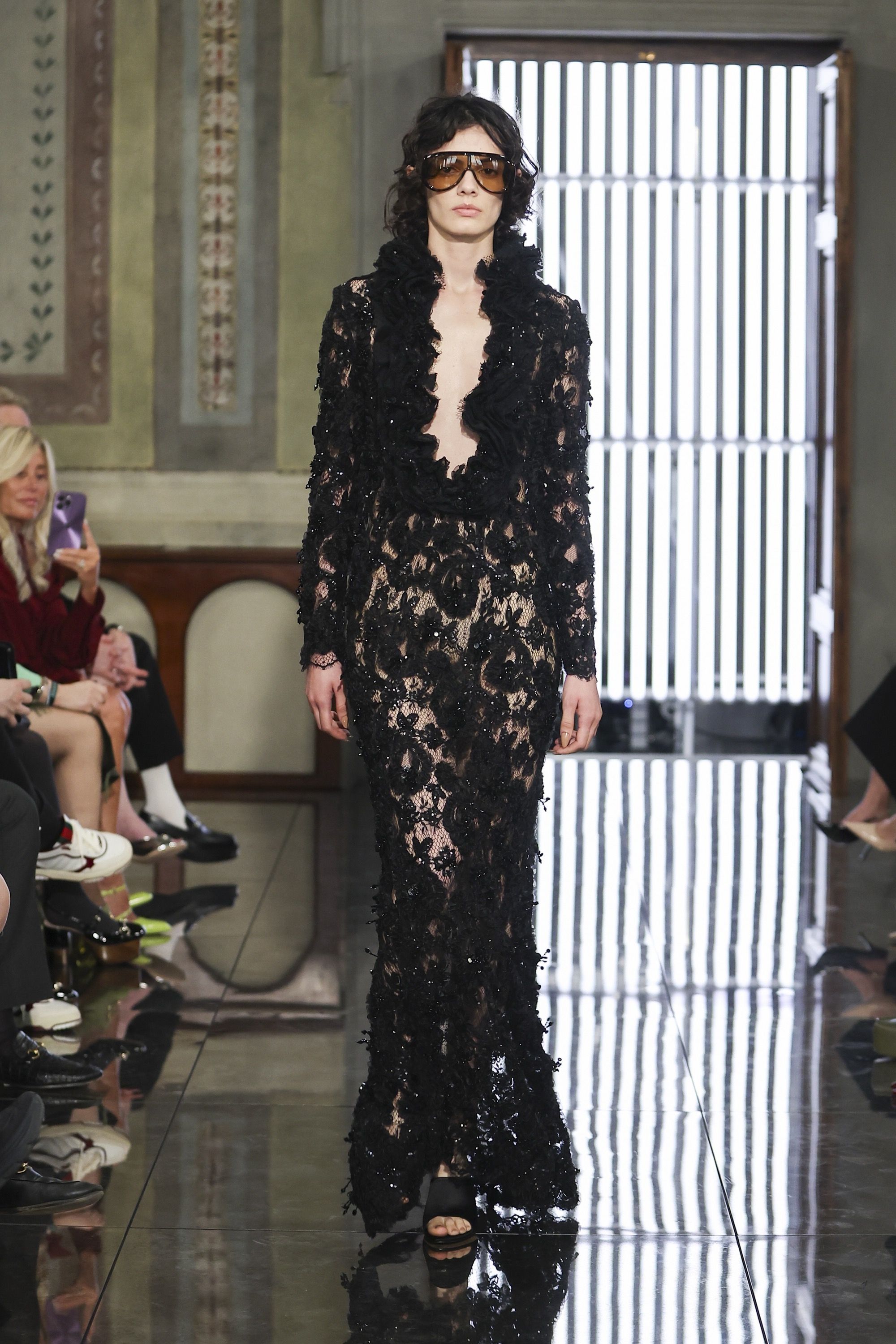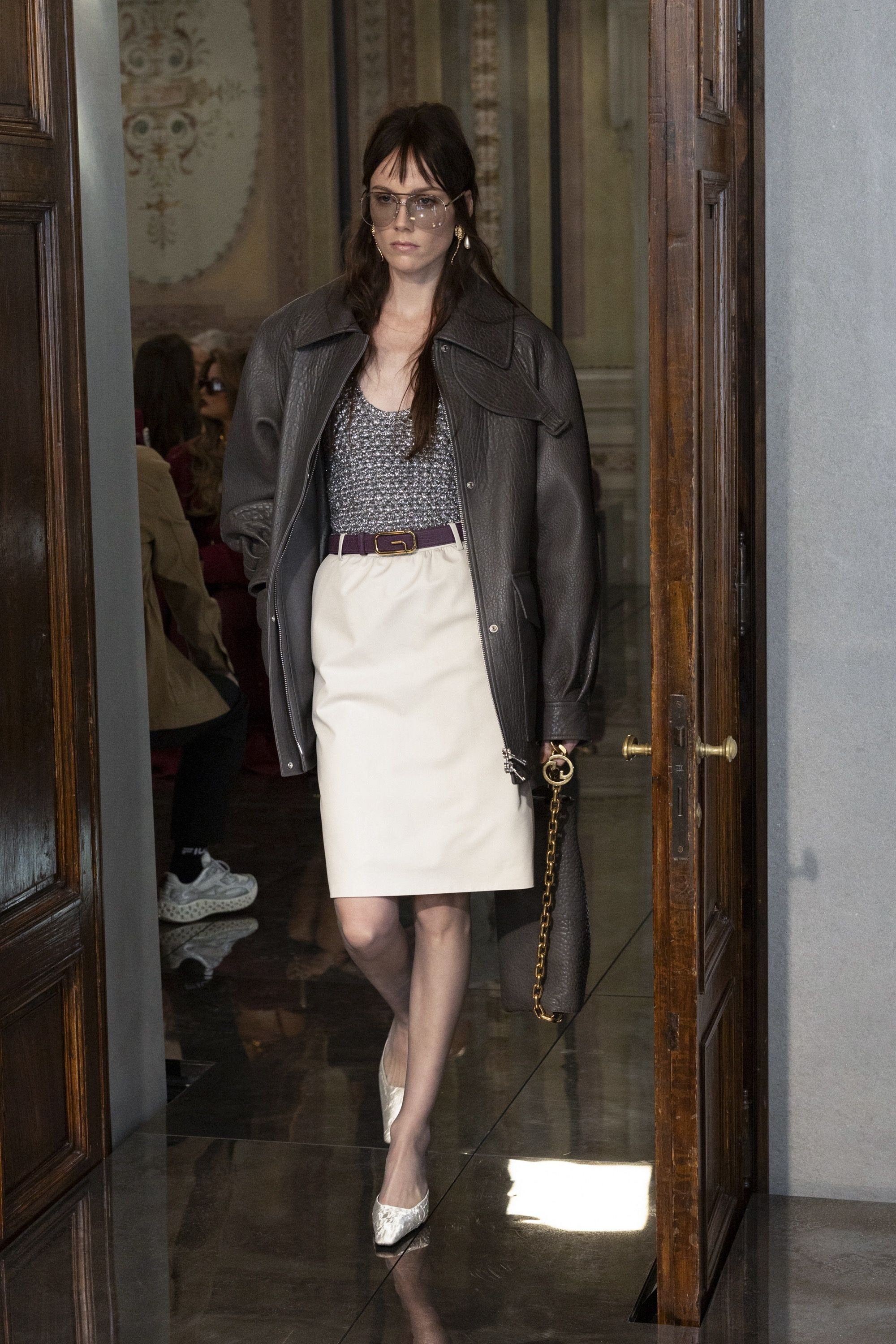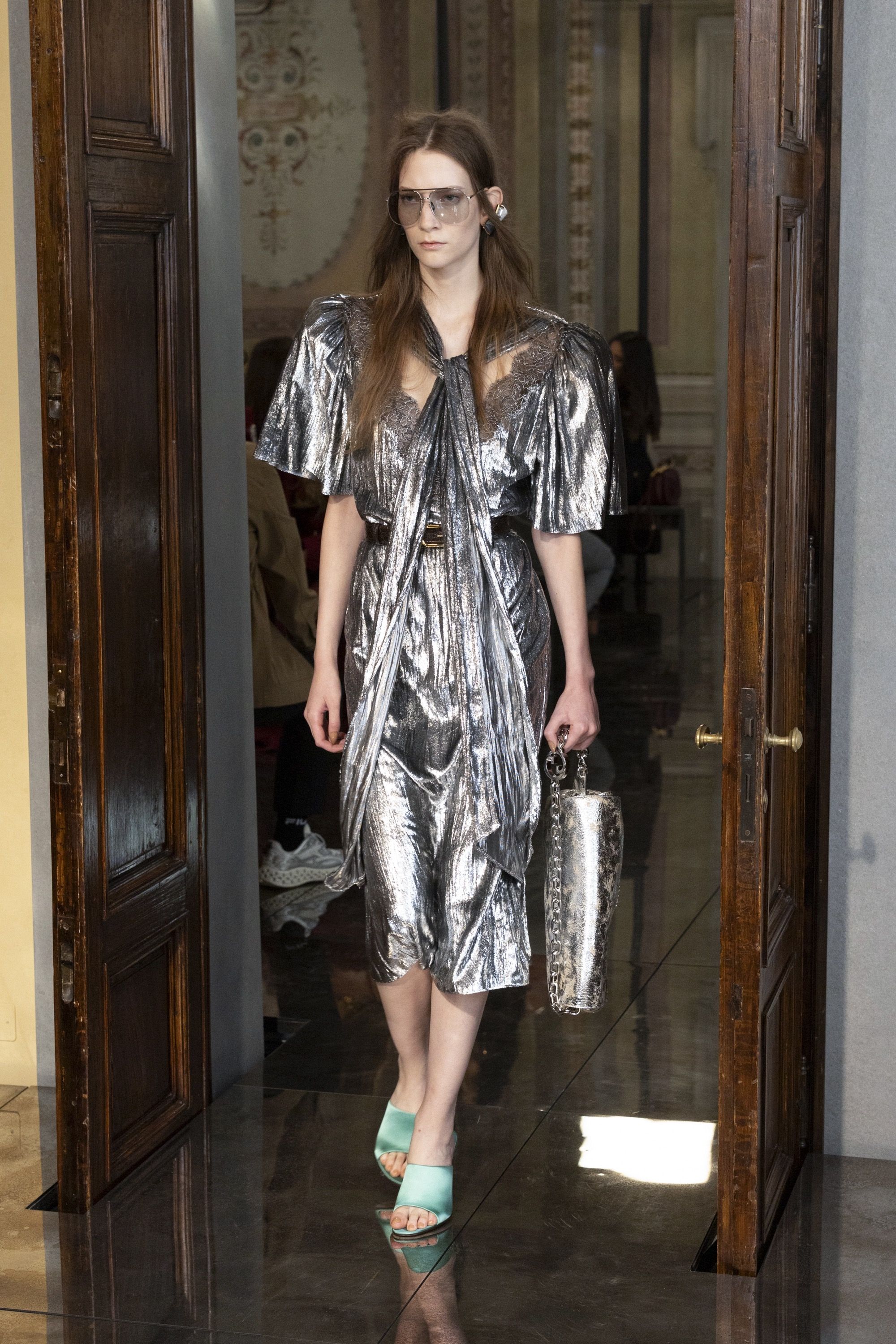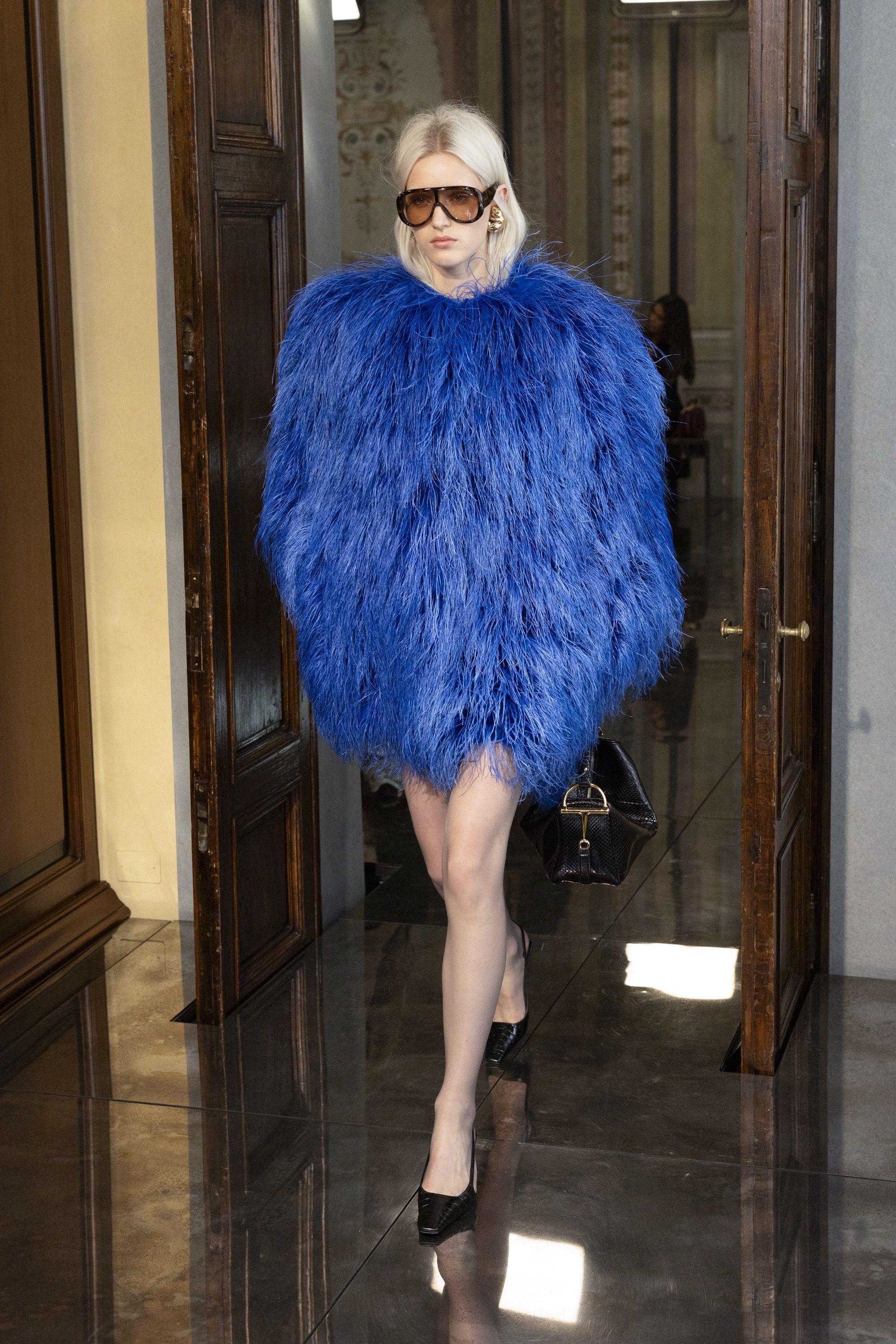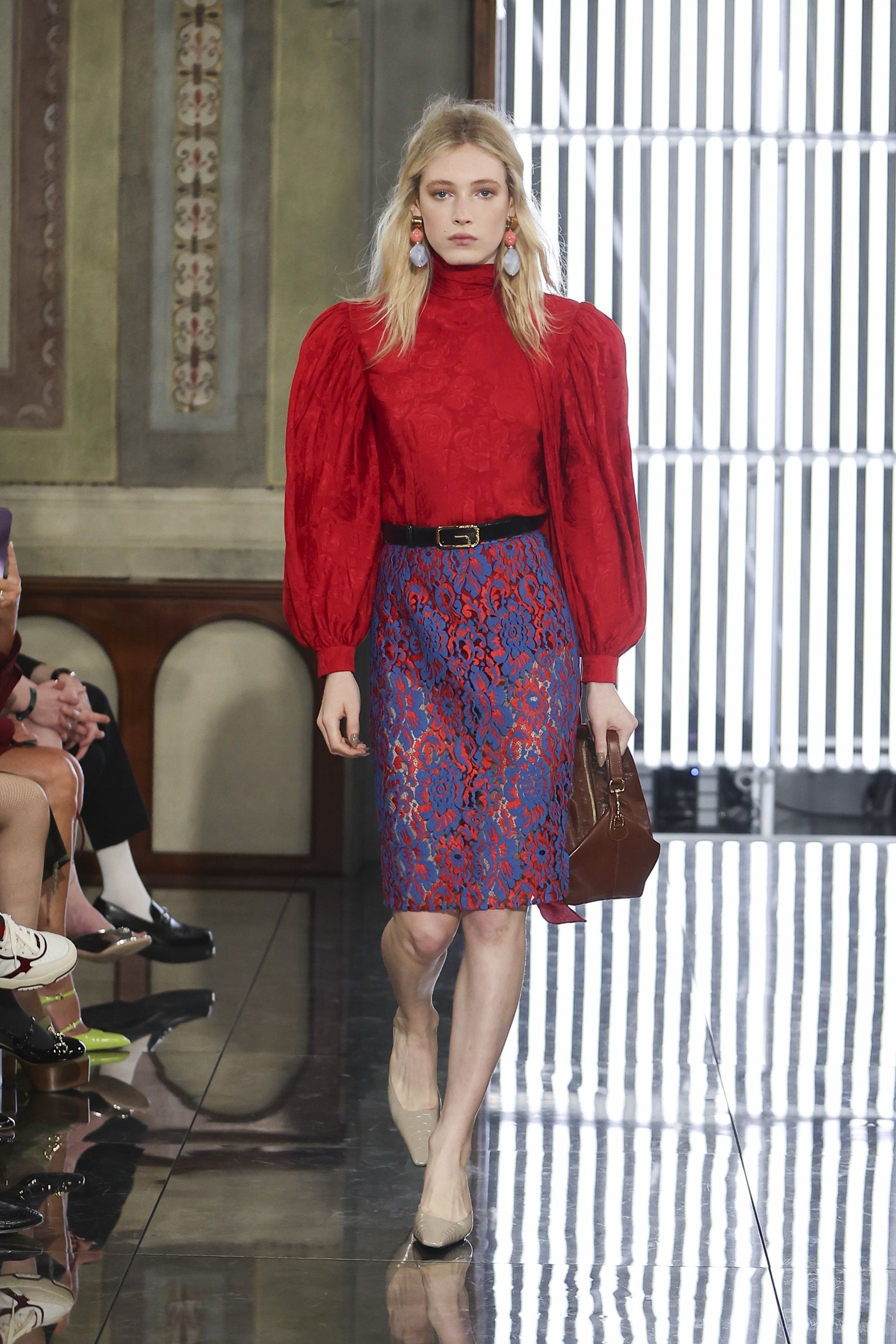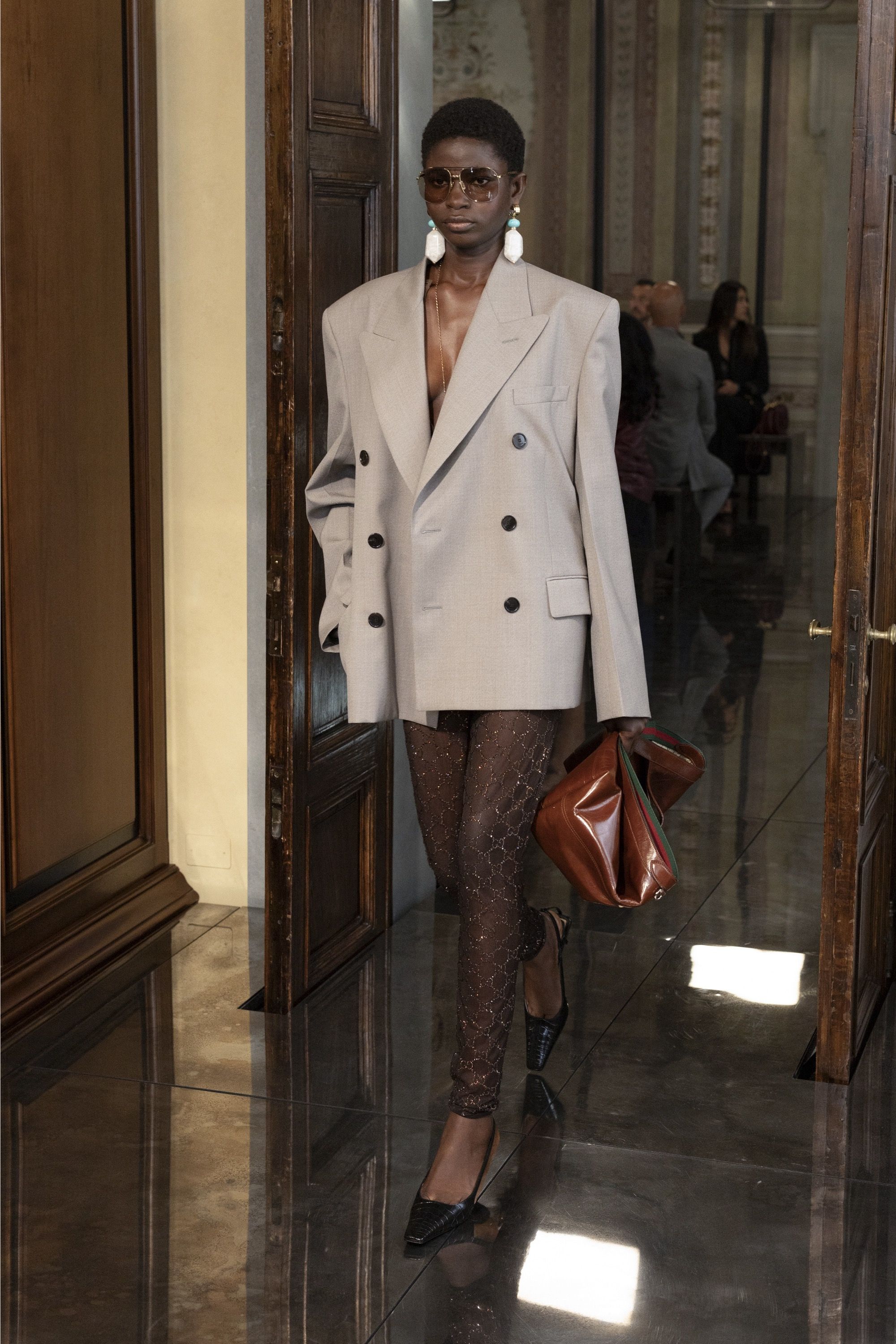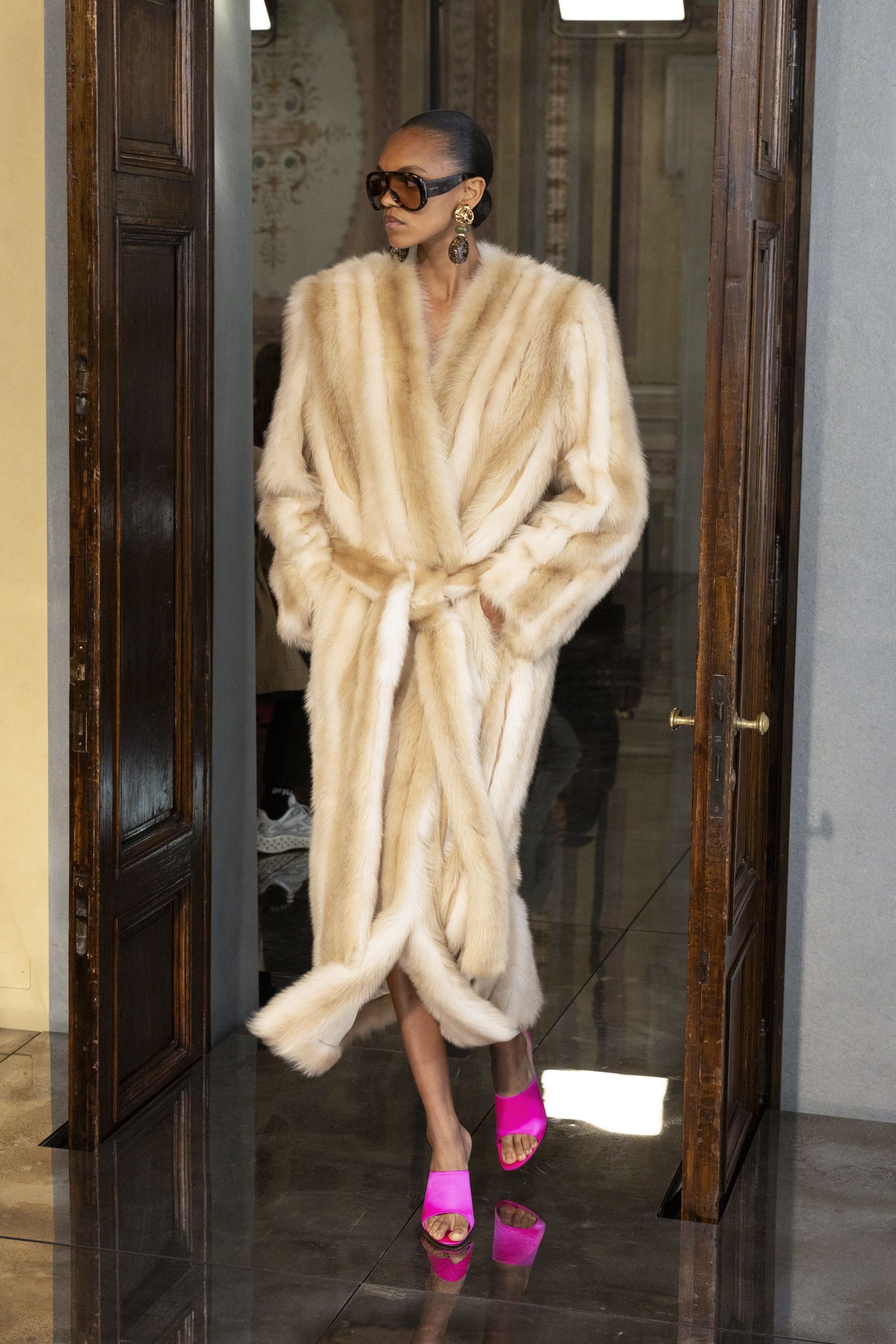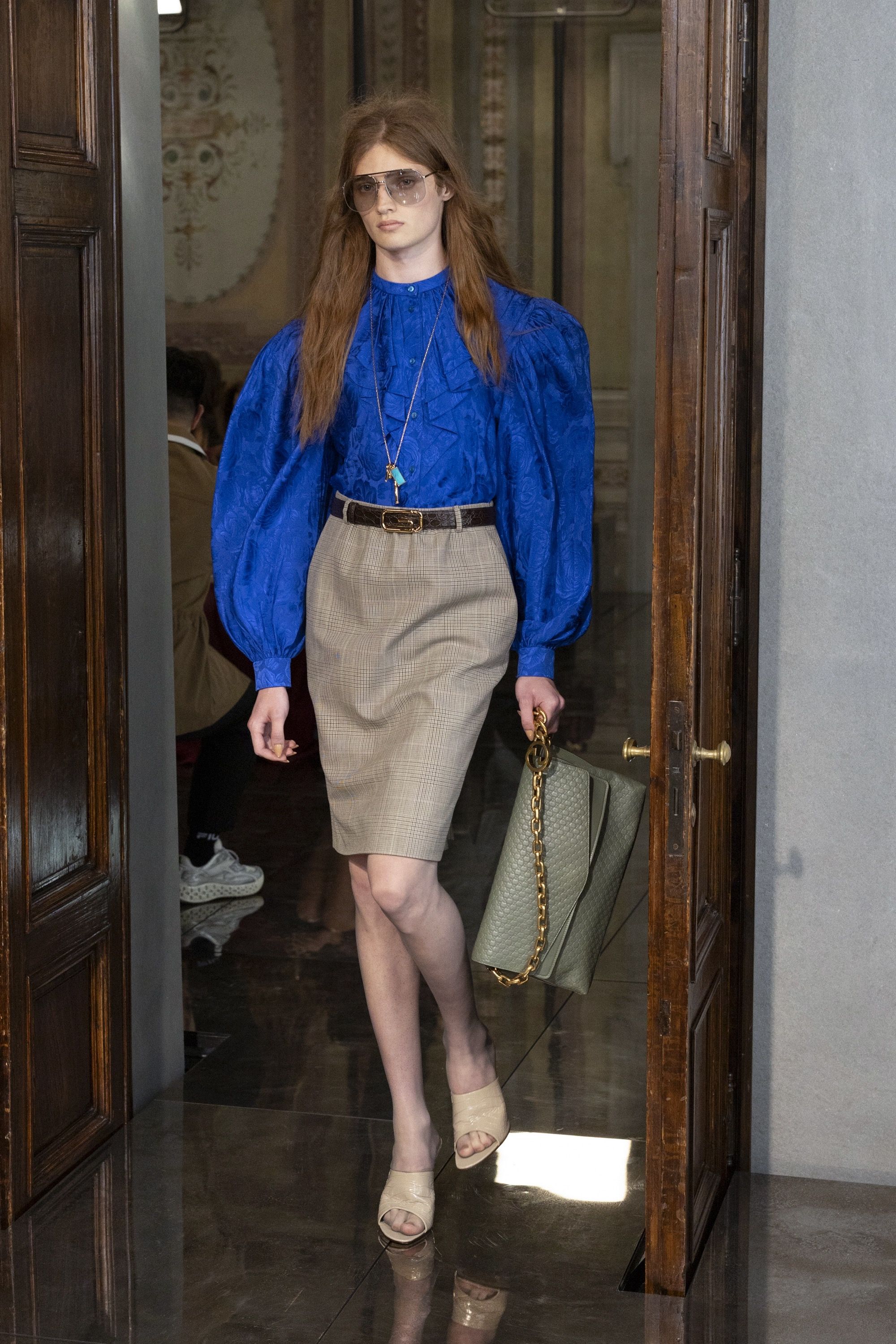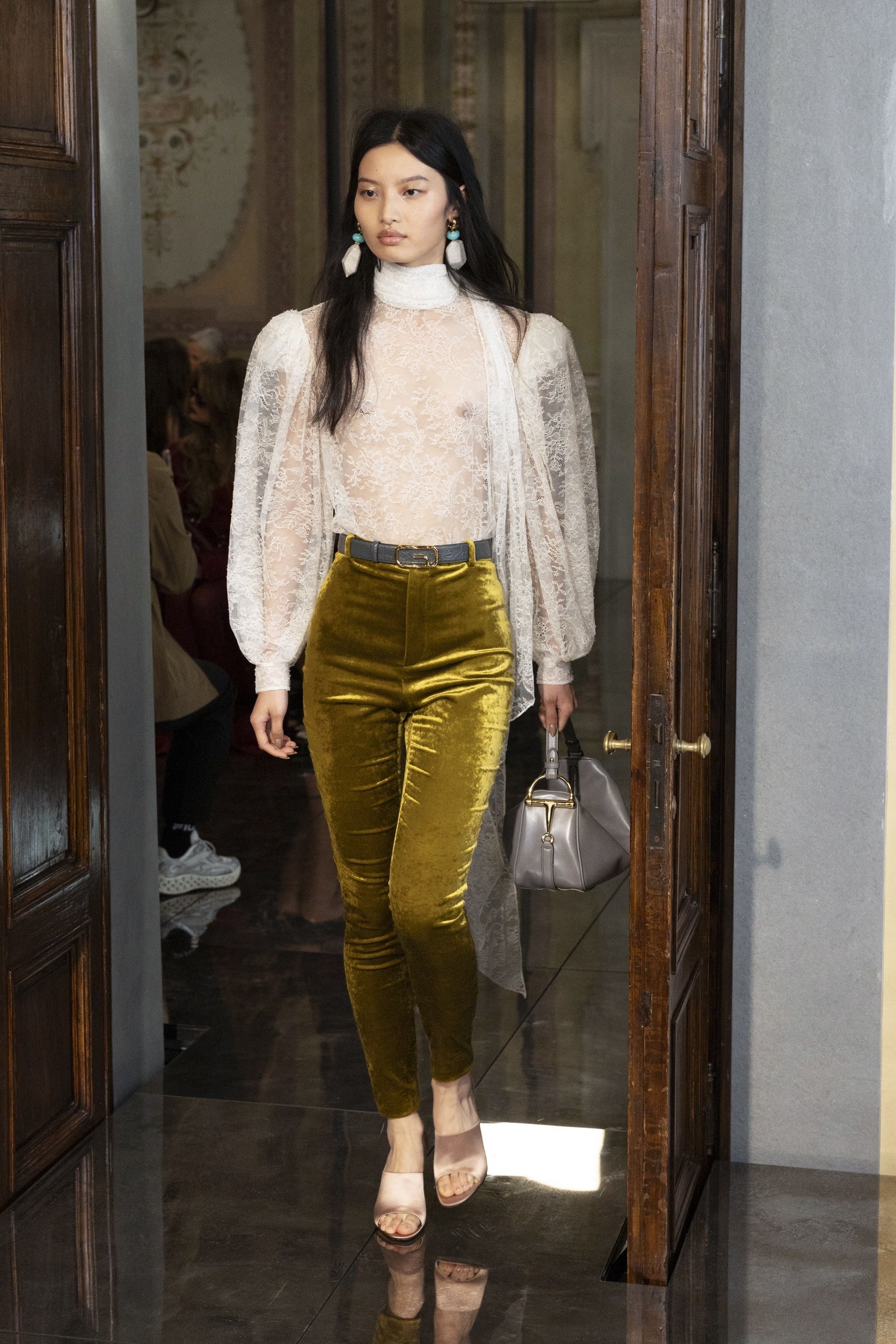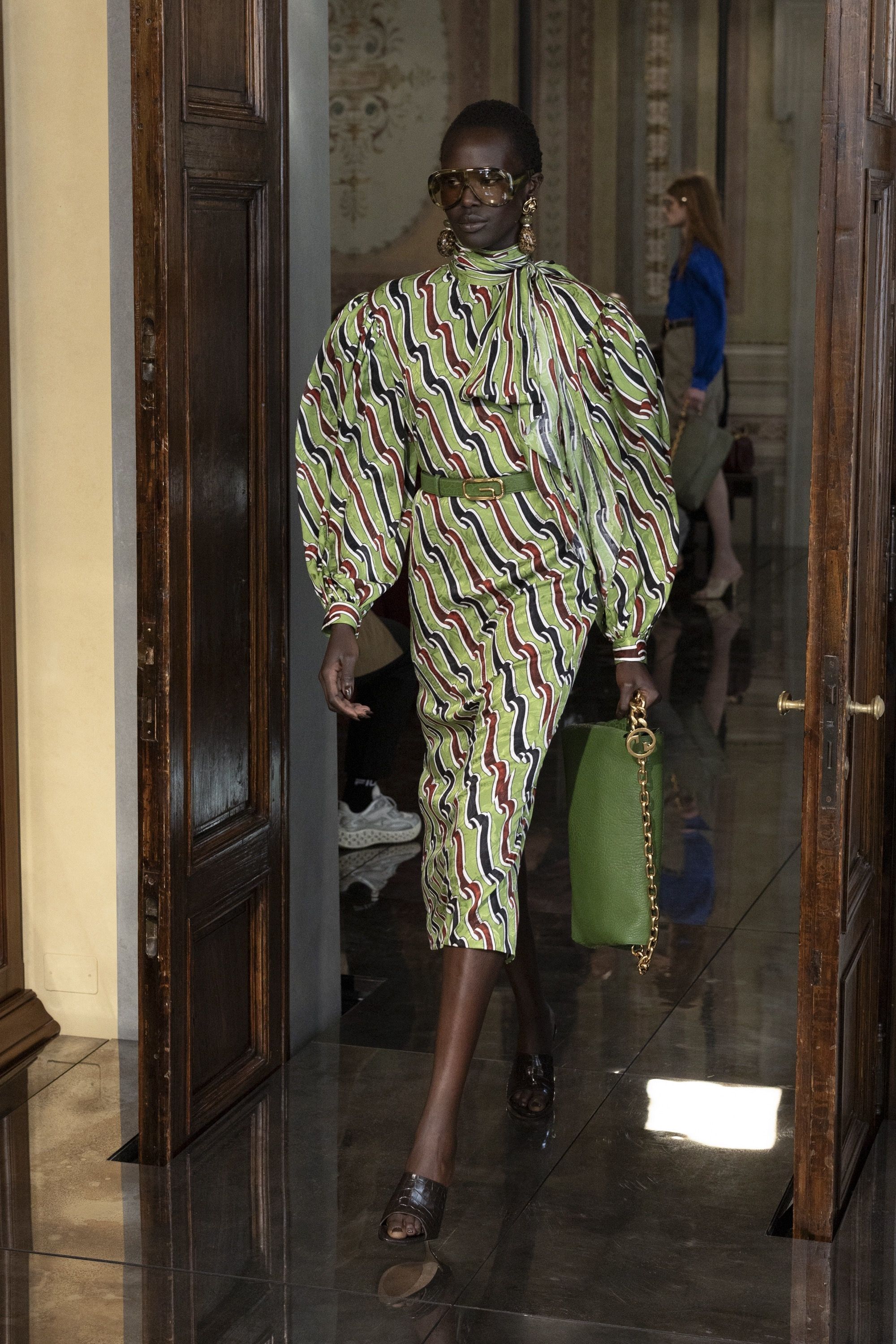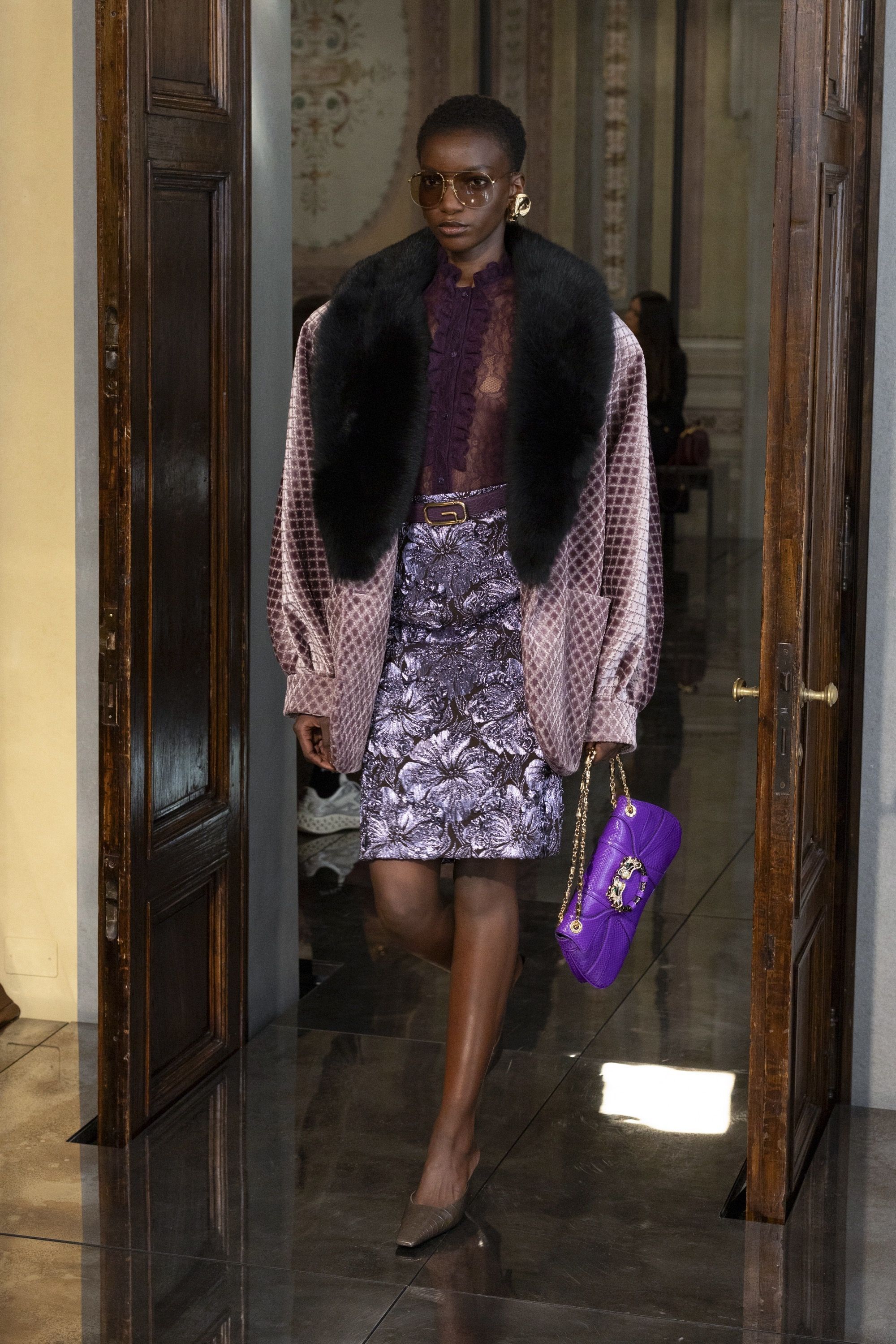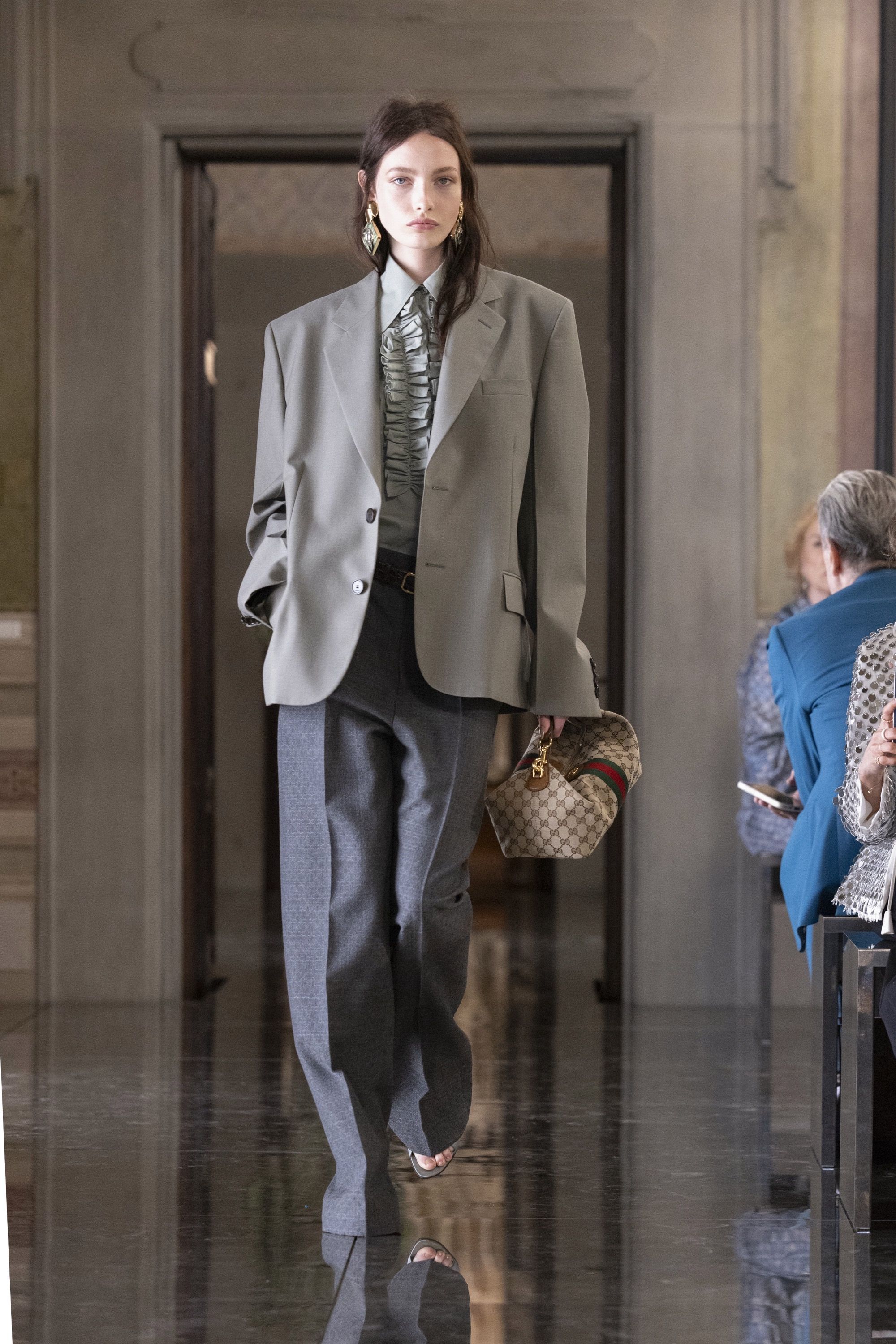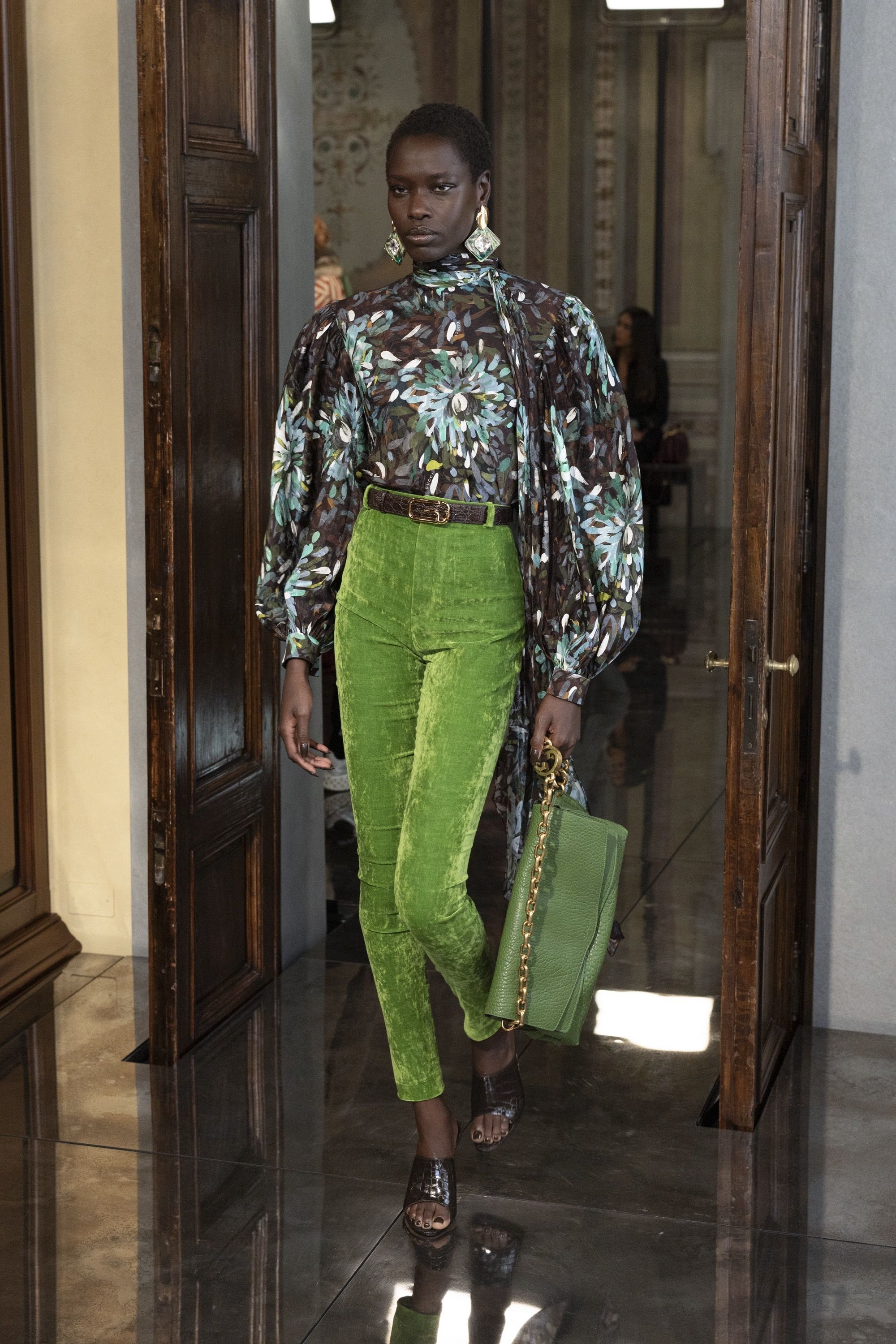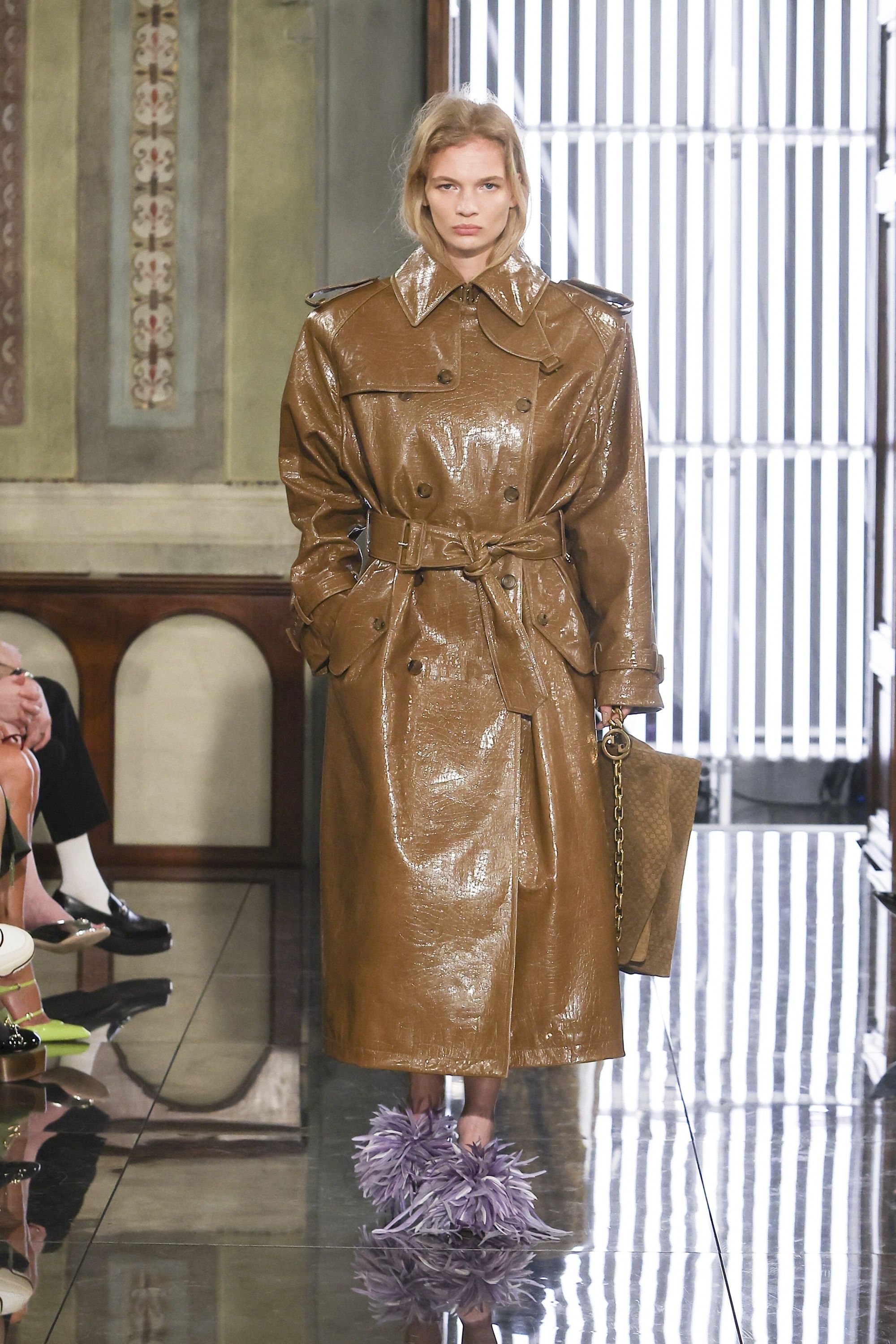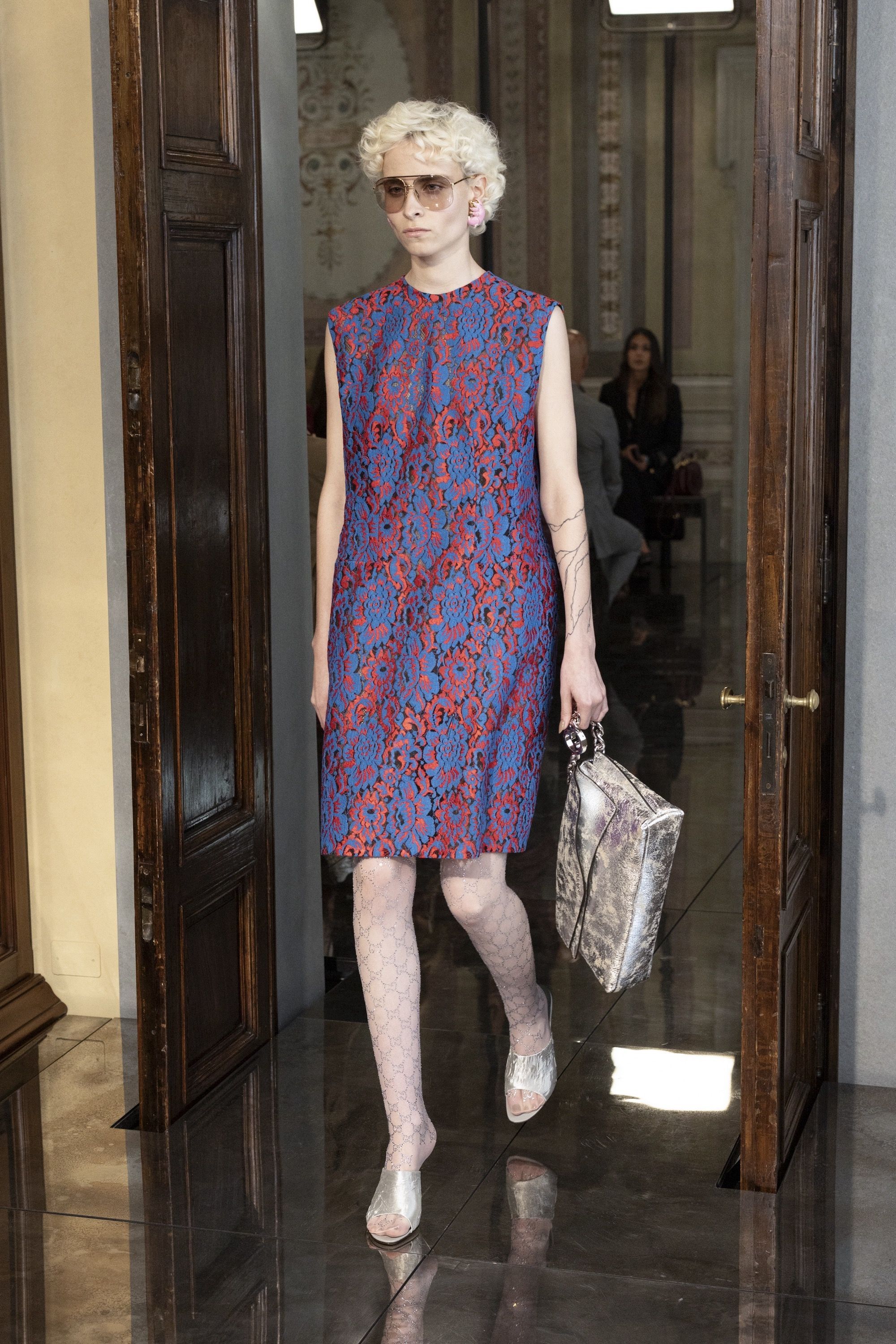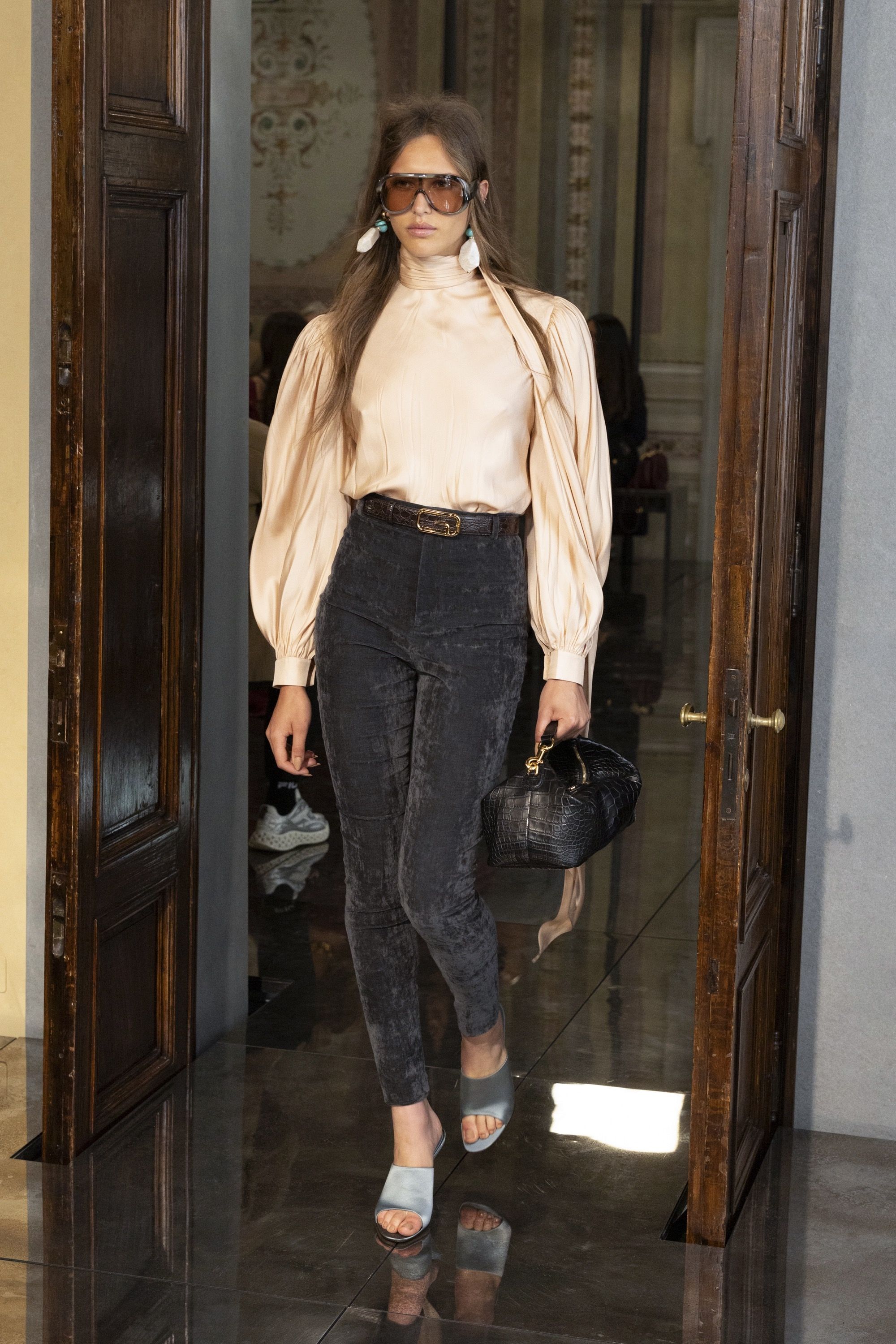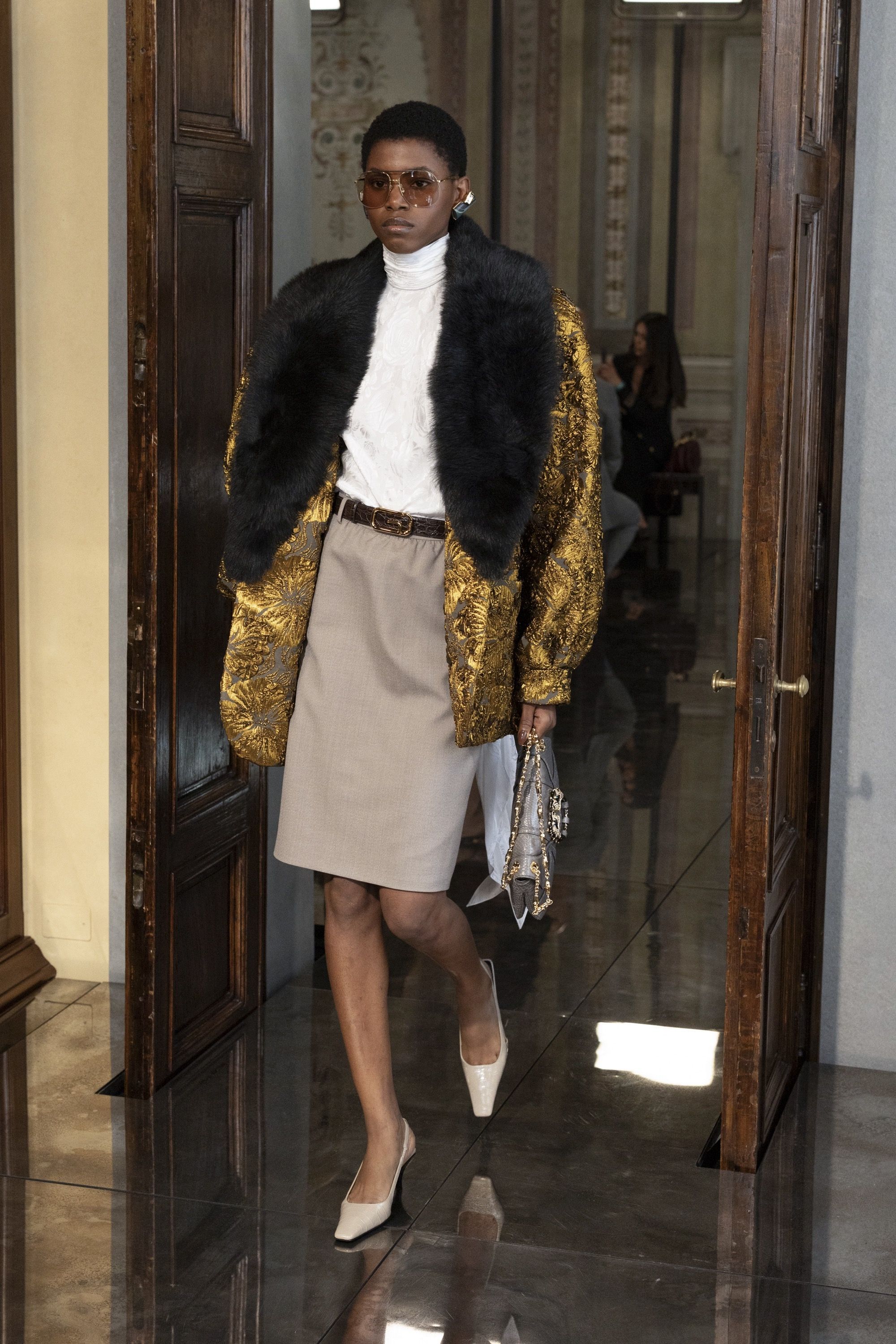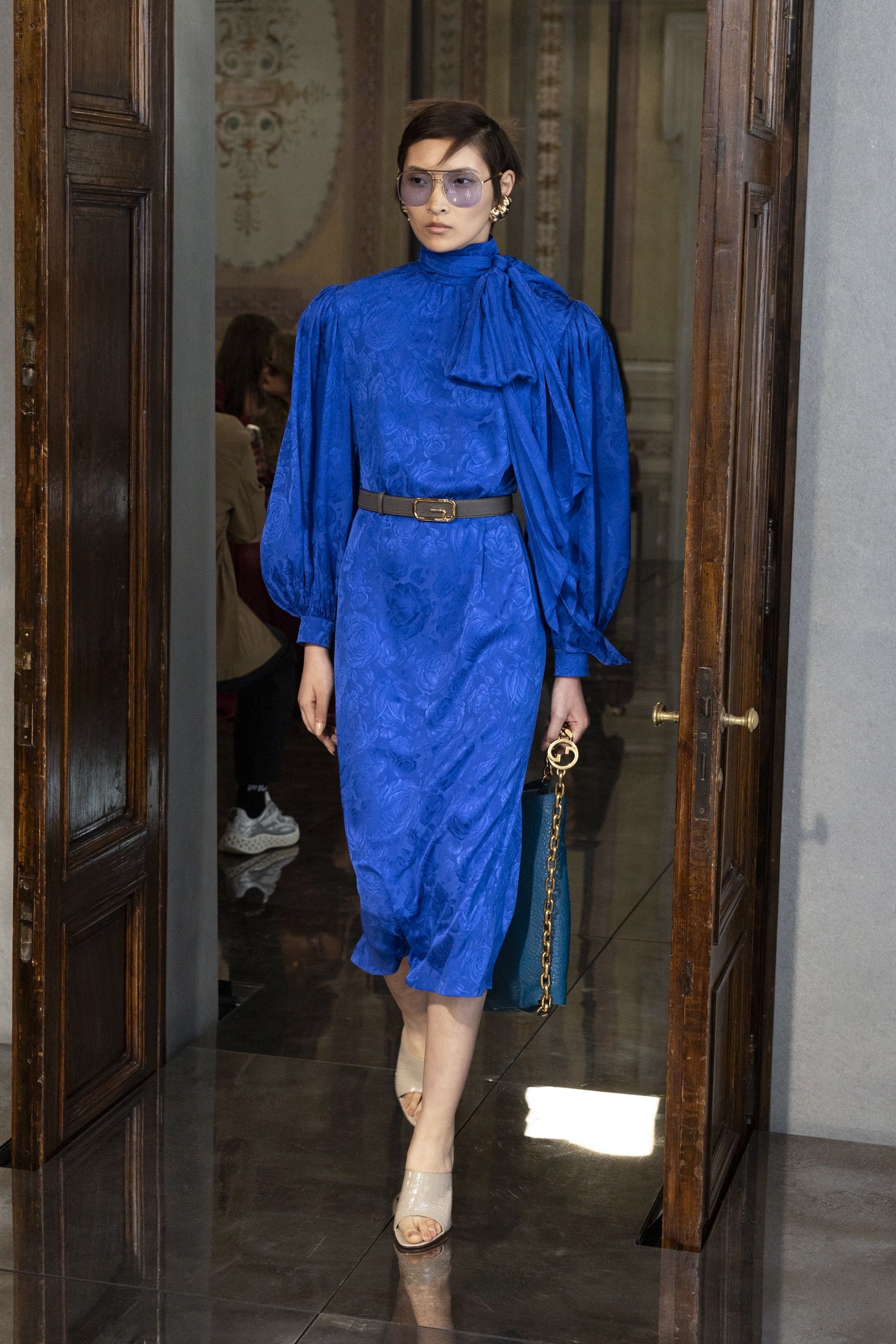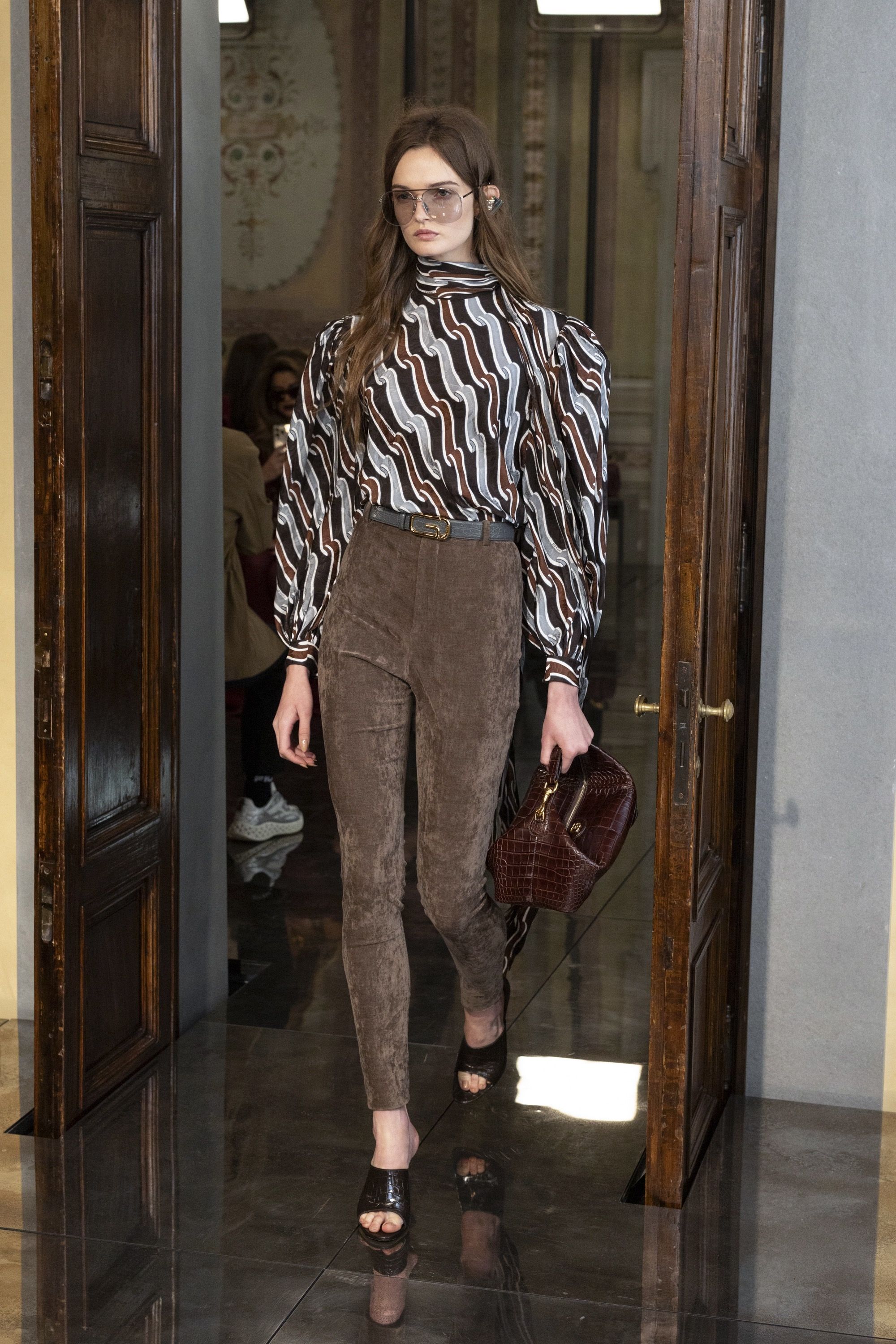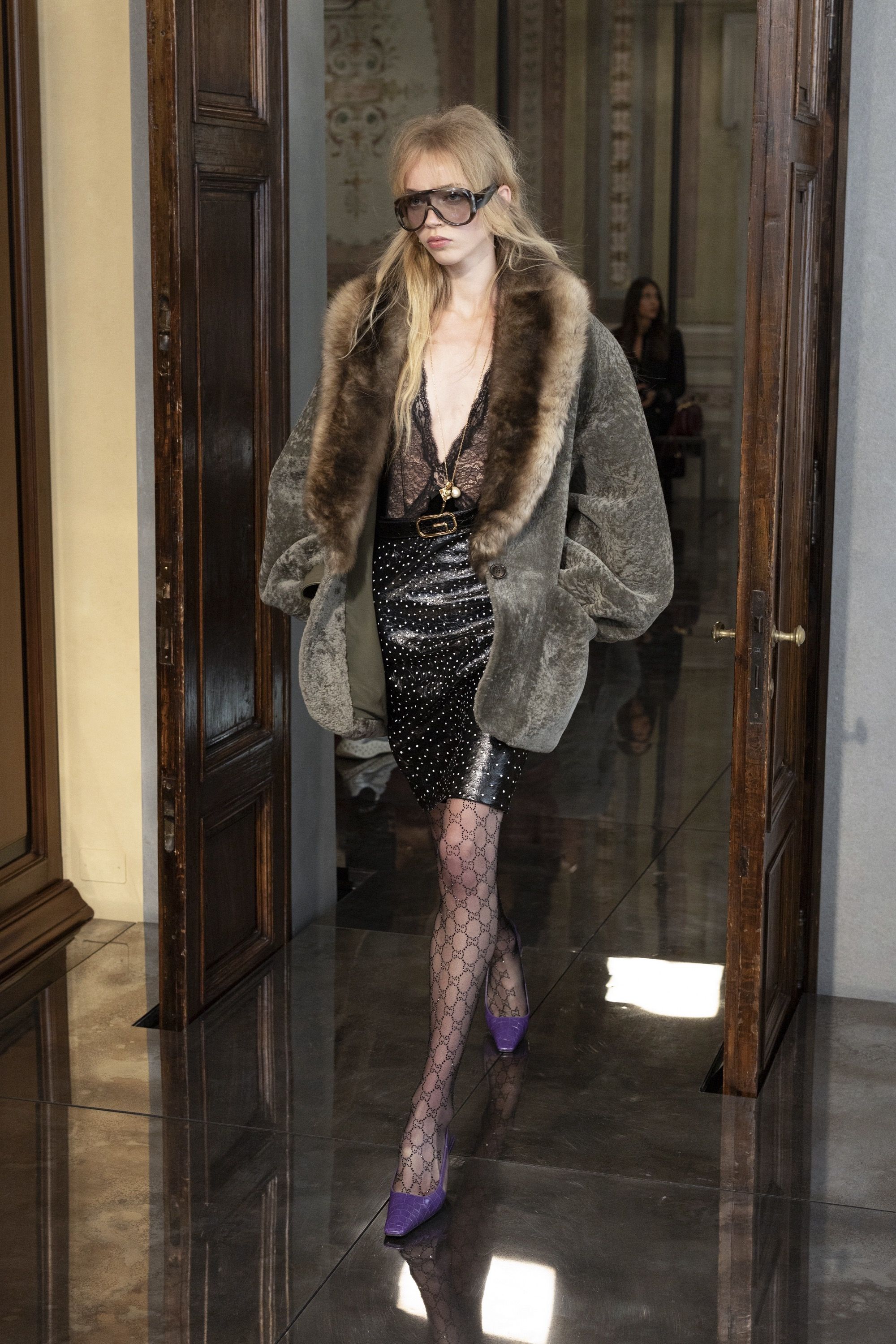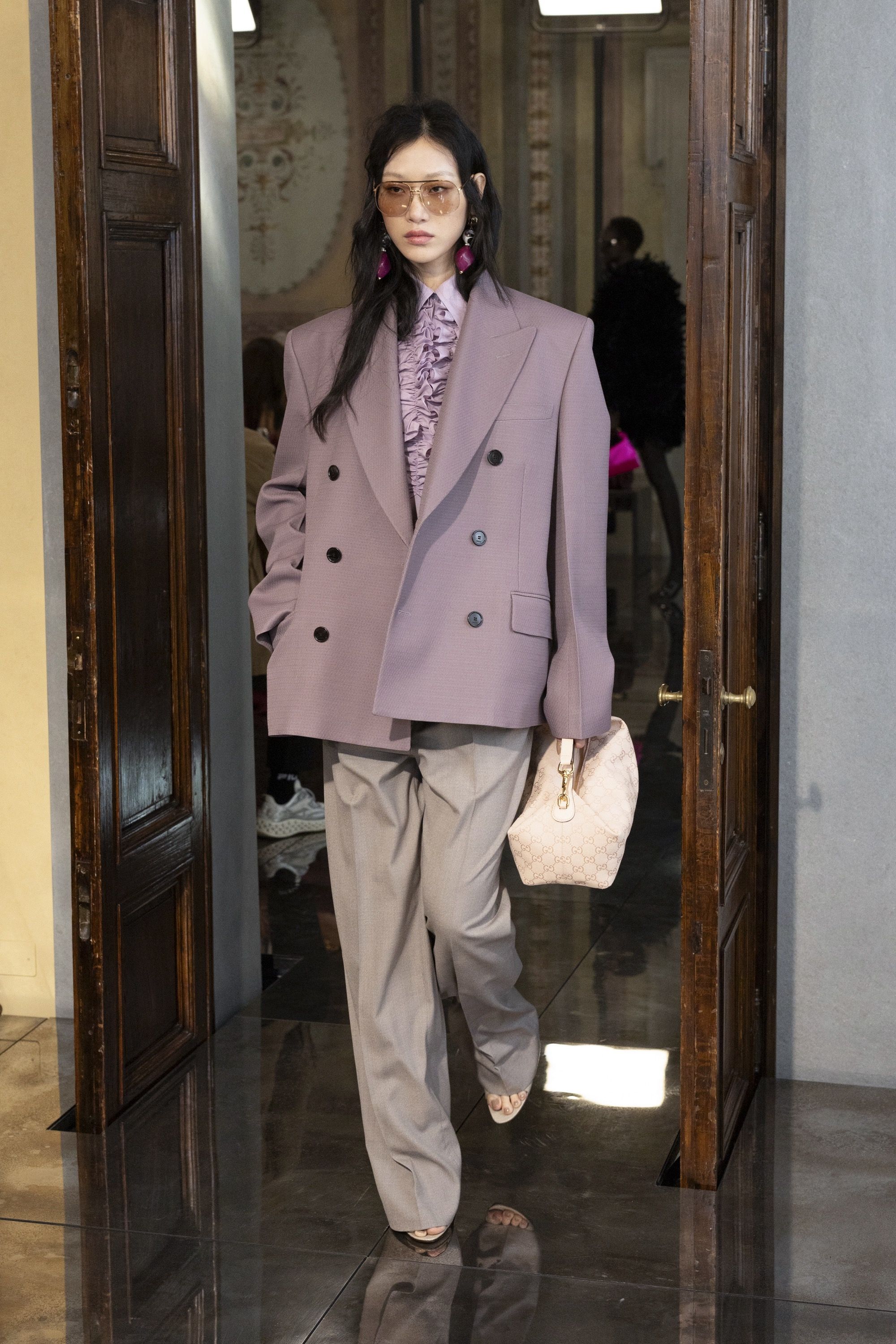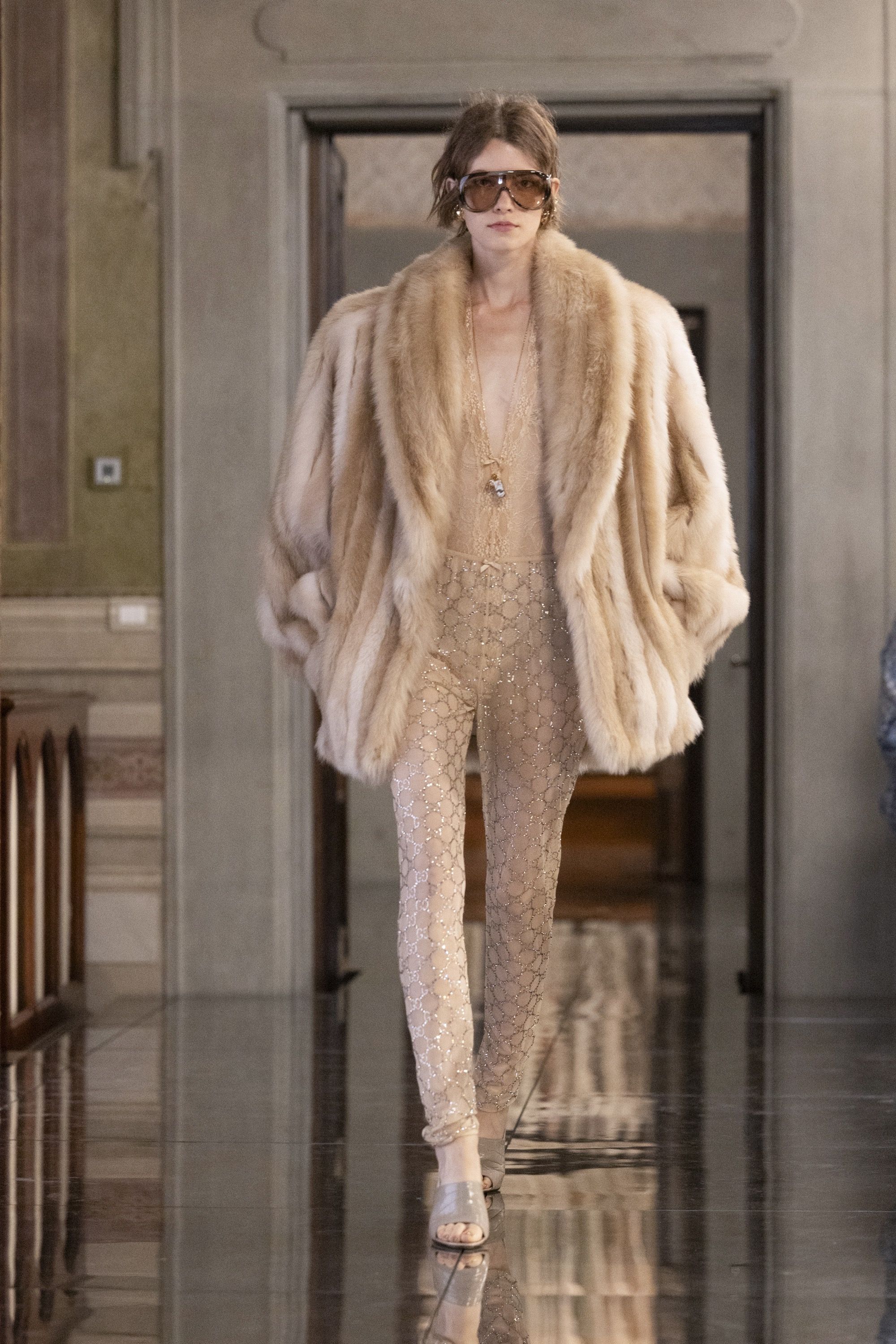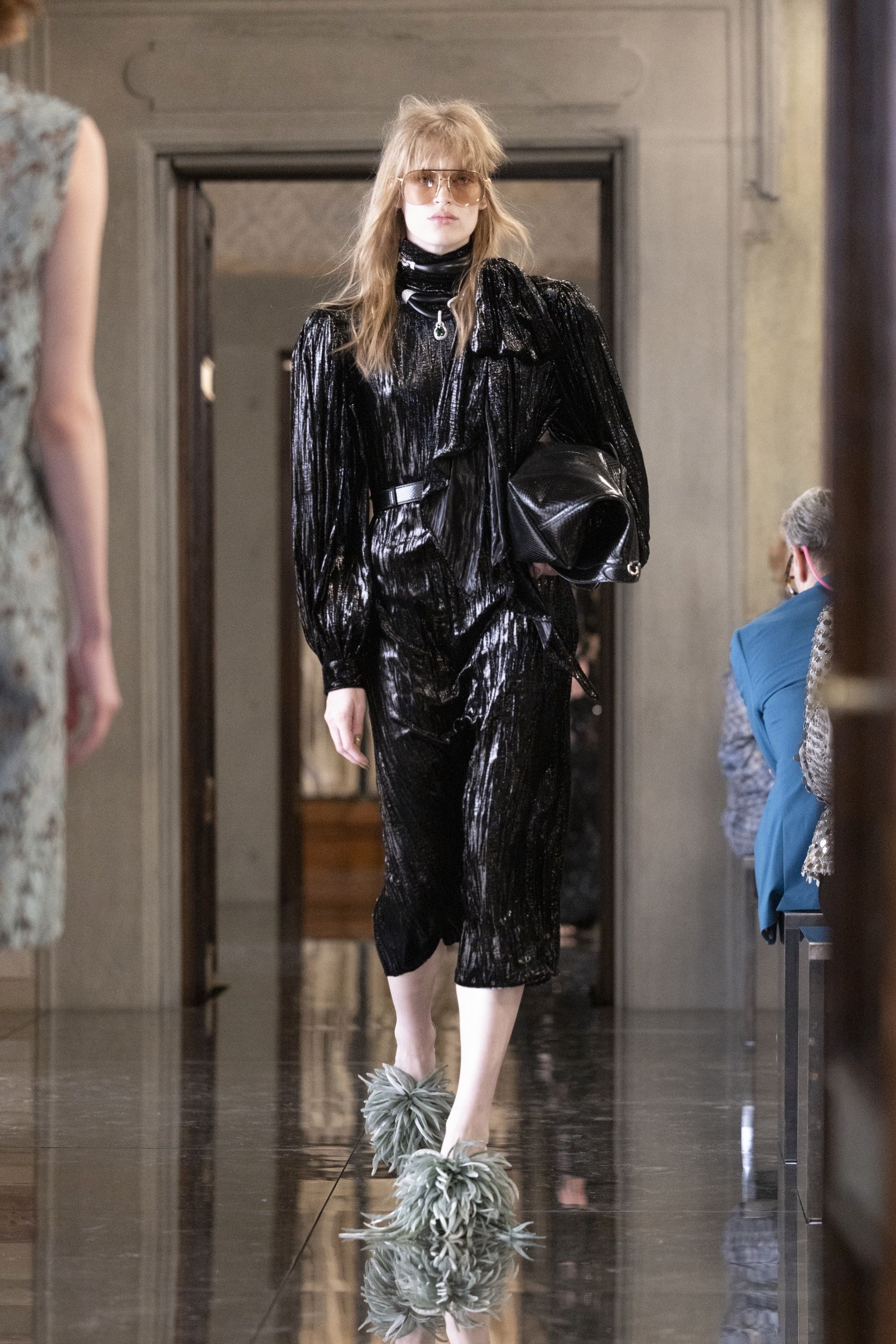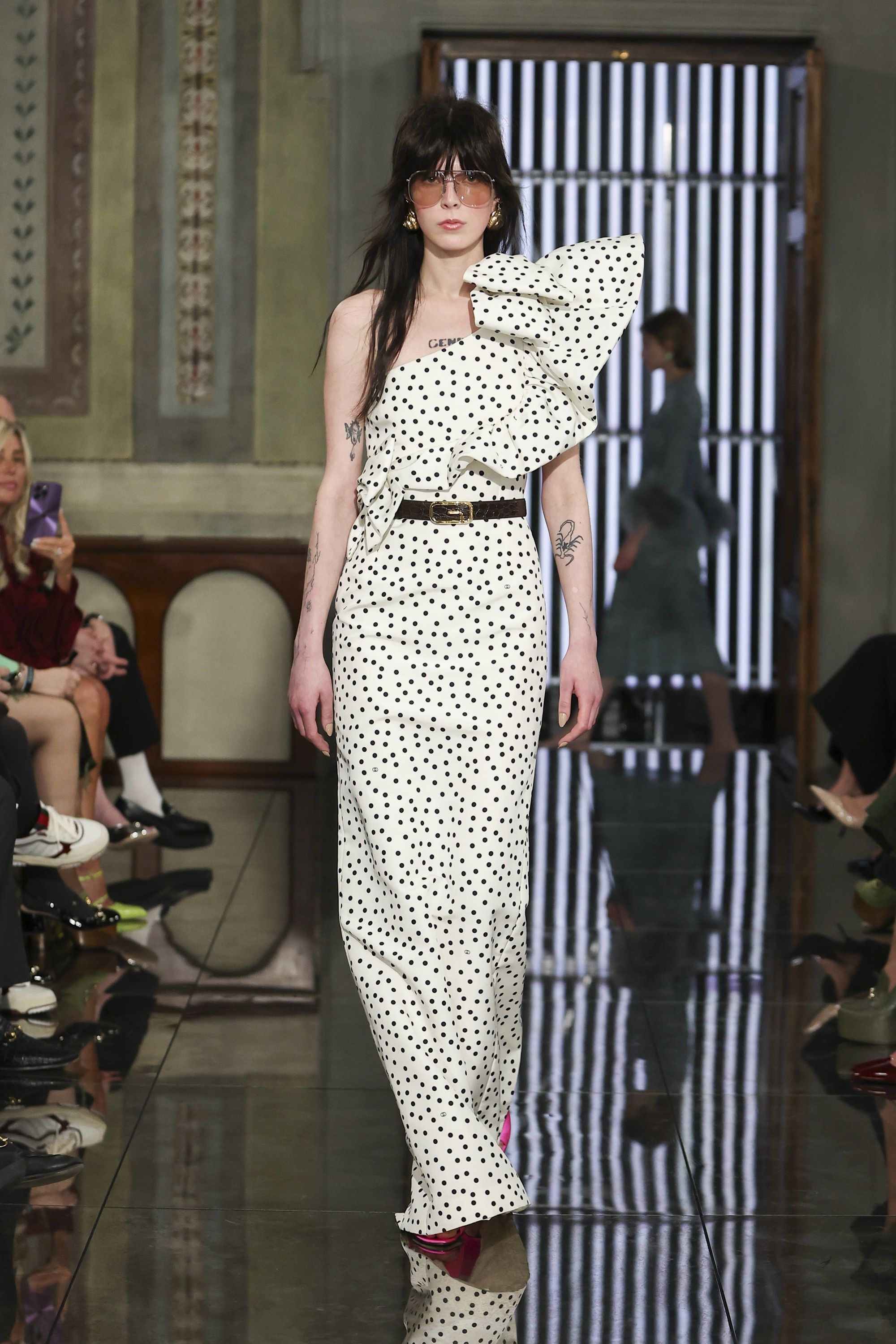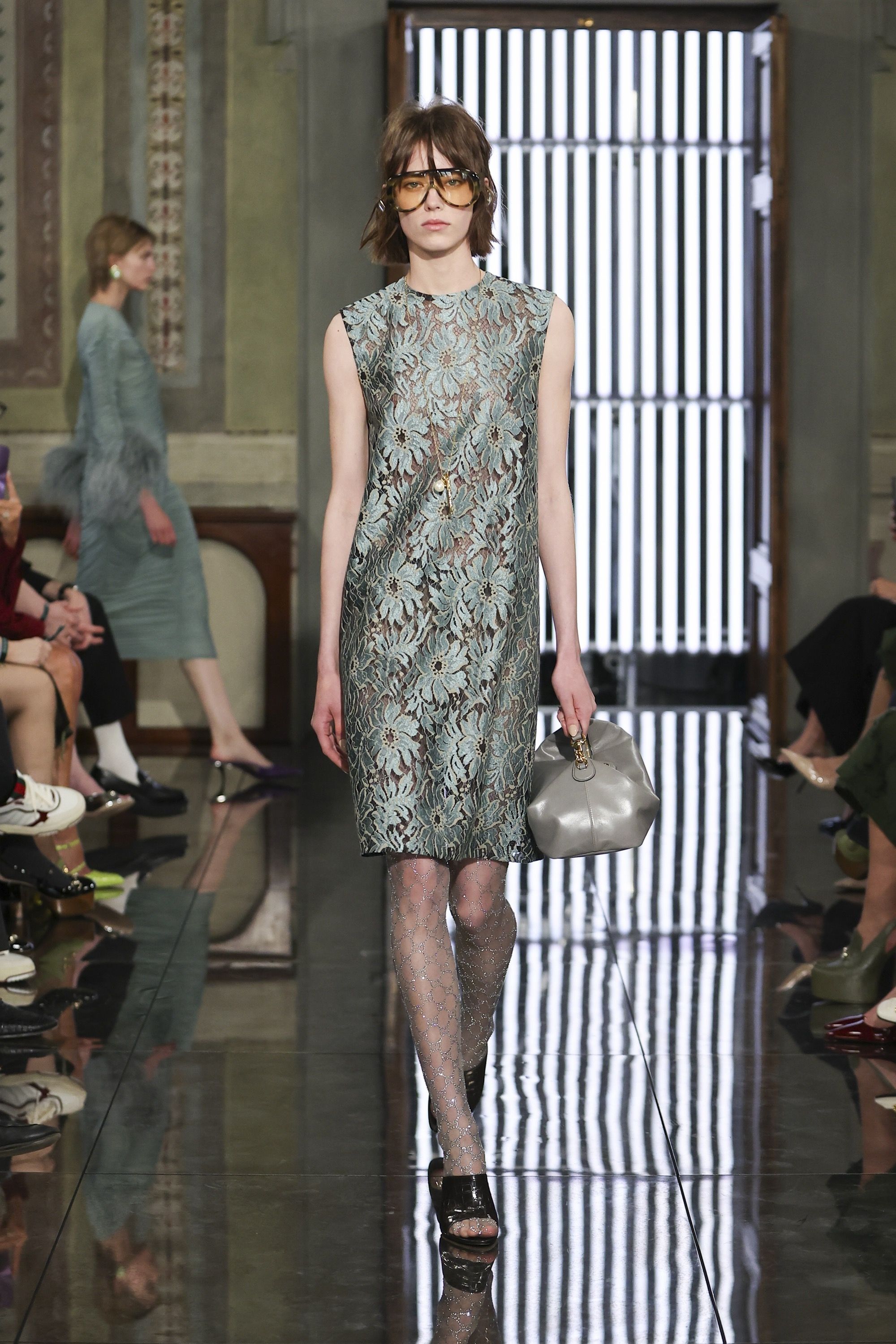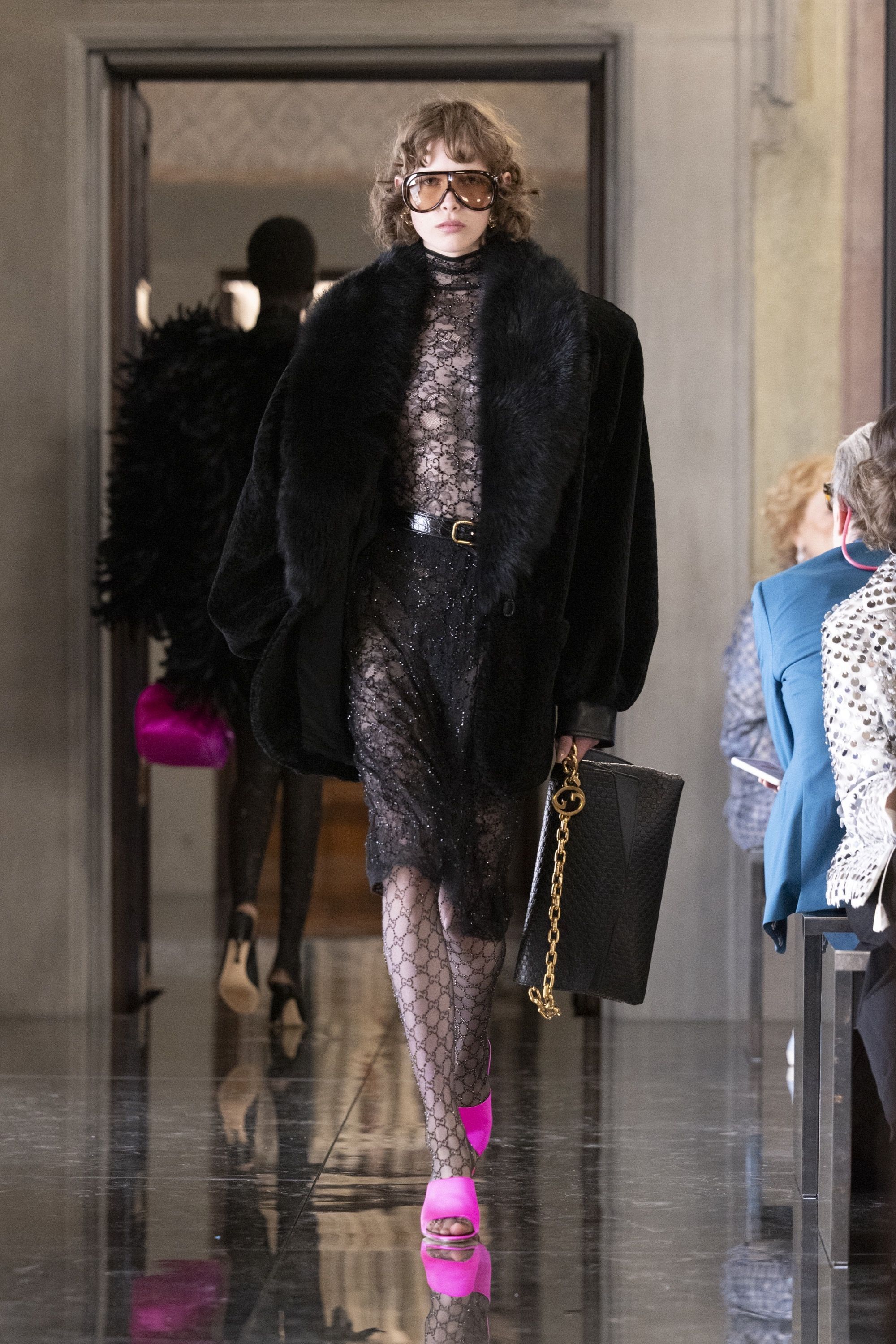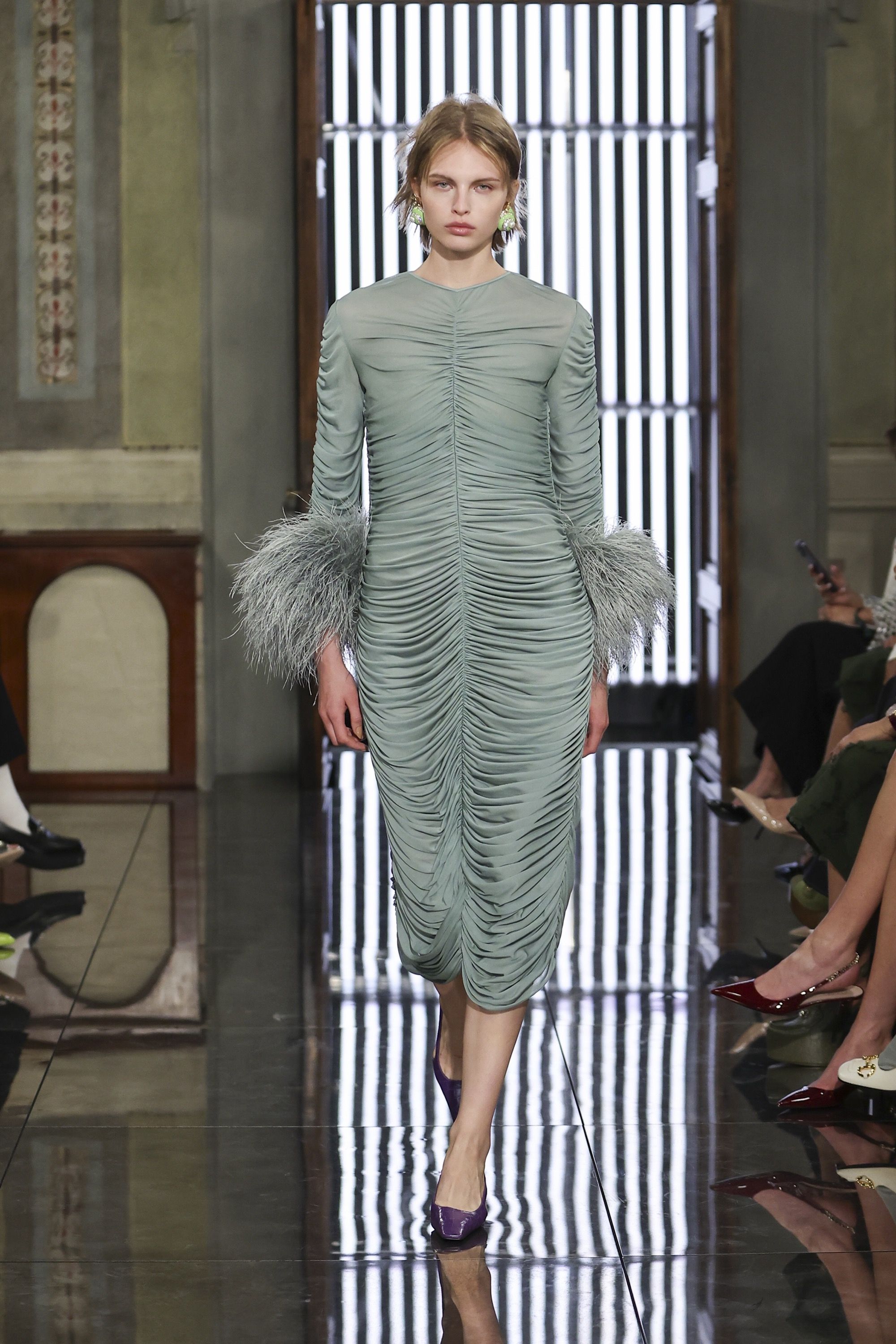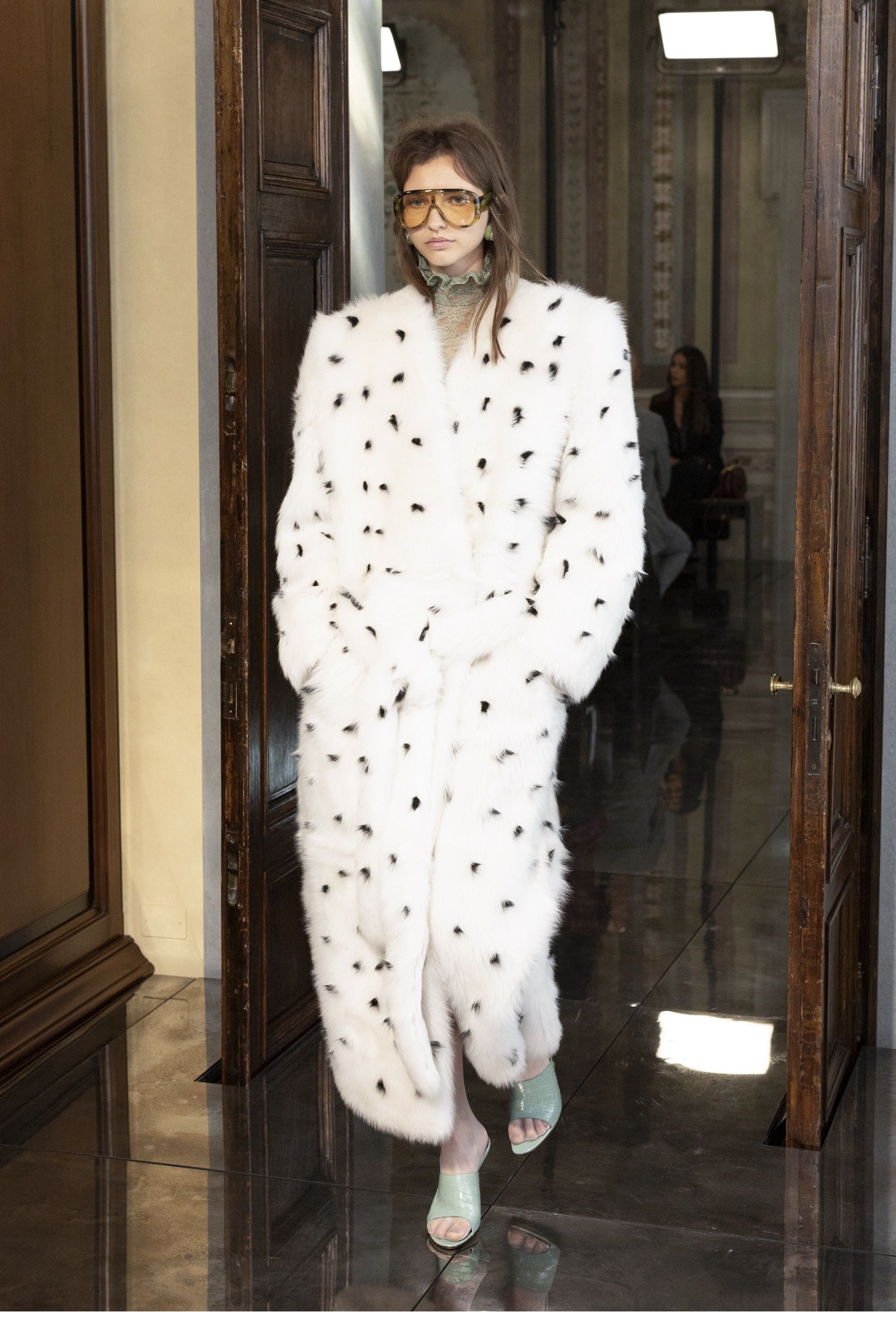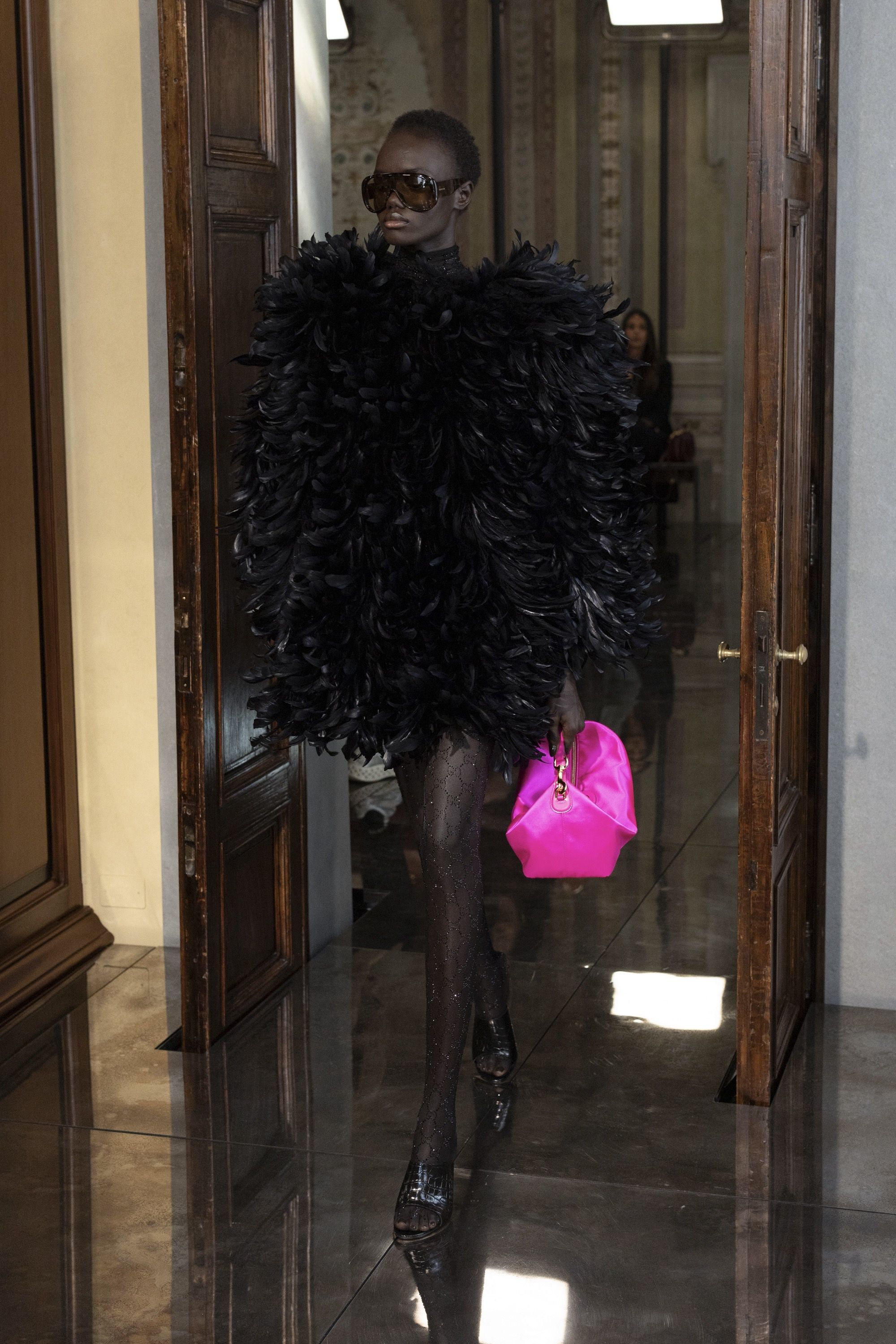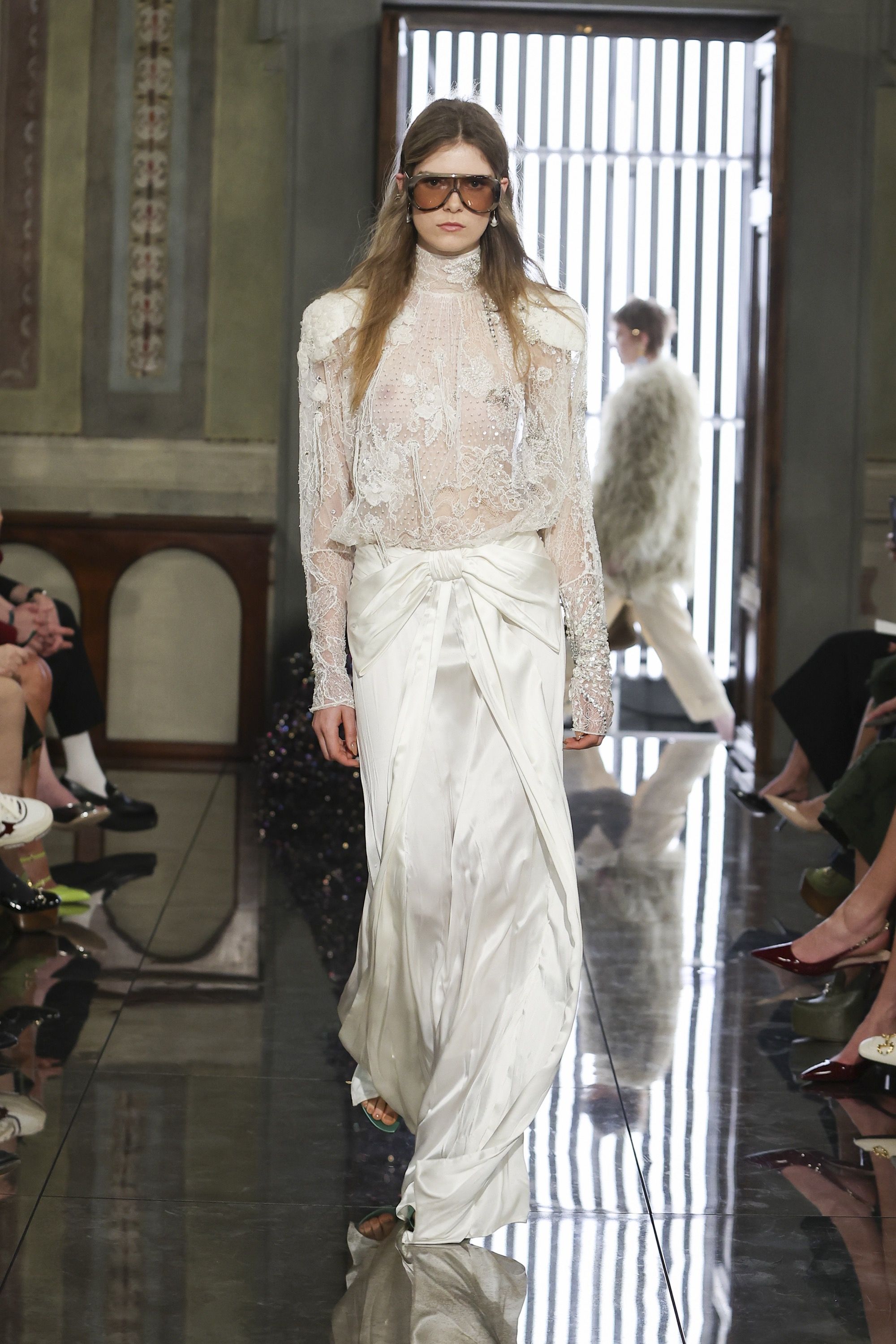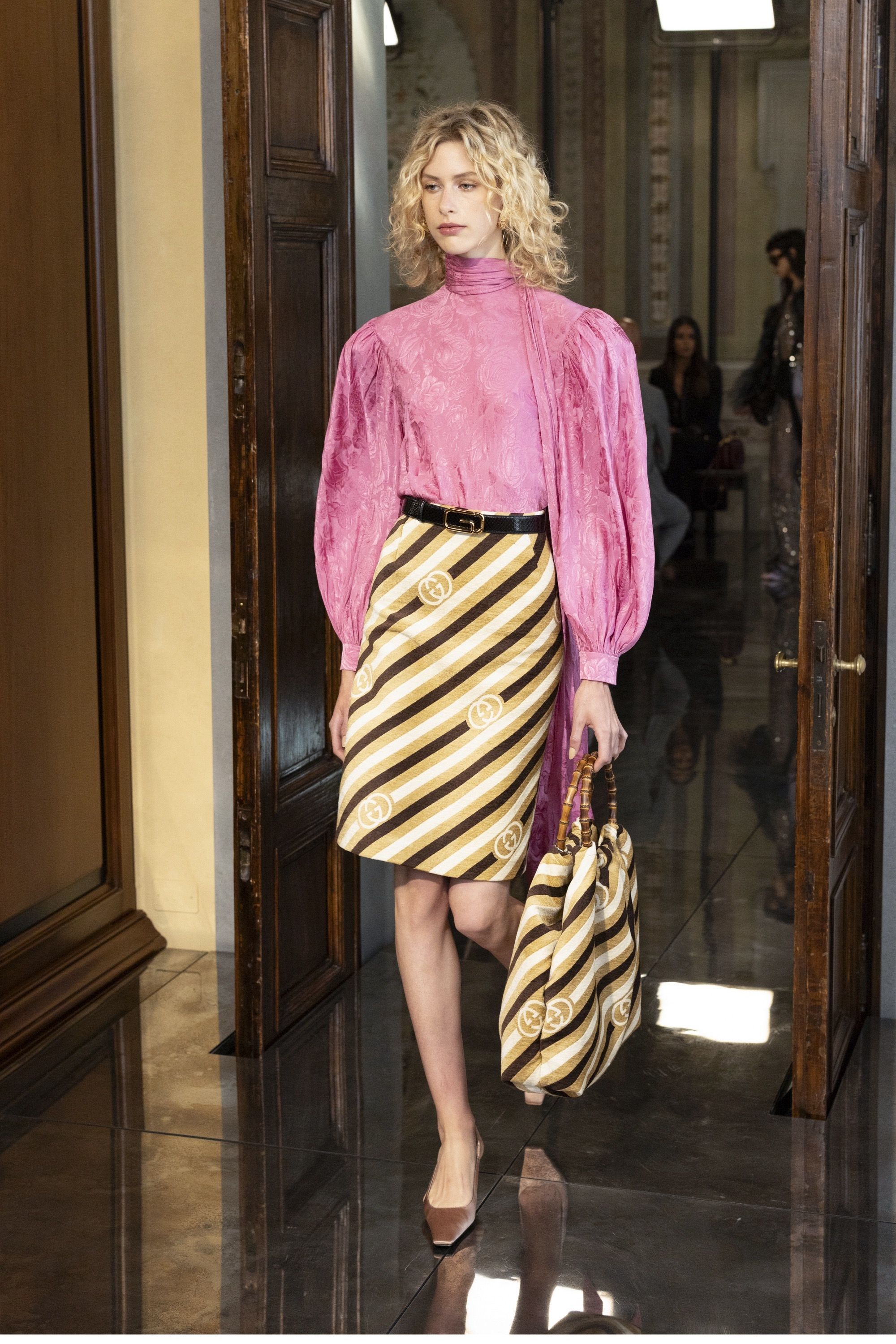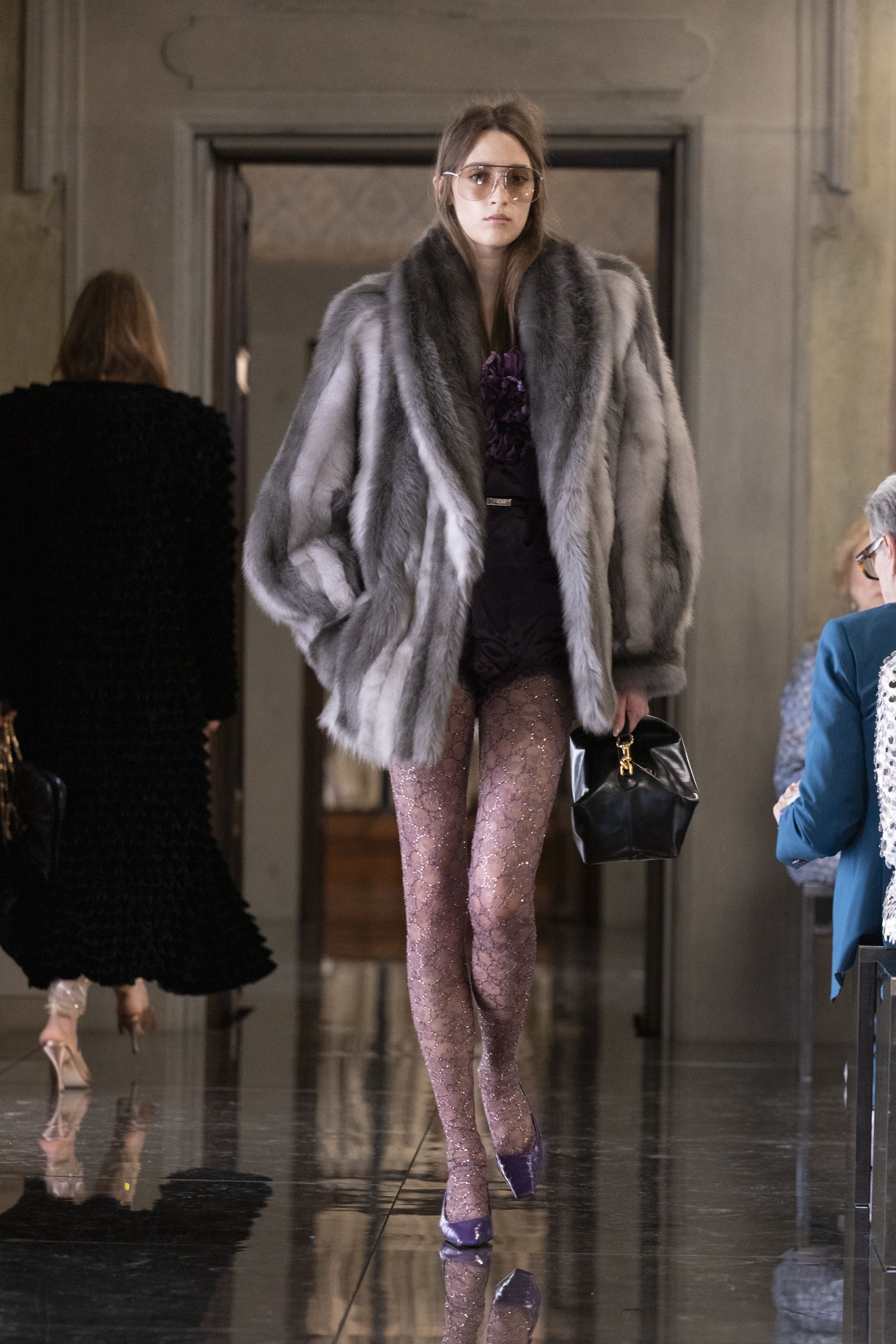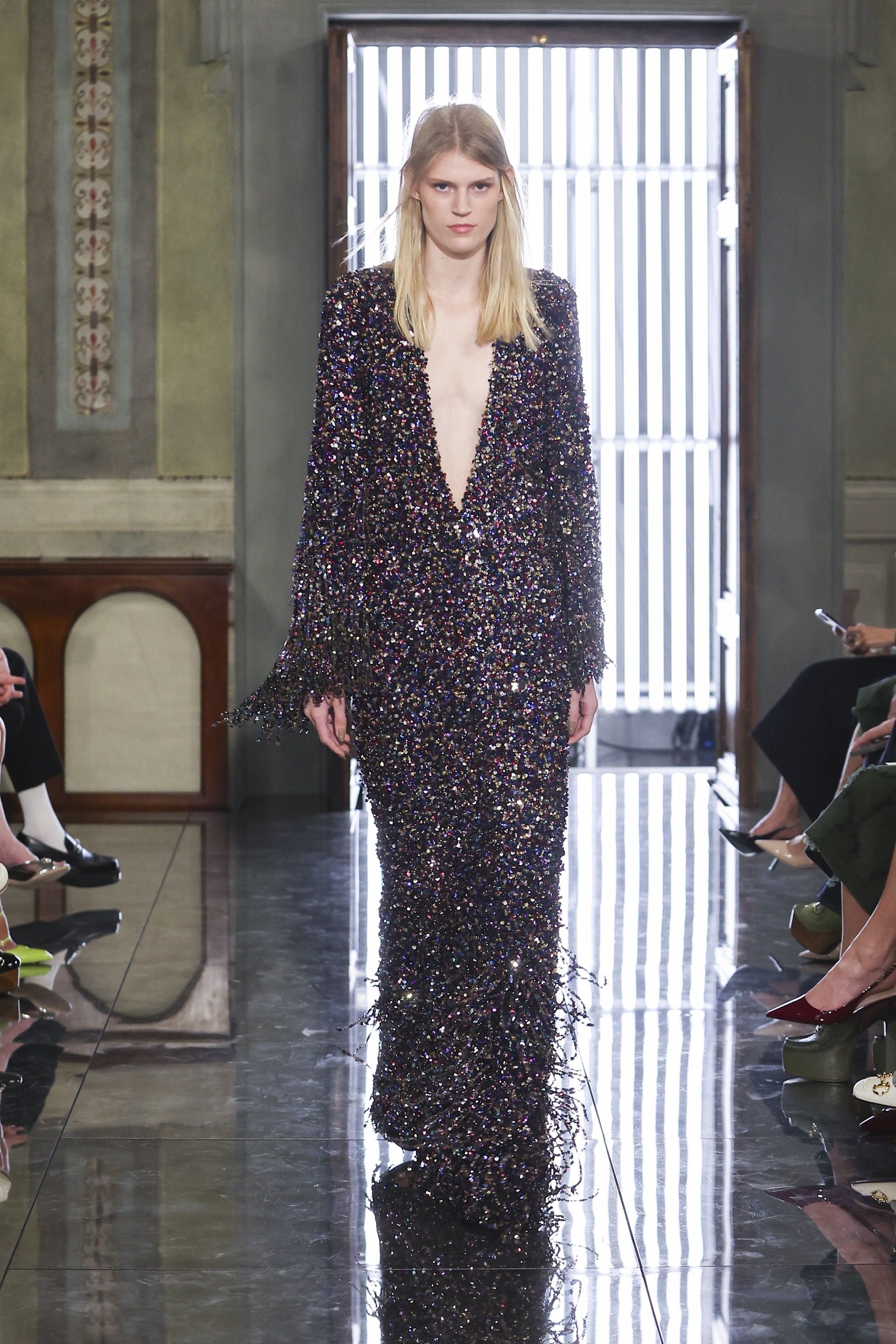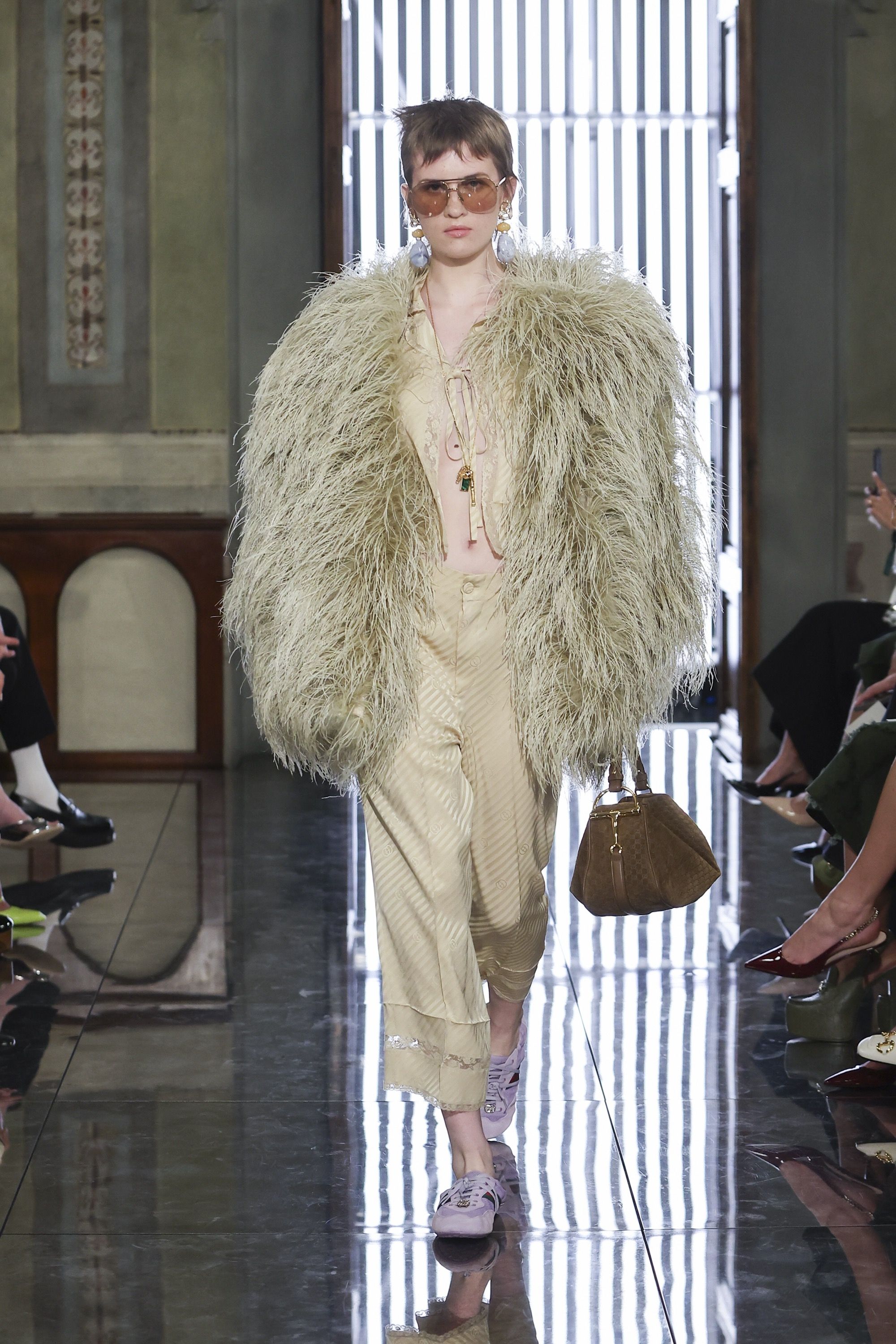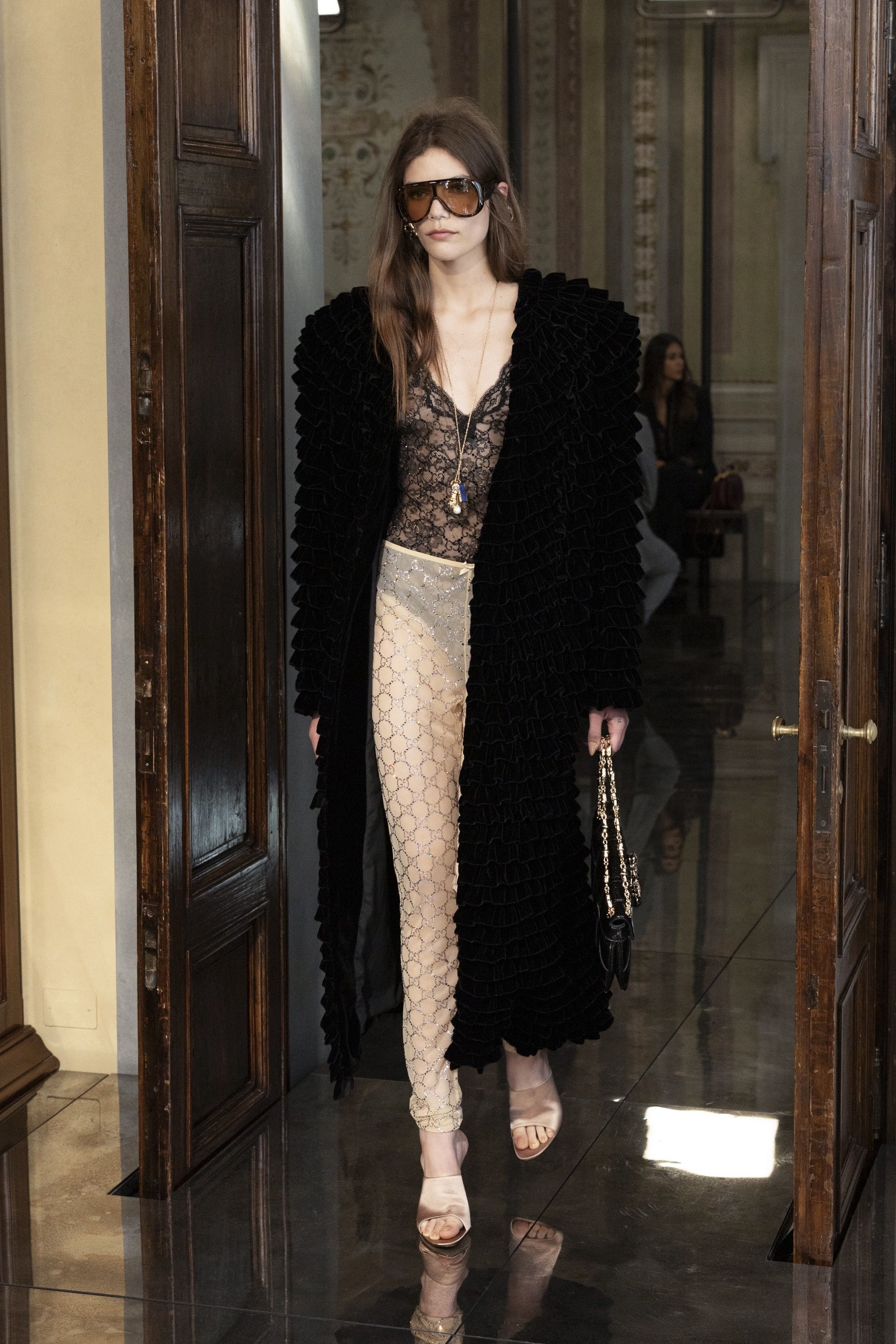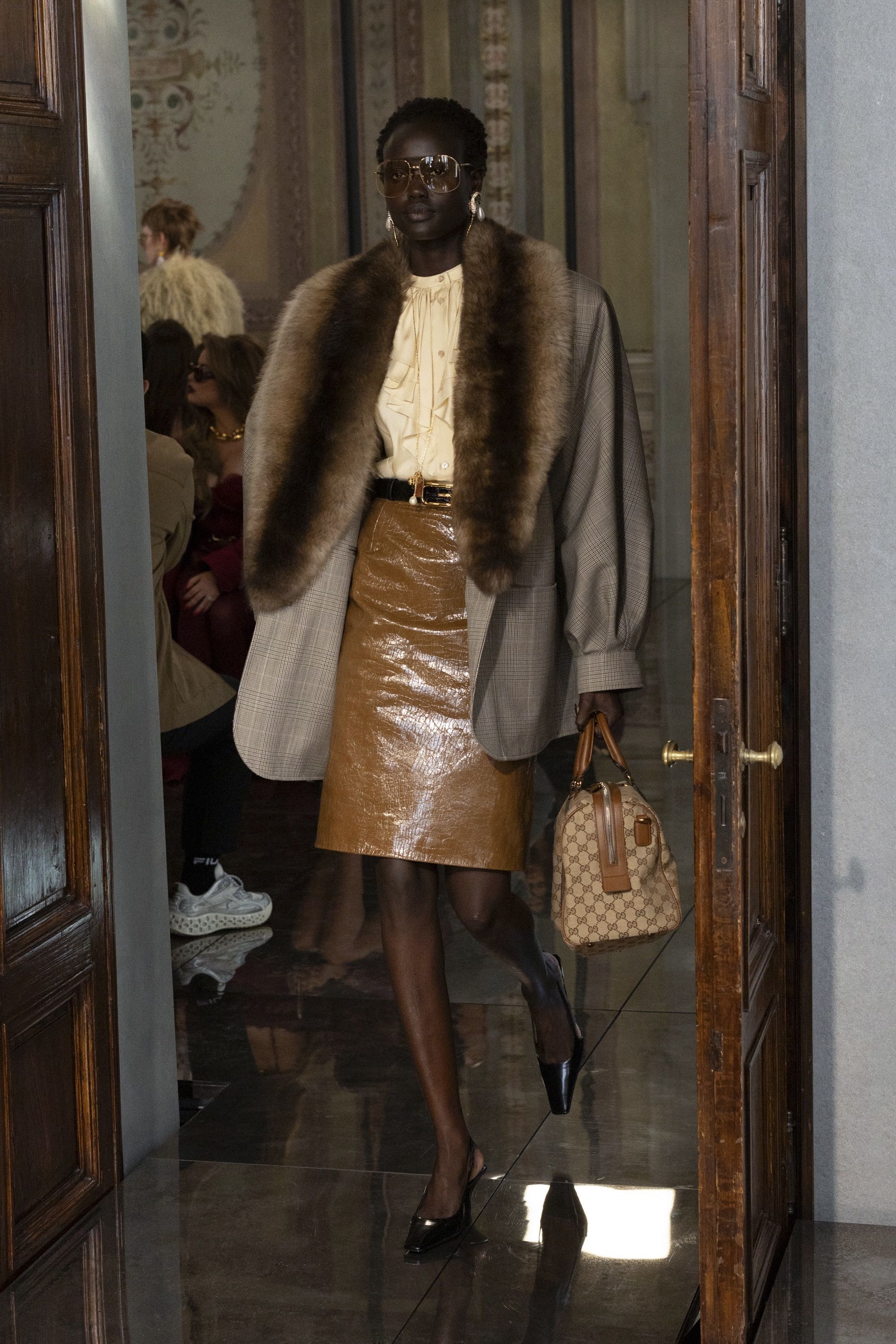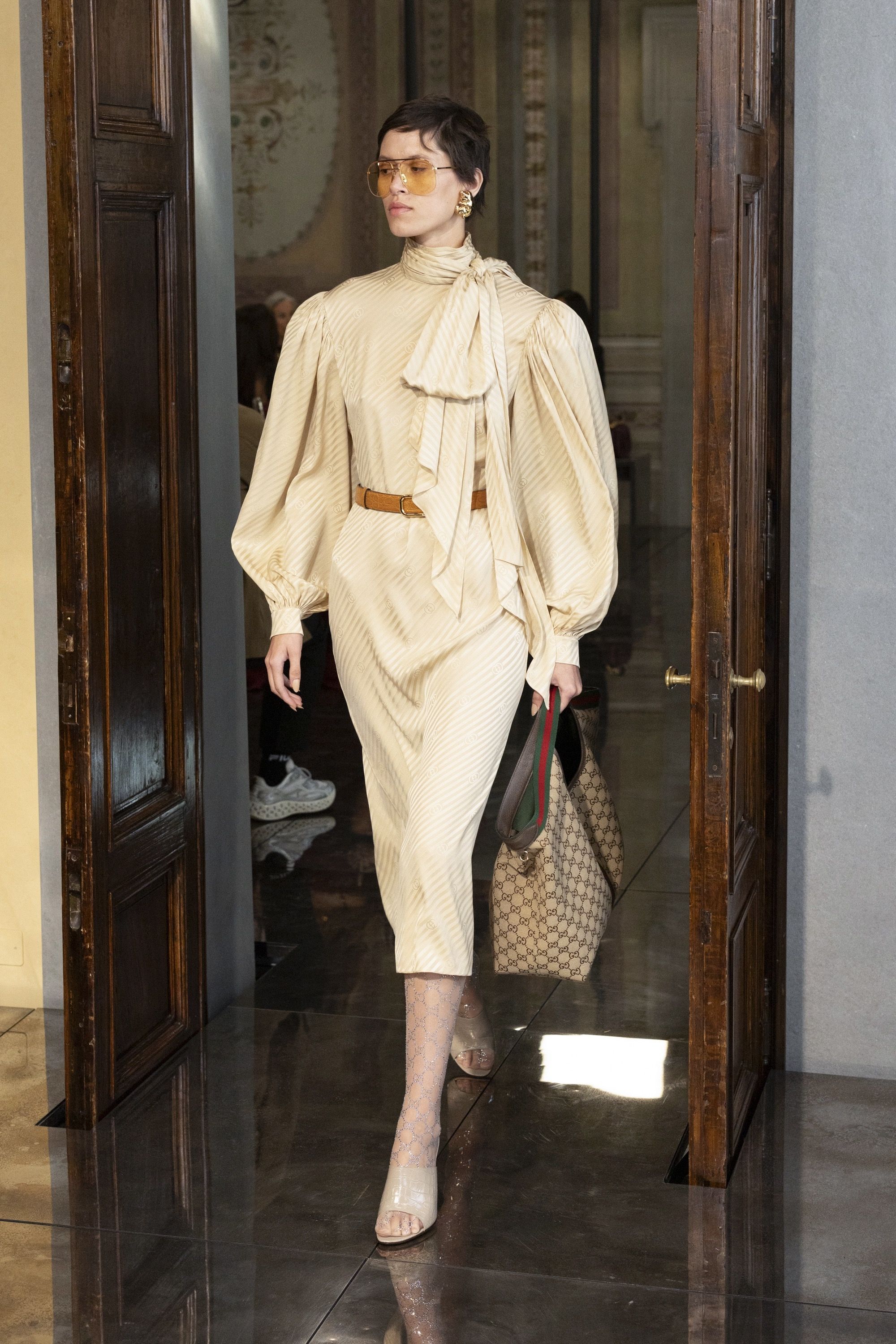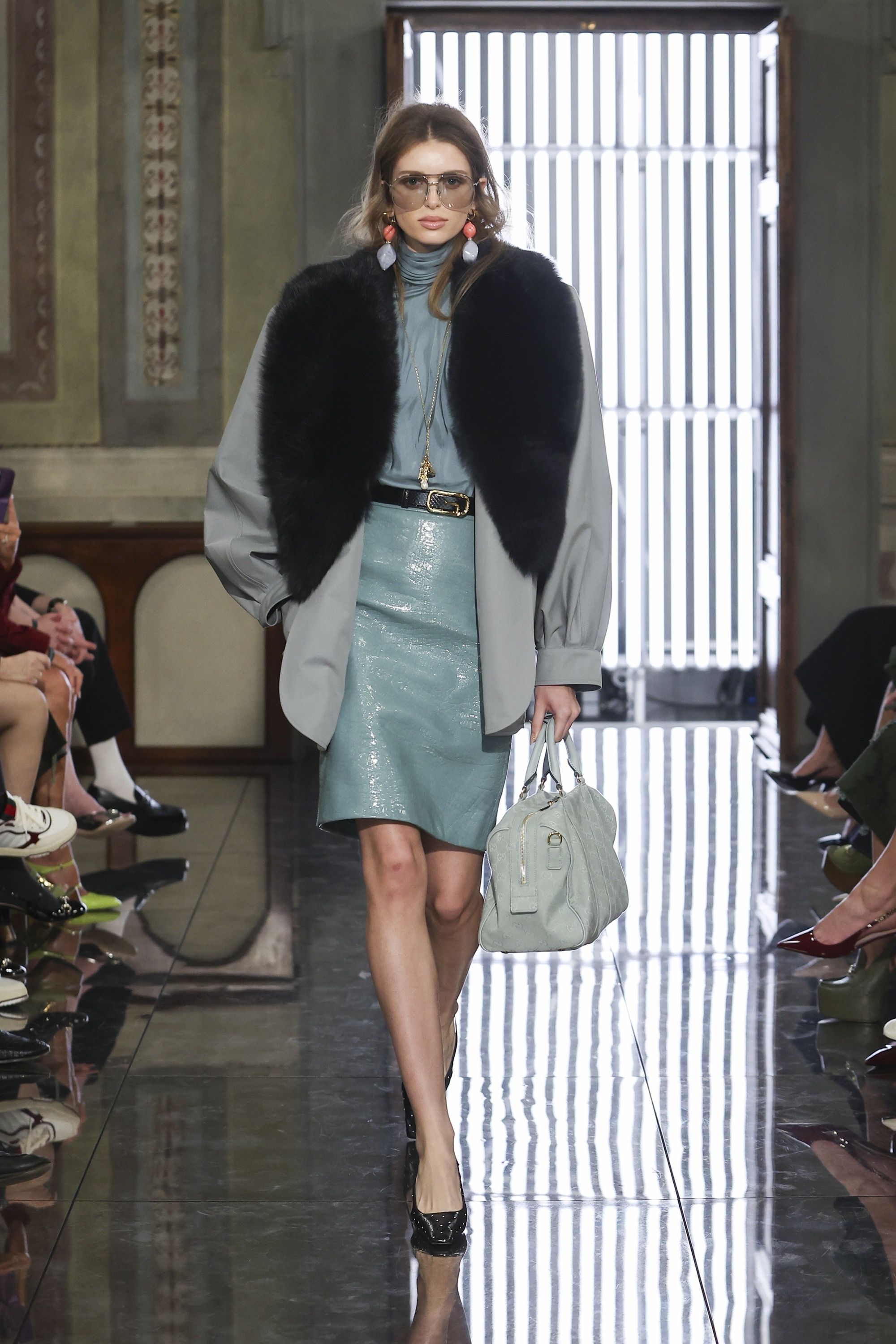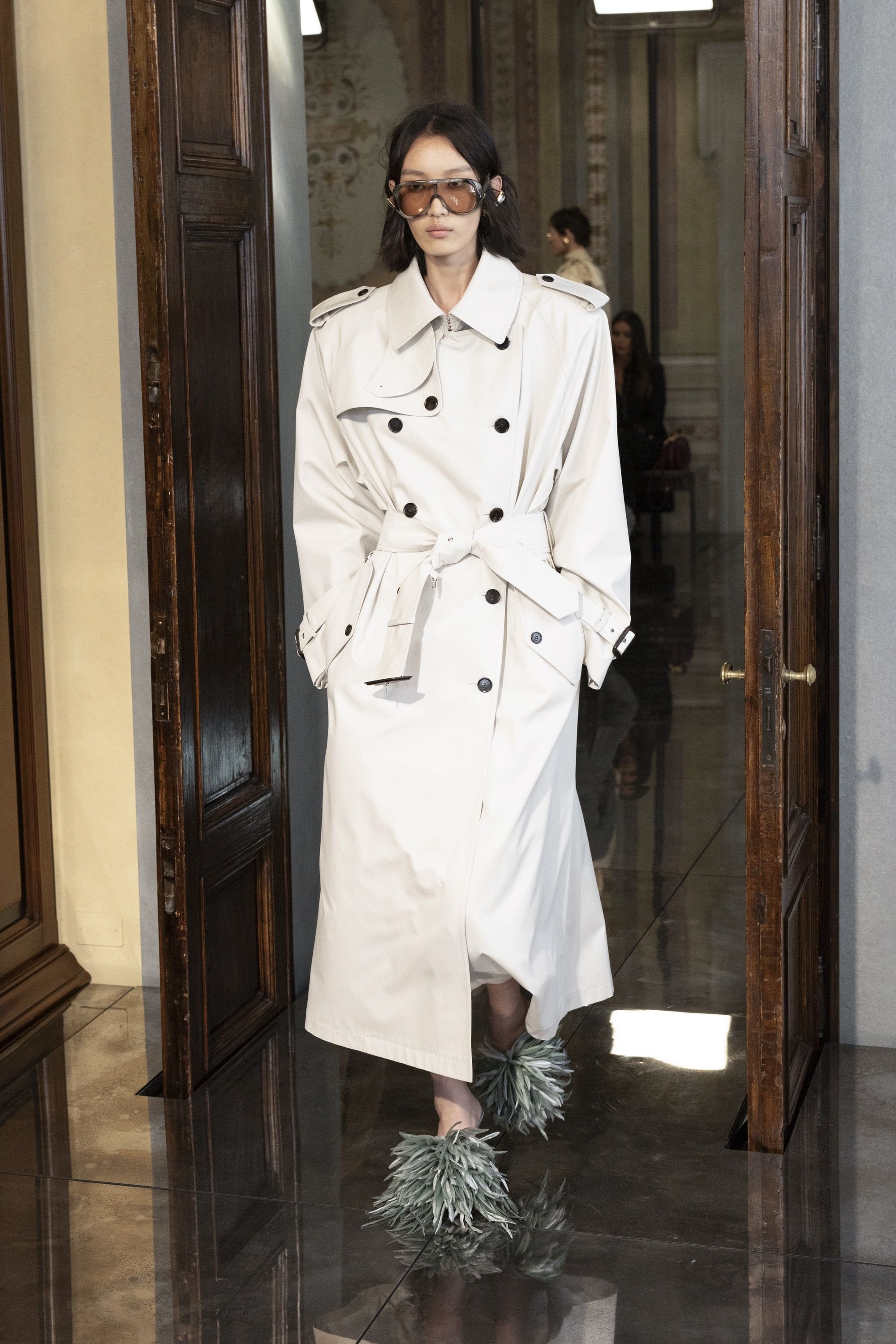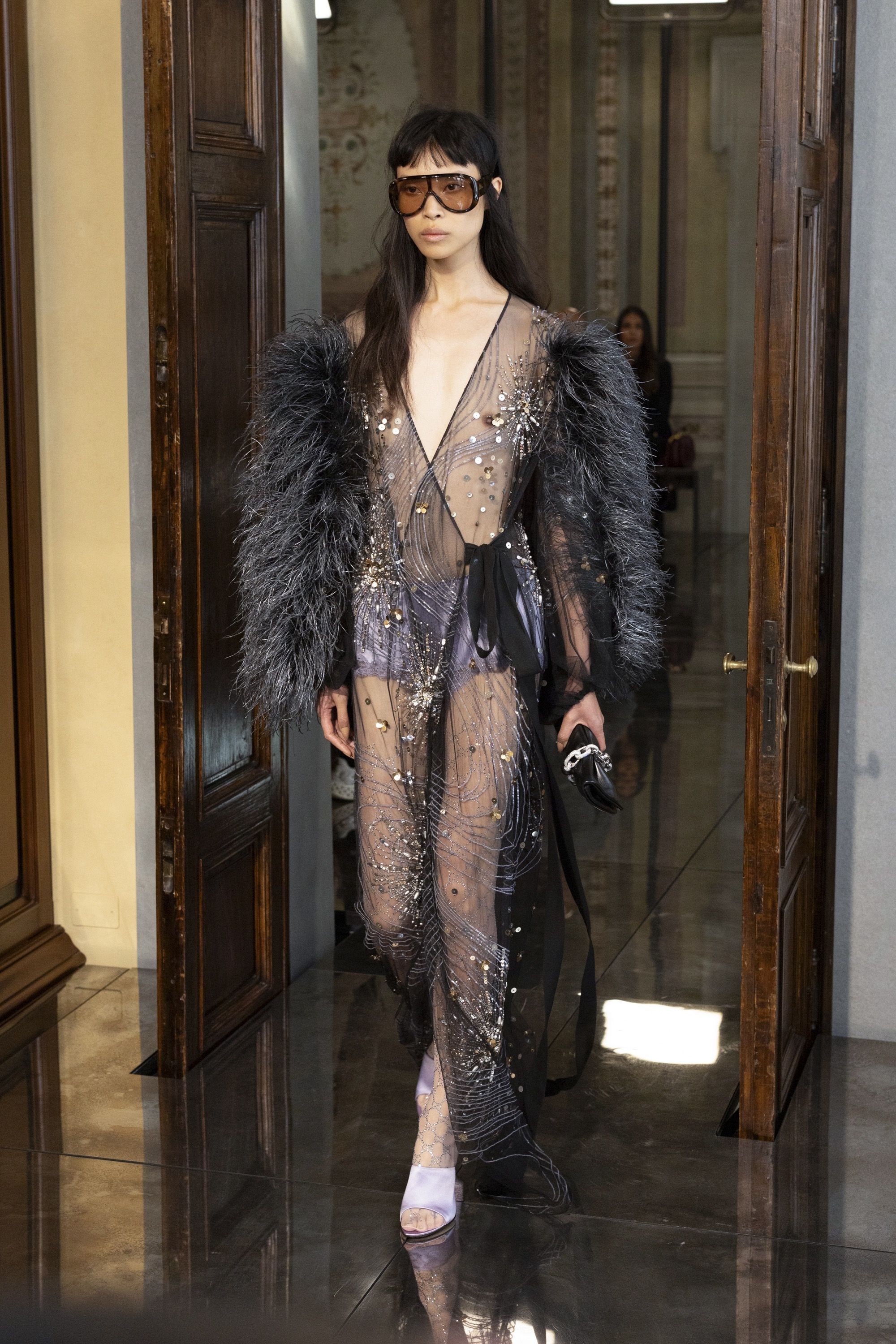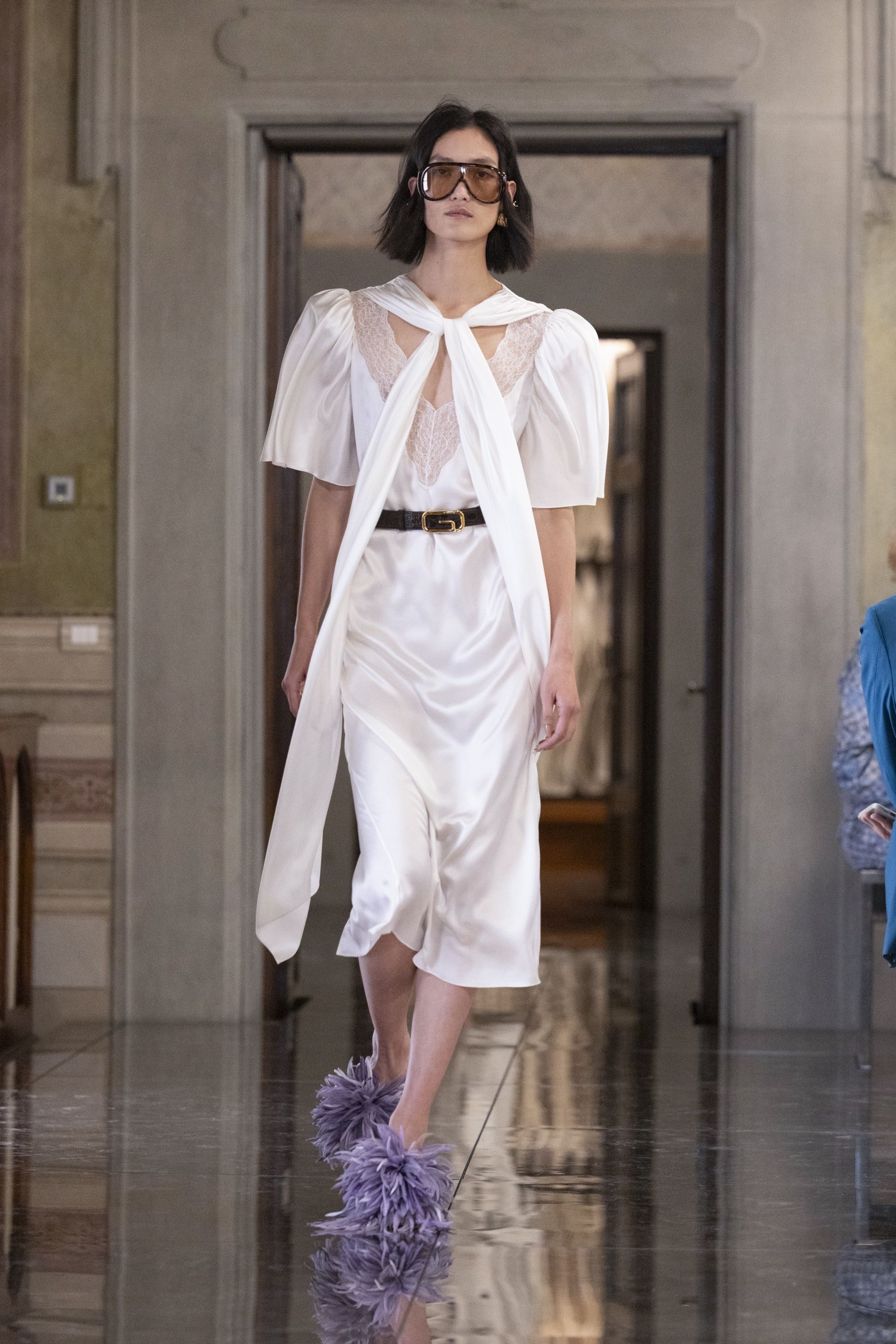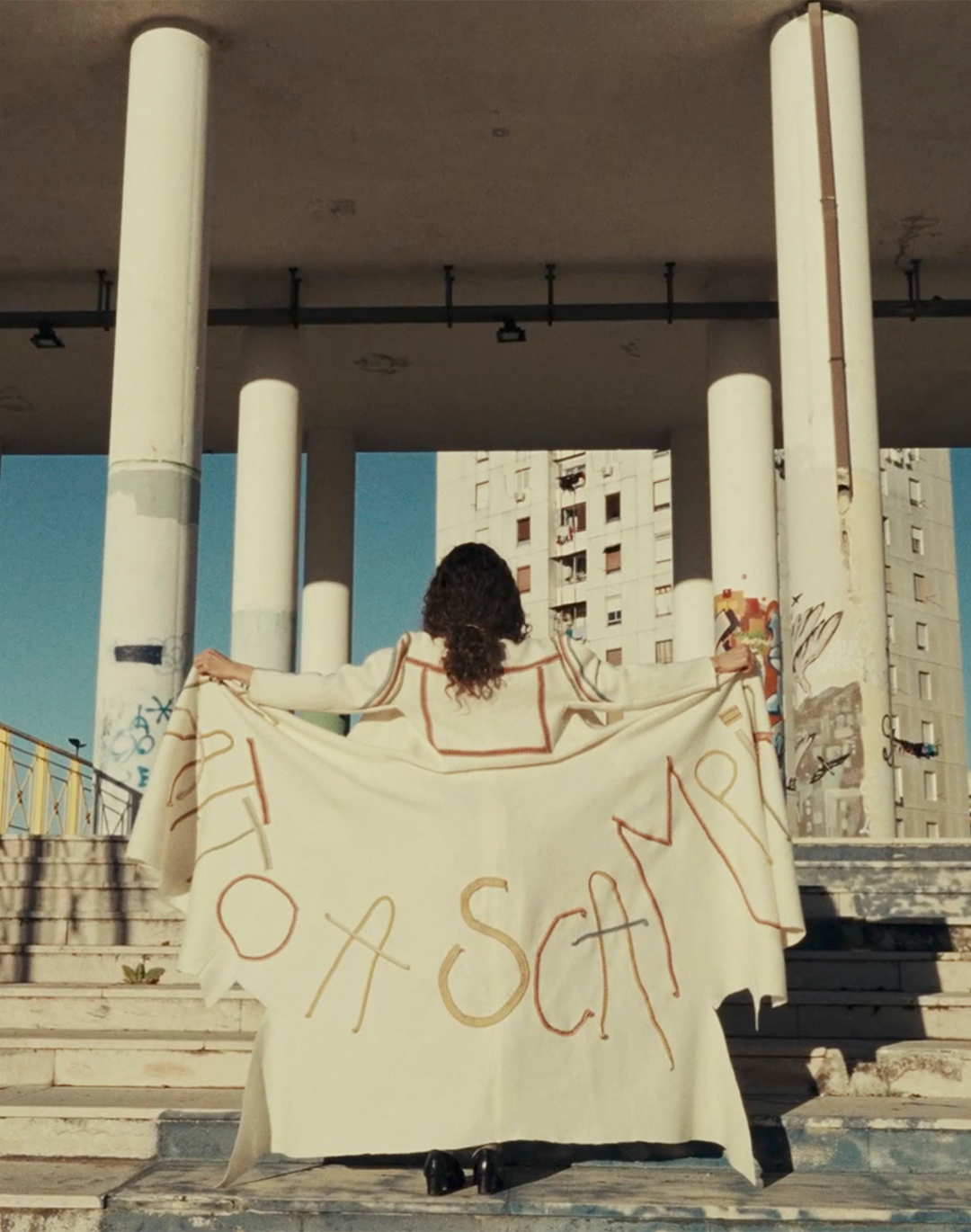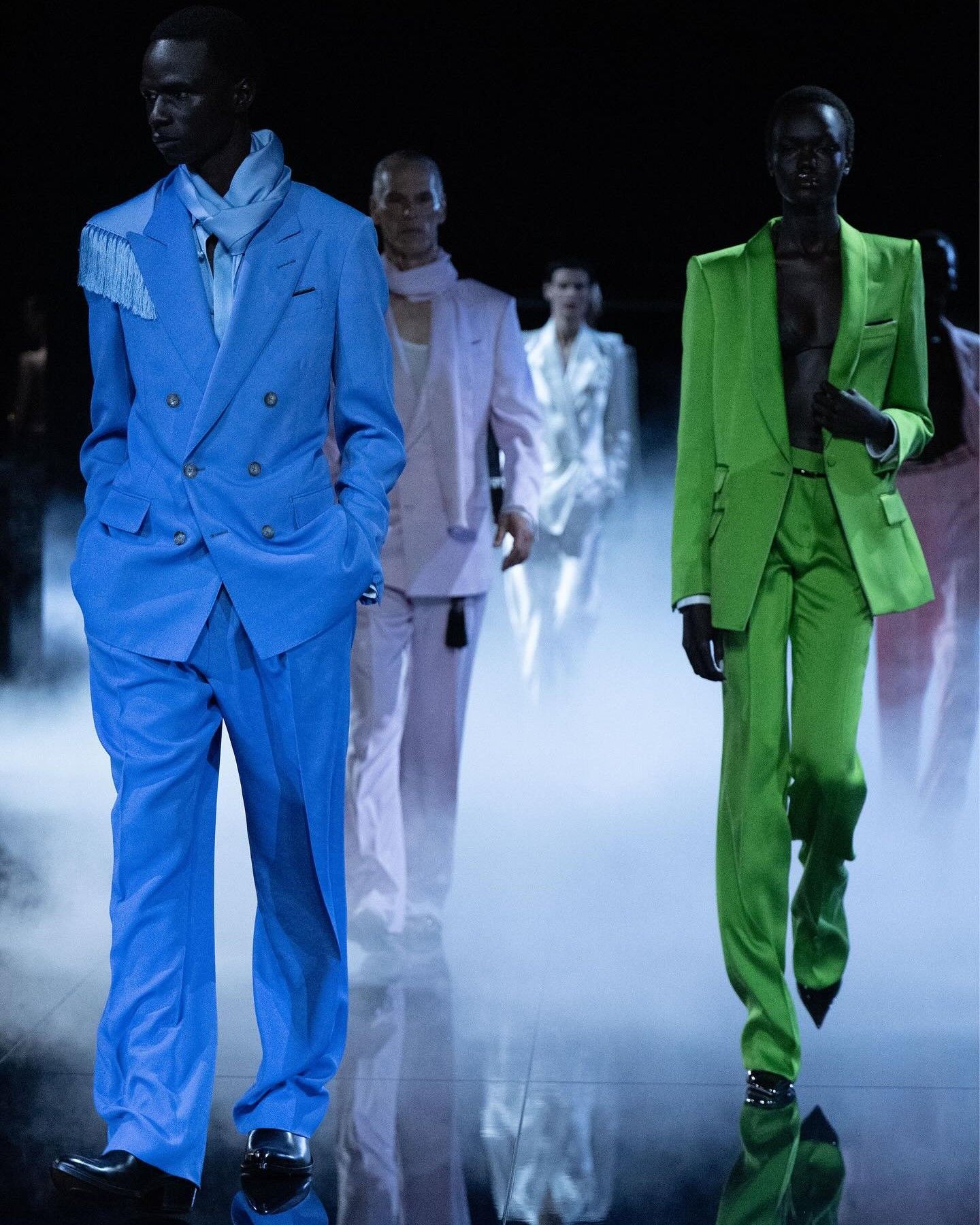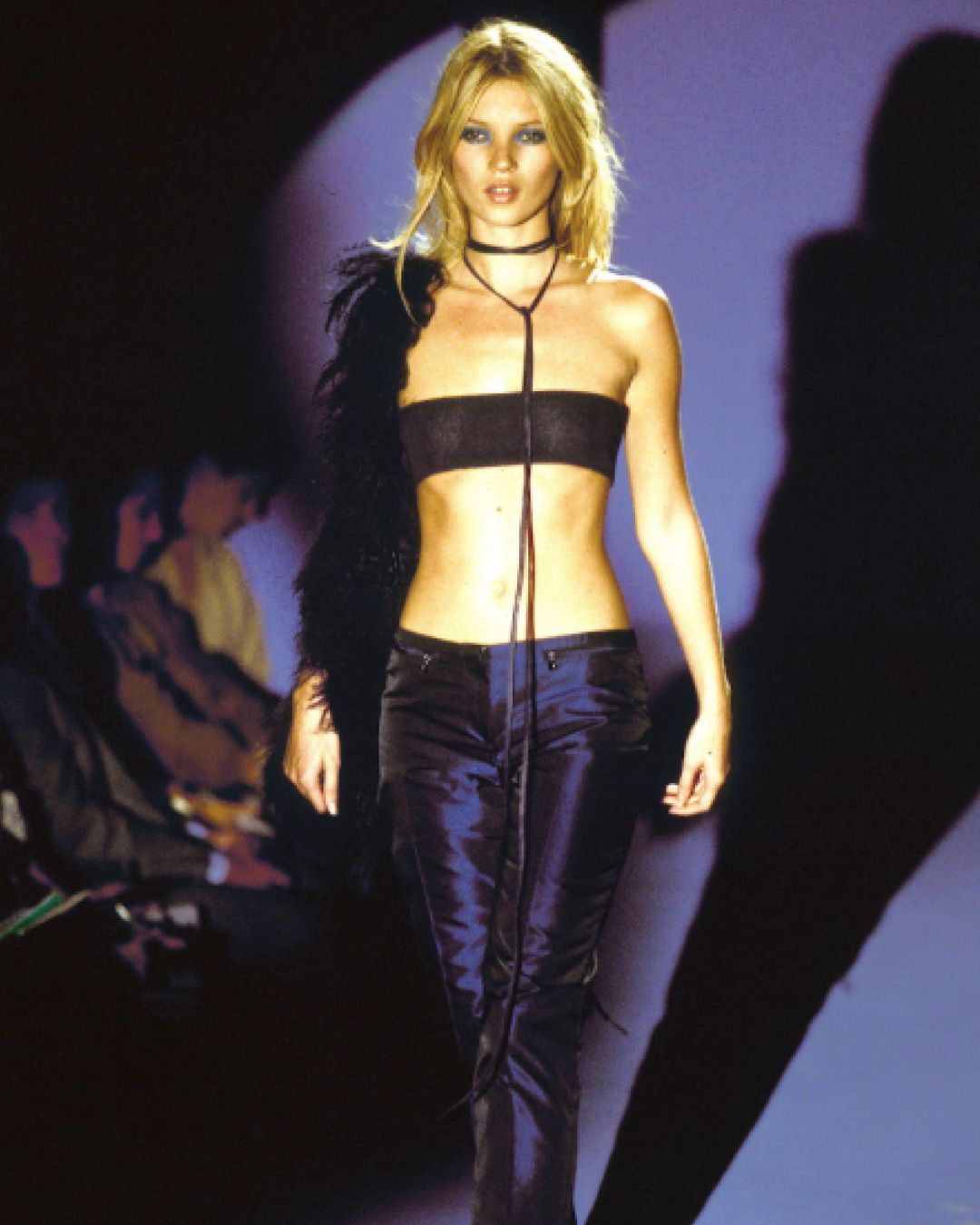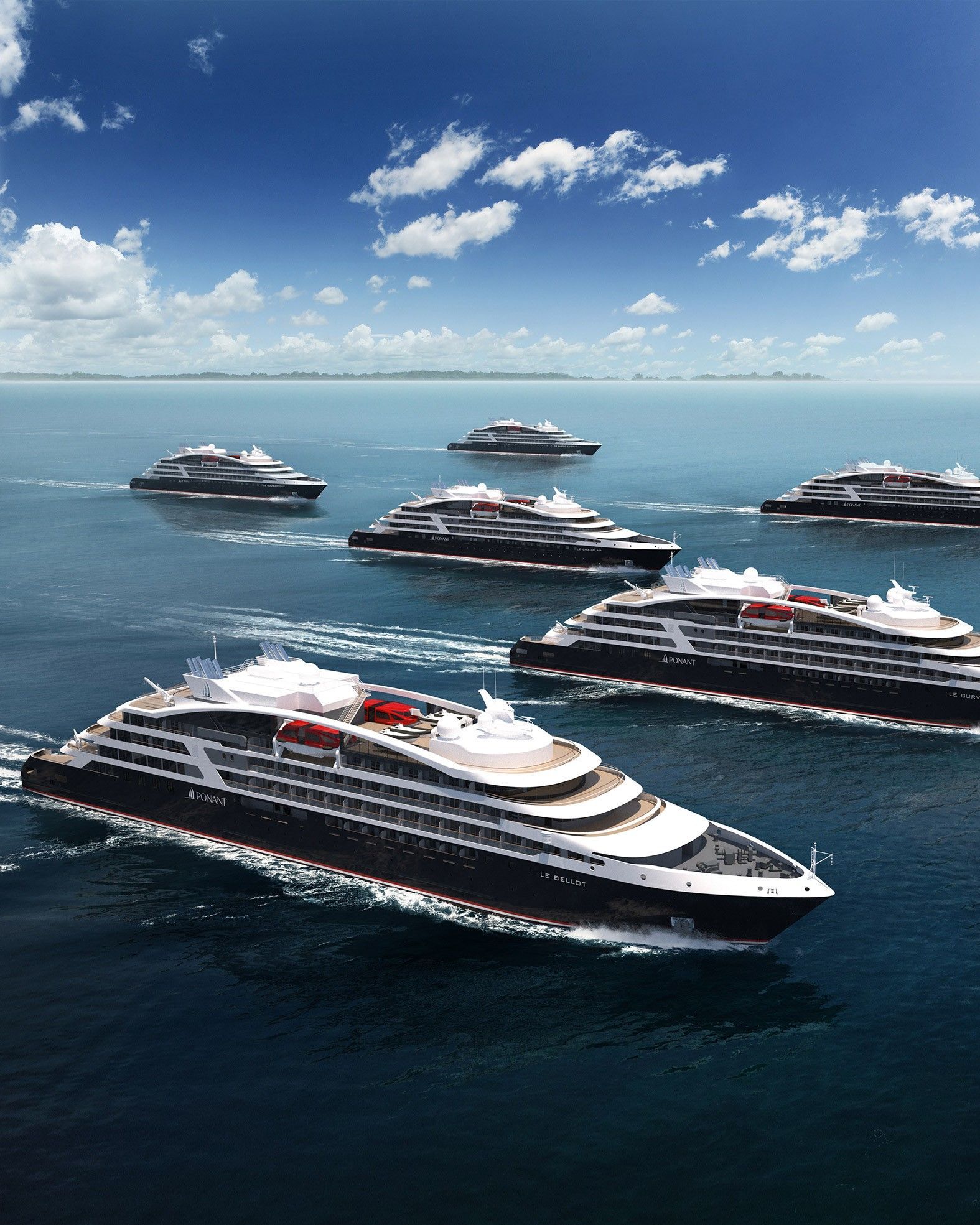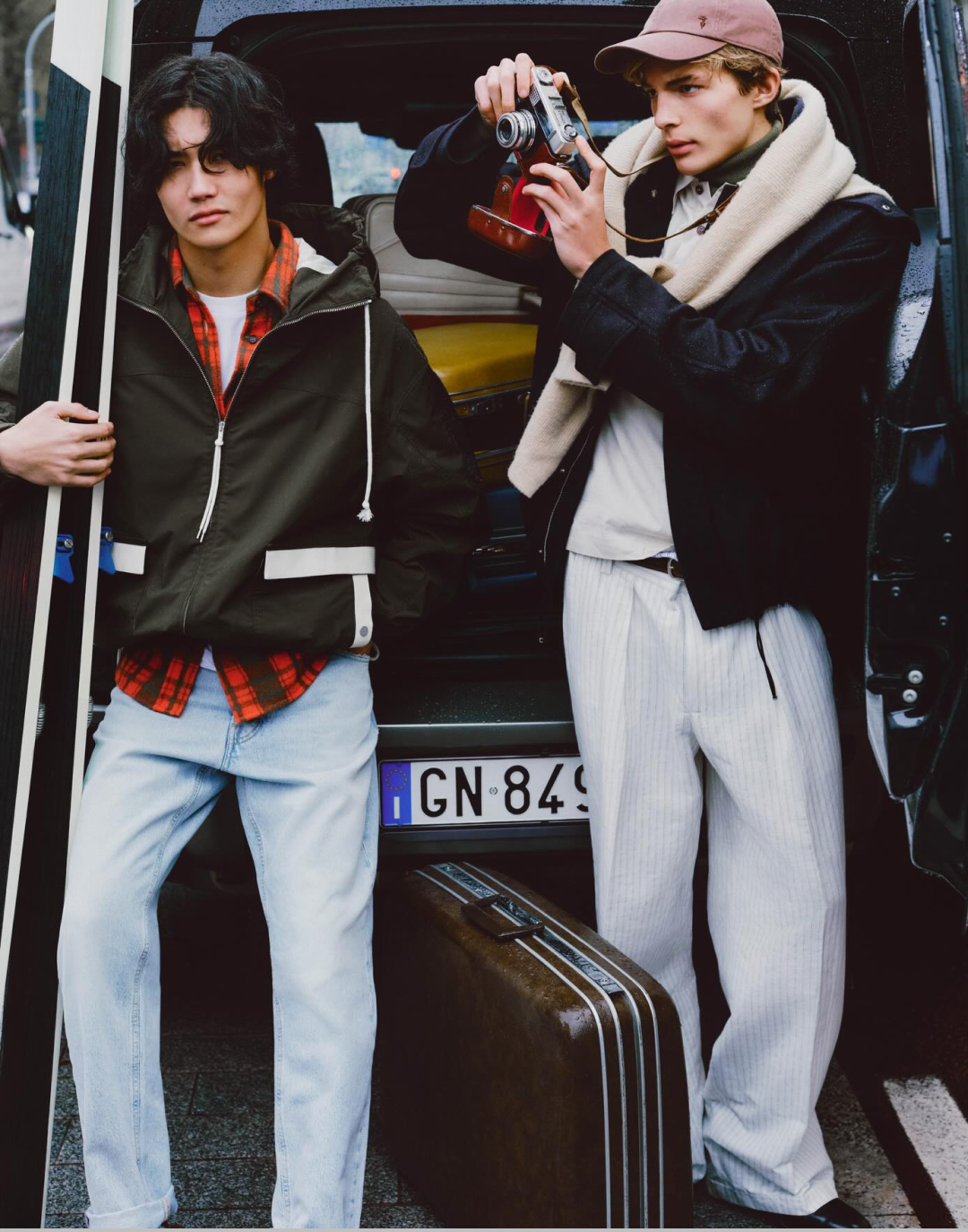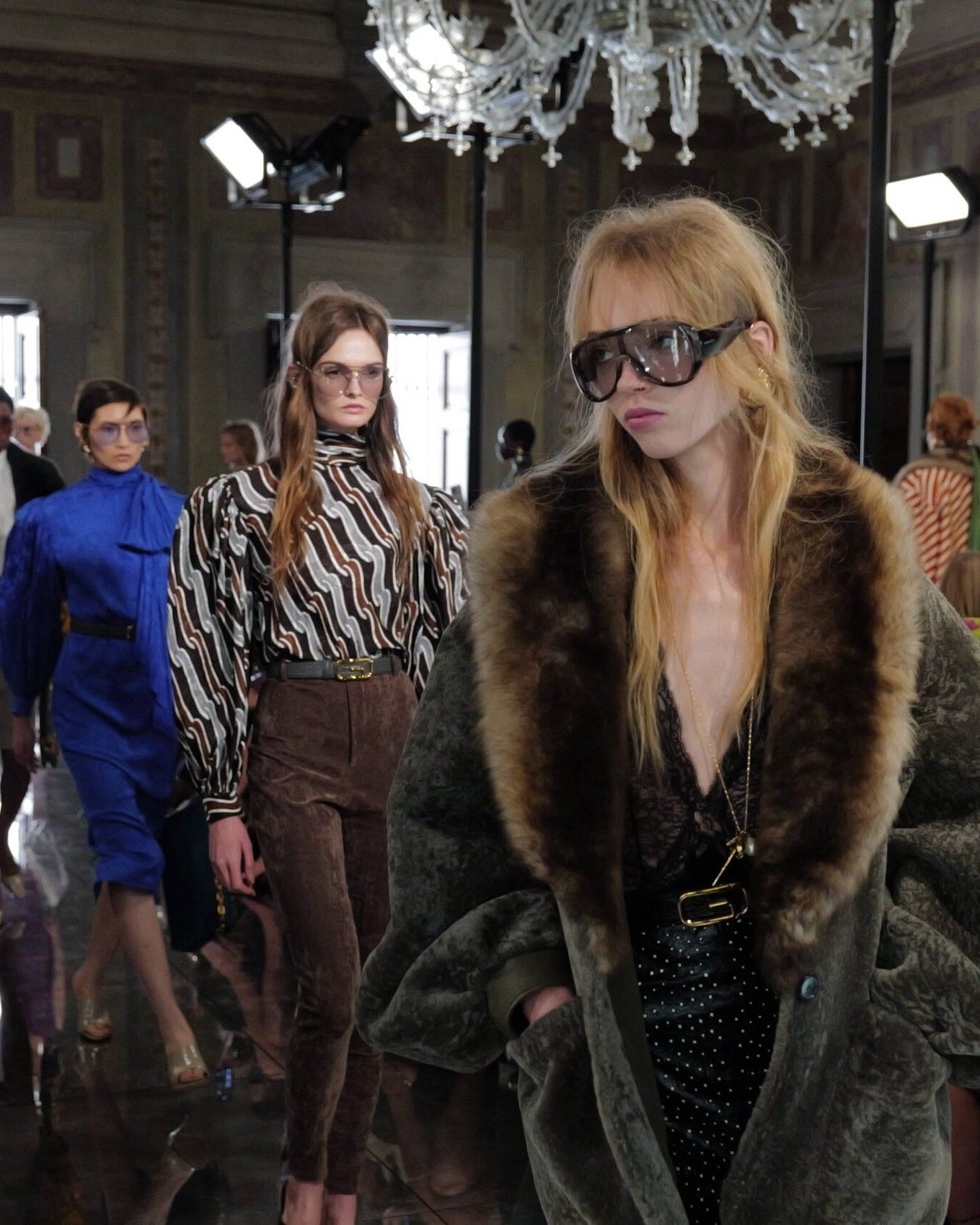
Gucci Cruise 2026 is a manifesto of the next Gucci Before the arrival of the new creative director Demna, the maison brought an explosive show to Florence
For the Gucci Cruise 2026, the maison returned to the city where it all began. In a time of creative direction changes (after the departure of Sabato de Sarno in February, the arrival of Demna was announced) and declining sales threatening the reputation of luxury fashion, Gucci starts again from Florence. Besides being one of the brand's first muses, the city plays a fundamental role in the history of Made in Italy, which makes last night's show even more symbolic. In recent years, Italian luxury has suffered serious setbacks leading to the closure of several factories and a general decline in production. Therefore, choosing to bring the brand, owned by the French giant Kering, to one of the nerve centers of Italian craftsmanship indicates a strong statement from Gucci, founded in Florence in 1921. It was indeed the Tuscan city that inspired the collection: the name Florence derives from the Latin "to bloom". Inside Palazzo Settimanni, which houses the Gucci Archive, the maison opened its petals, marking the beginning of a new season.
Despite a marked reference to the golden years of the maison, between the '60s and '70s, the chronological inspirations of the Gucci Cruise 2026 were many. Each look, wrapped in a powerful colorful and vintage aura, straddled different times and aesthetics, blending hippie freedom with 1980s excess, past elegance with contemporary boldness. The mix and match is the star of the collection, a stylistic exercise that Gucci had promoted for years and that this year it decided to bring back to the runway. Fishnet stockings with the iconic double G are paired with patterned dresses and purple crocodile kitten heels, romantic brocade satin shirts with tartan pencil skirts. It is a collection that embraces all generations, thanks to more modest looks that envelop the body in voluminous and modest forms, with balloon sleeves and skirts below the knee, and others more daring with transparencies, plunging necklines, and rhinestones. Maximalism is thus declined in many different ways, between explosive silhouettes rich in textures, like rounded colorful furs or the one-shoulder polka dot dress with a ruffled neckline, and modern opulence, made of nudity and full sparkling looks.
In the textile field, Gucci set no limits. Velvet, silk, jacquard, satin, and lace in bright colors were carefully crafted to best express the Florentine textile talent. The maison's monogram, although displayed to a lesser extent, becomes an integral part of the fabrics, managing to carve out a space for itself even in leather goods, another key code of the Gucci universe. Accessories, bags, and shoes are all inspired by the maison's Archive, although a novelty debuts on the runway. The Gucci Giglio is a tribute to the brand's hometown and the flower symbol of its history, the lily. The jewelry was made in collaboration with Pomellato and is inspired by the brand's archival designs from 1984. Every detail of the Gucci Cruise 2026, from the set to the accessories, is a clear demonstration of the maison's intent—a manifesto of what is to come: the return to opulence, sumptuousness, and Italian drama that has always characterized Gucci and that, it is hoped, will surge forward with Demna's collections.


